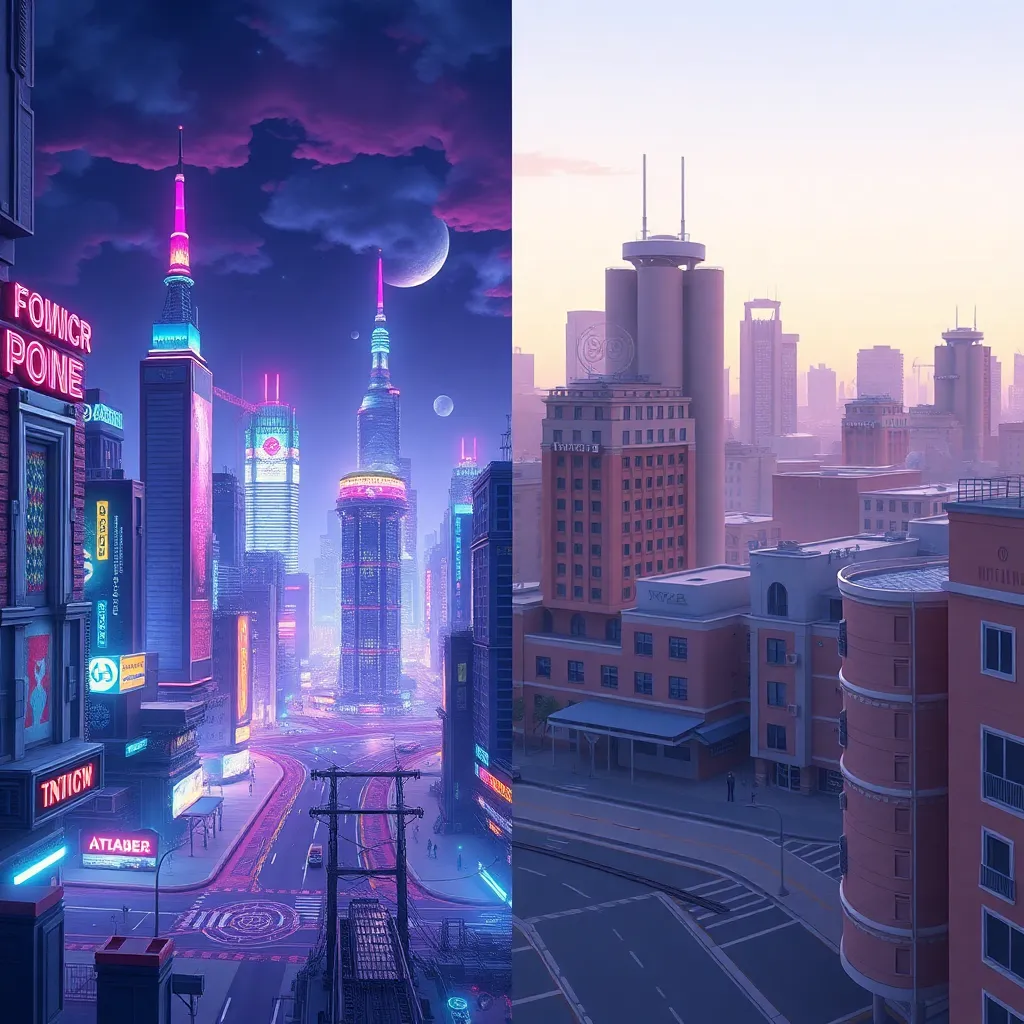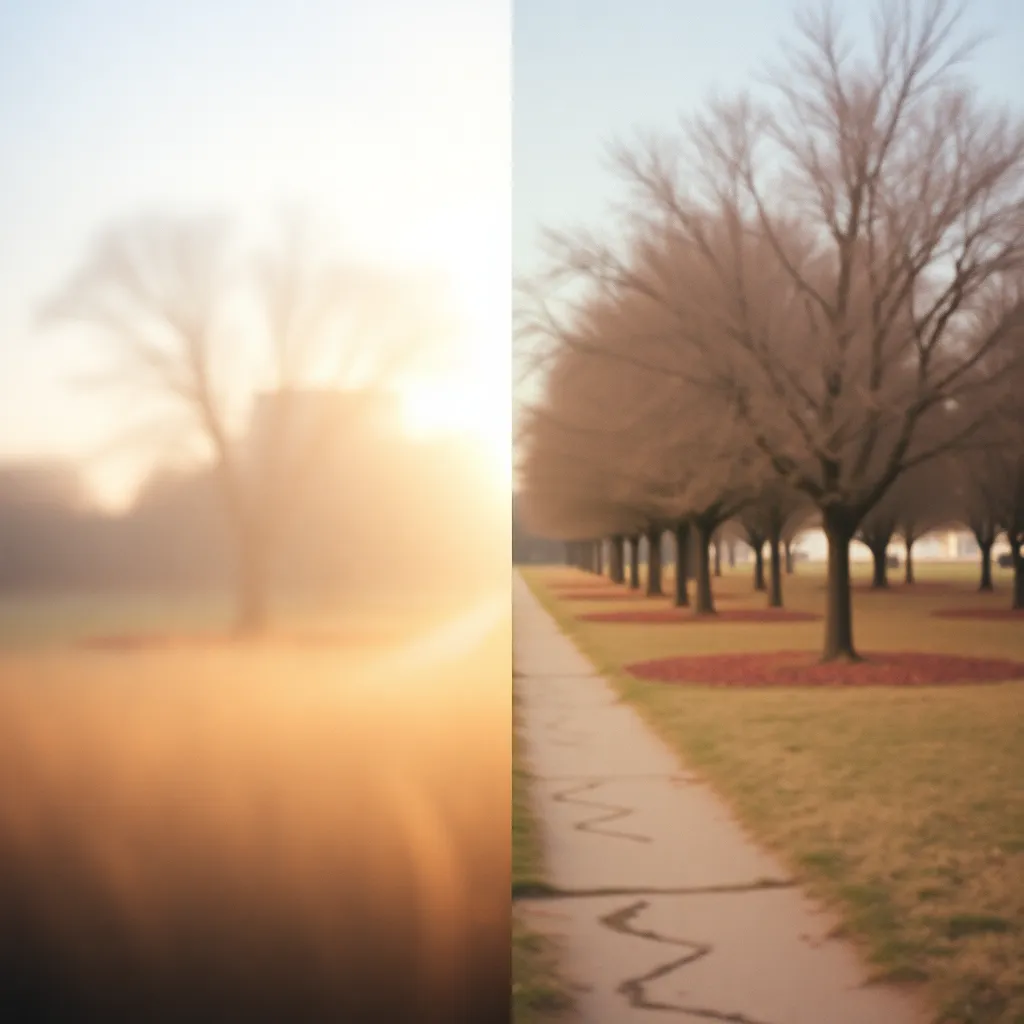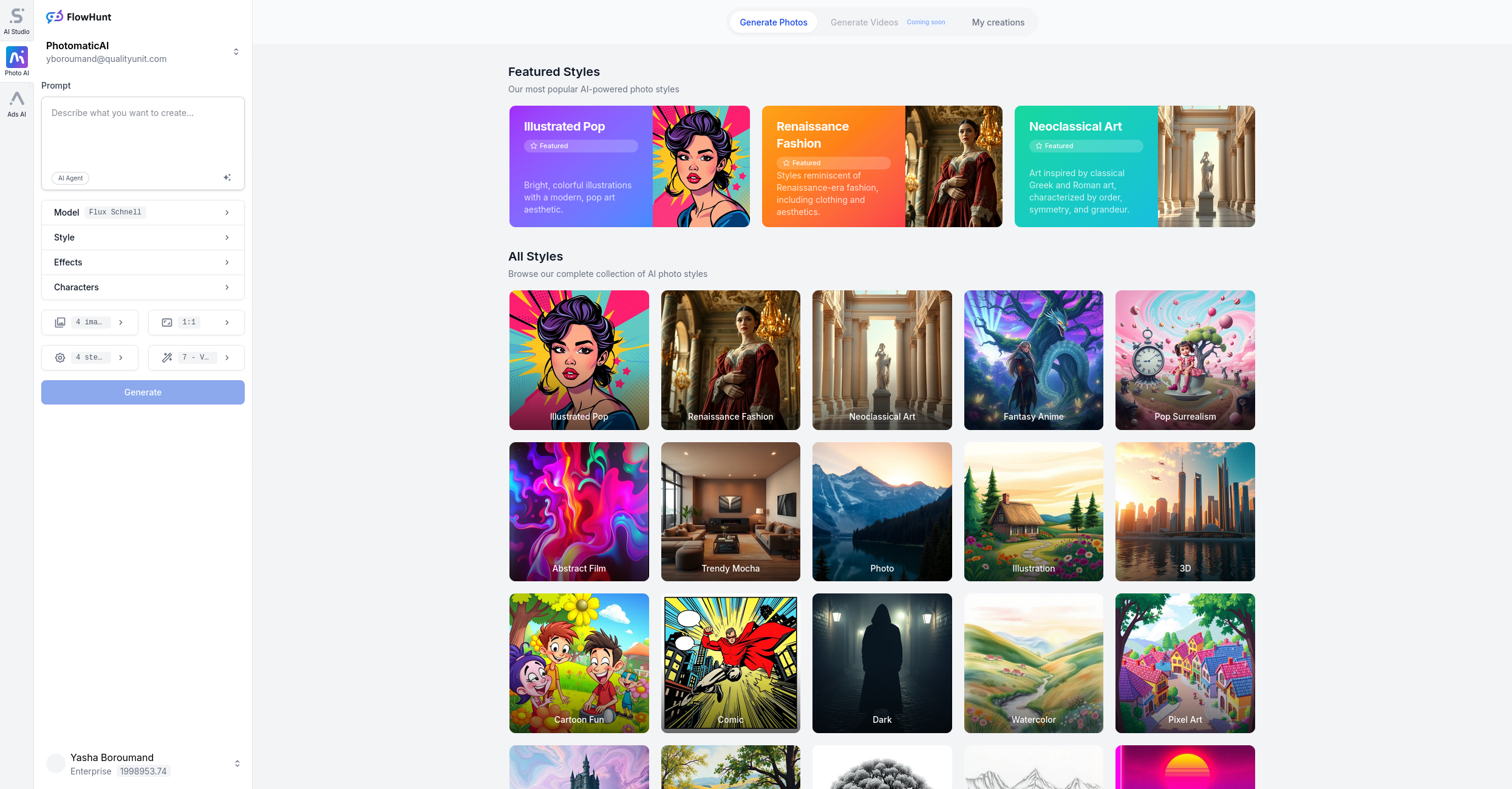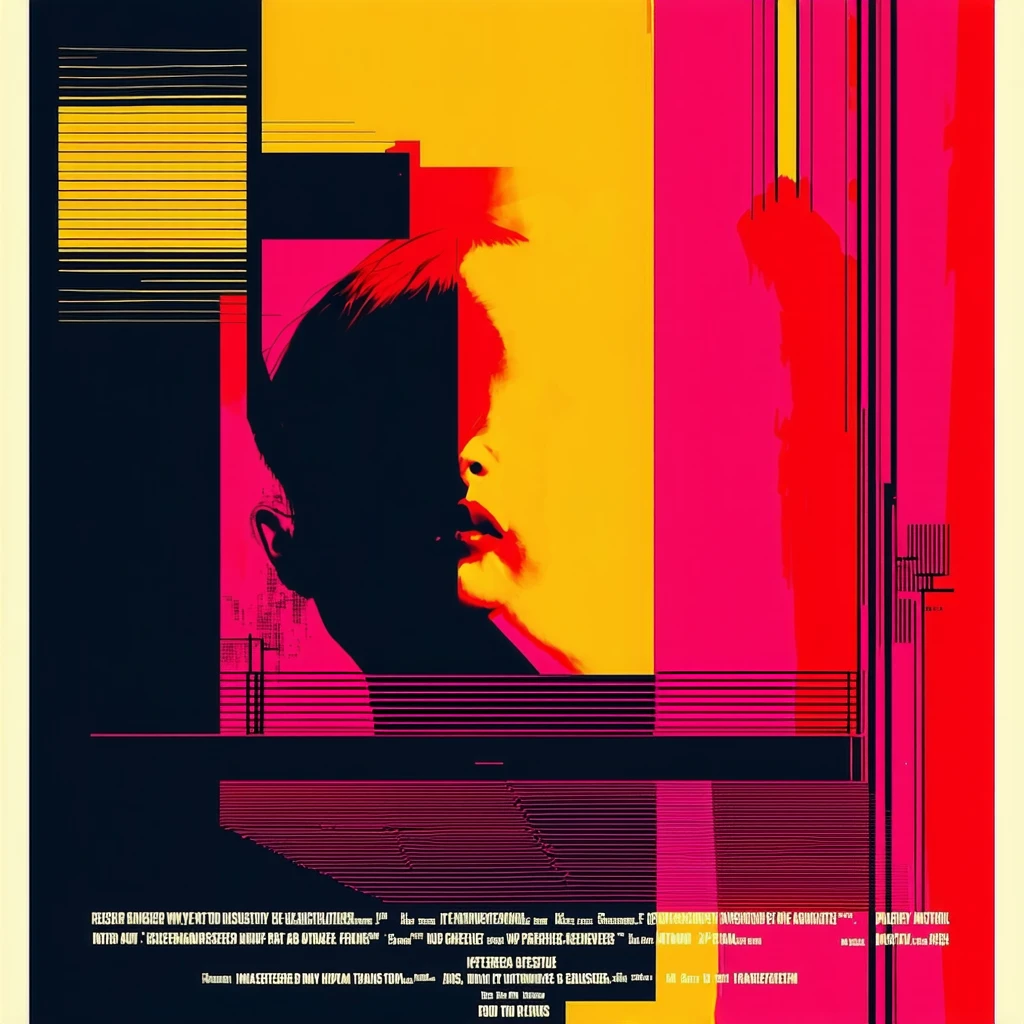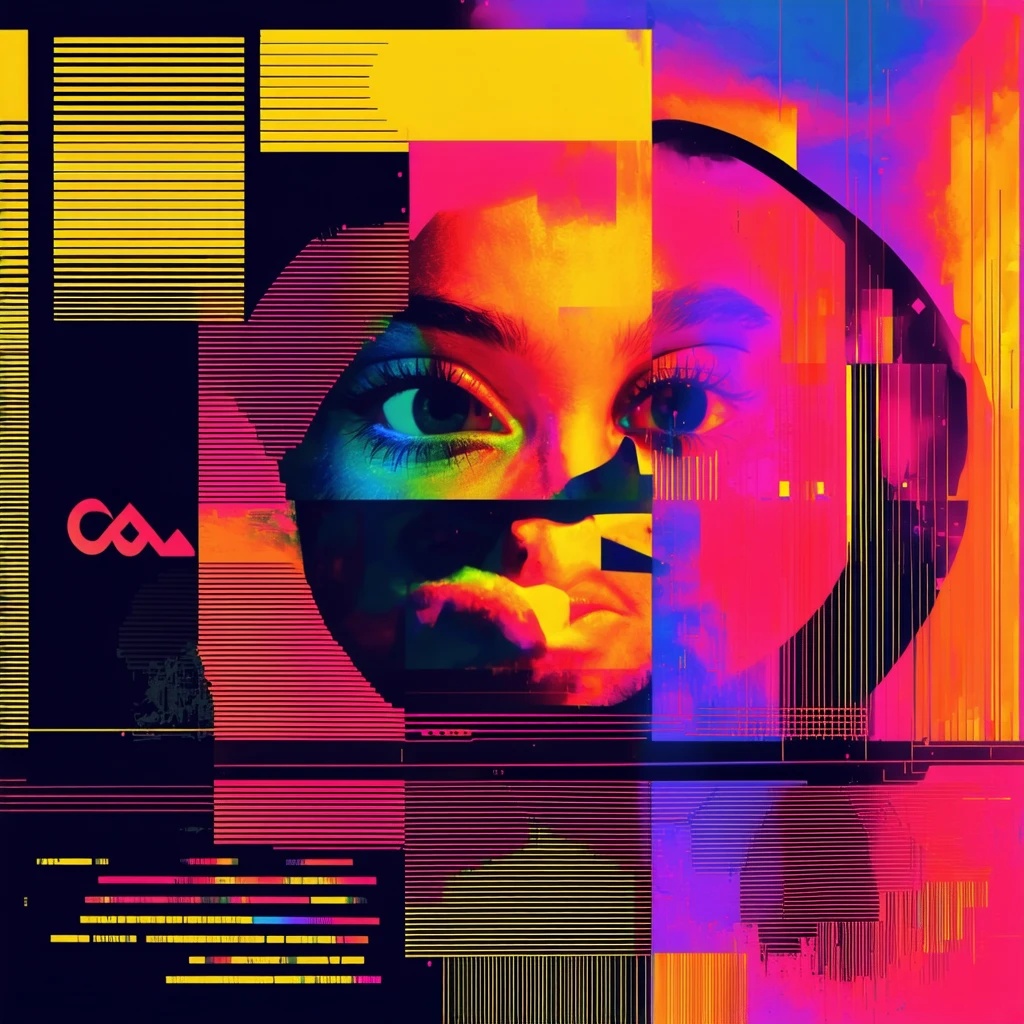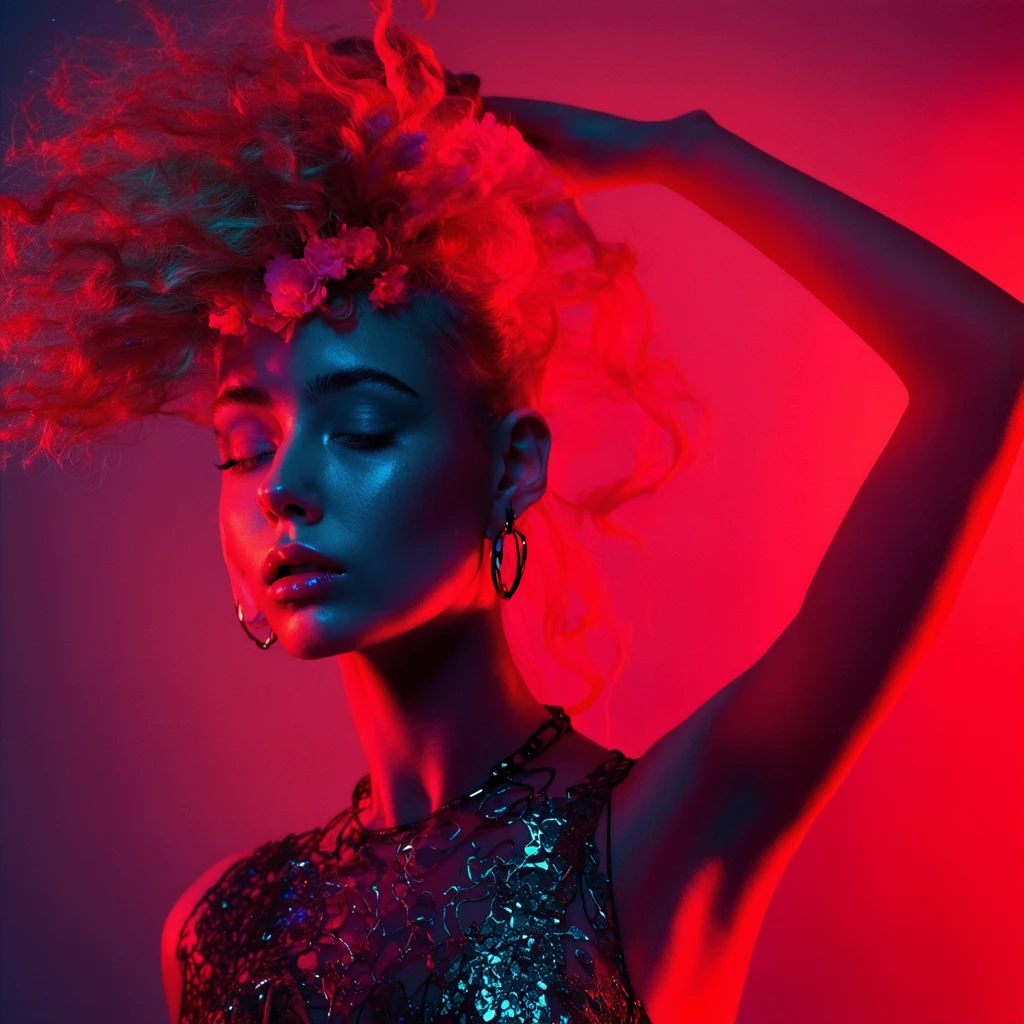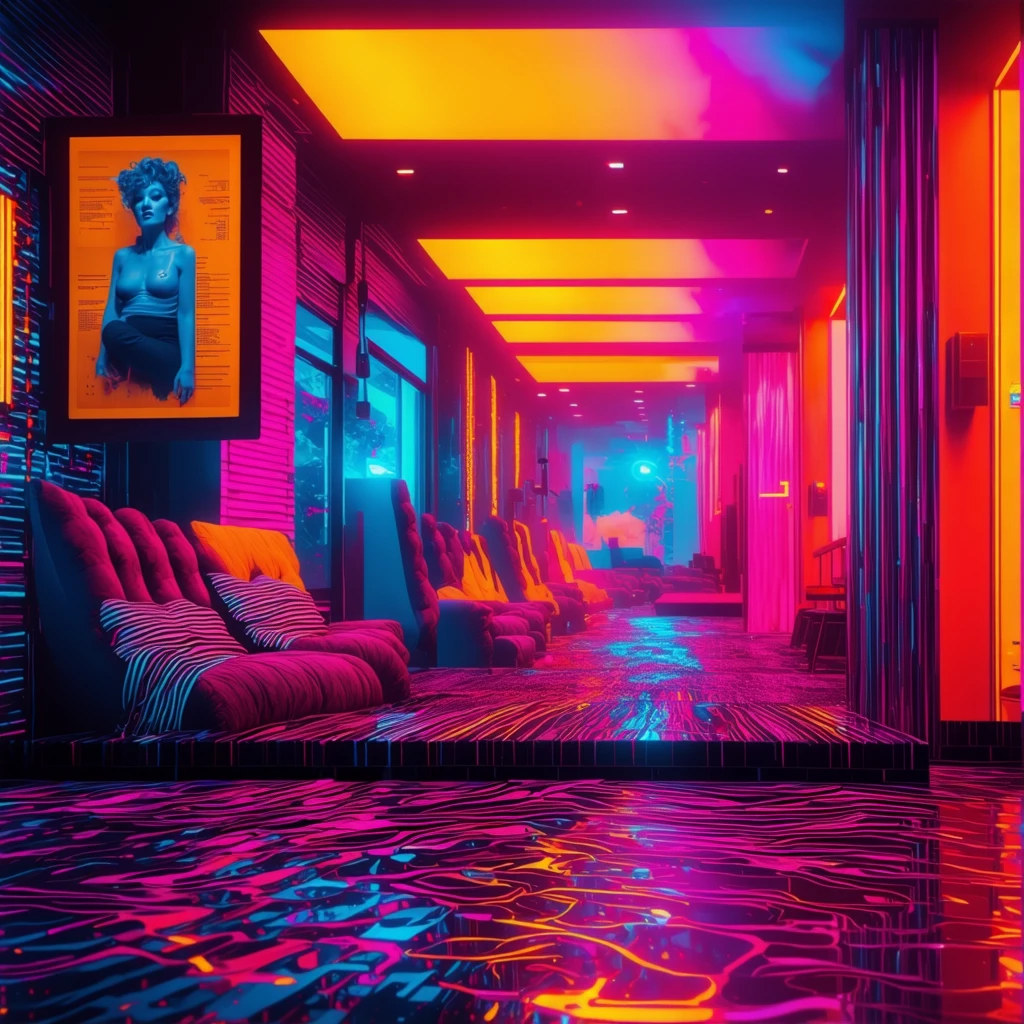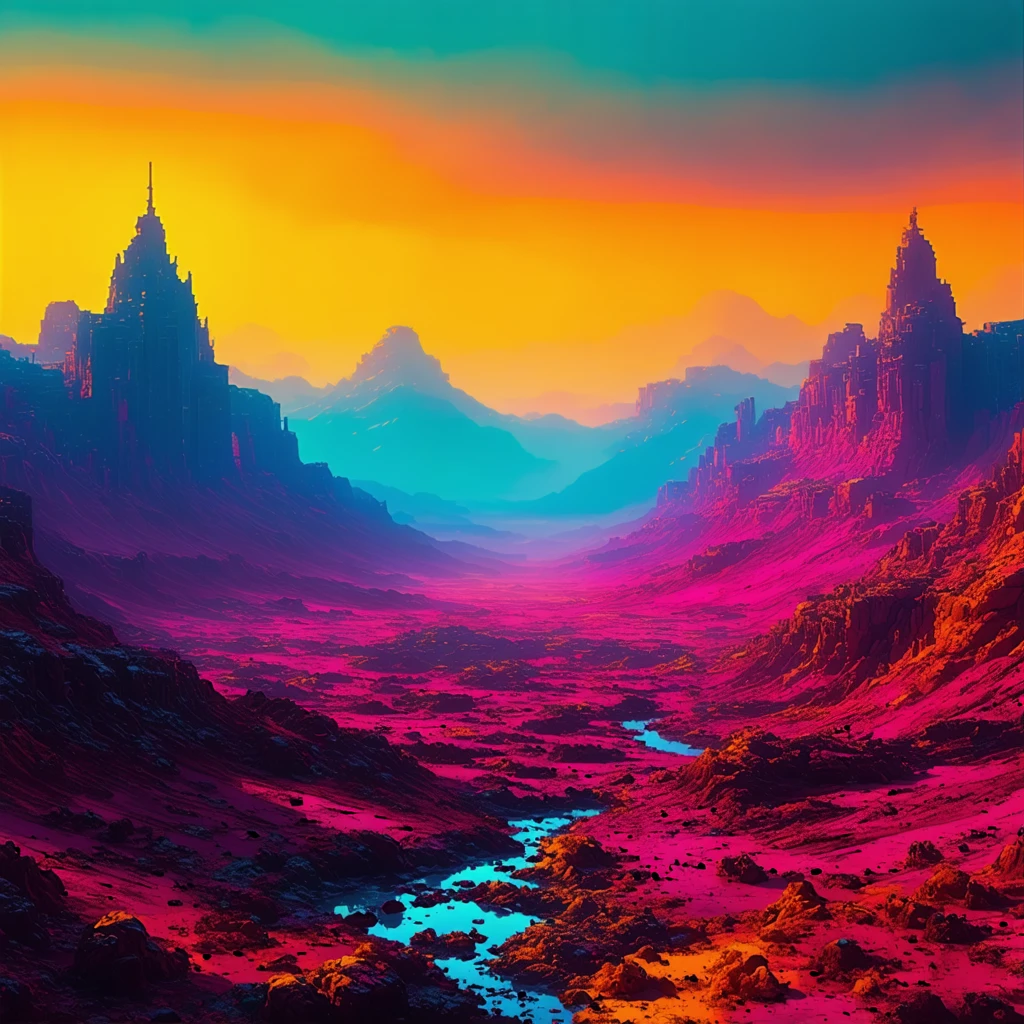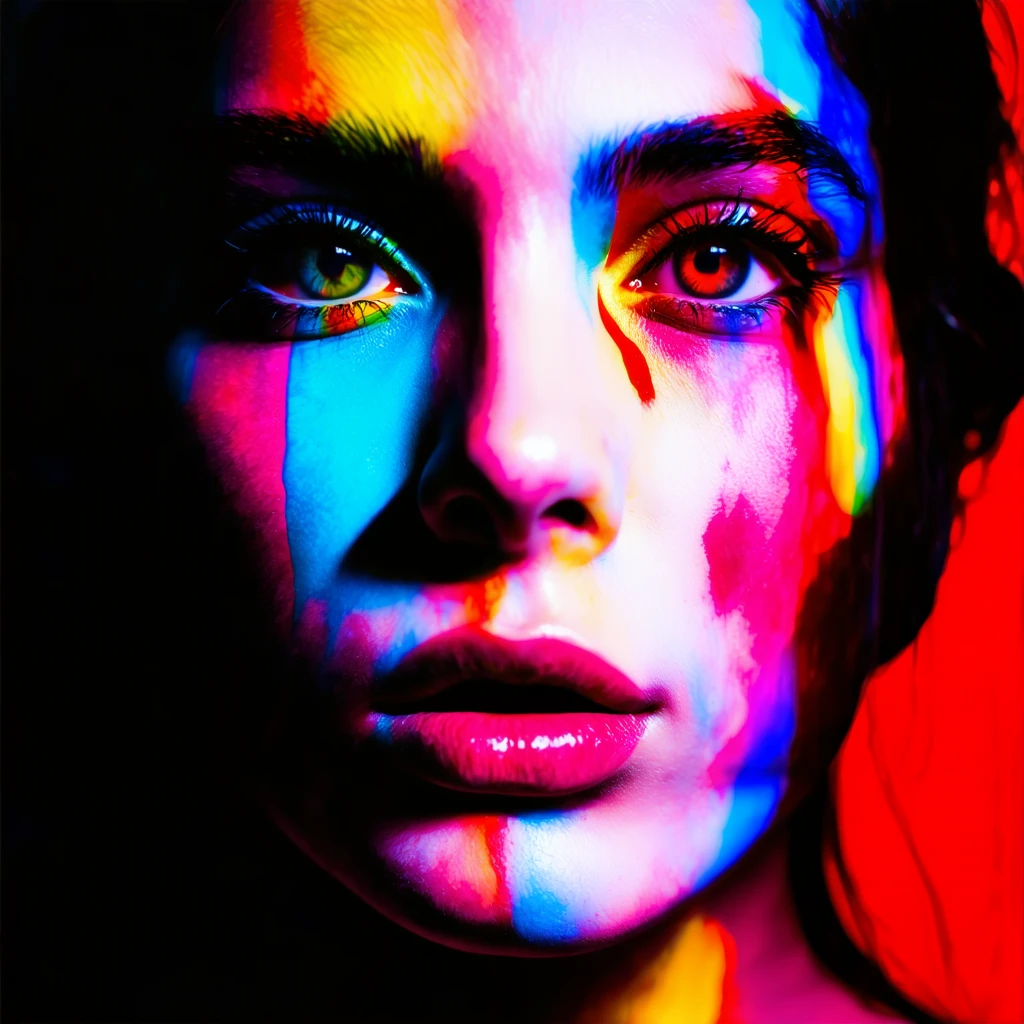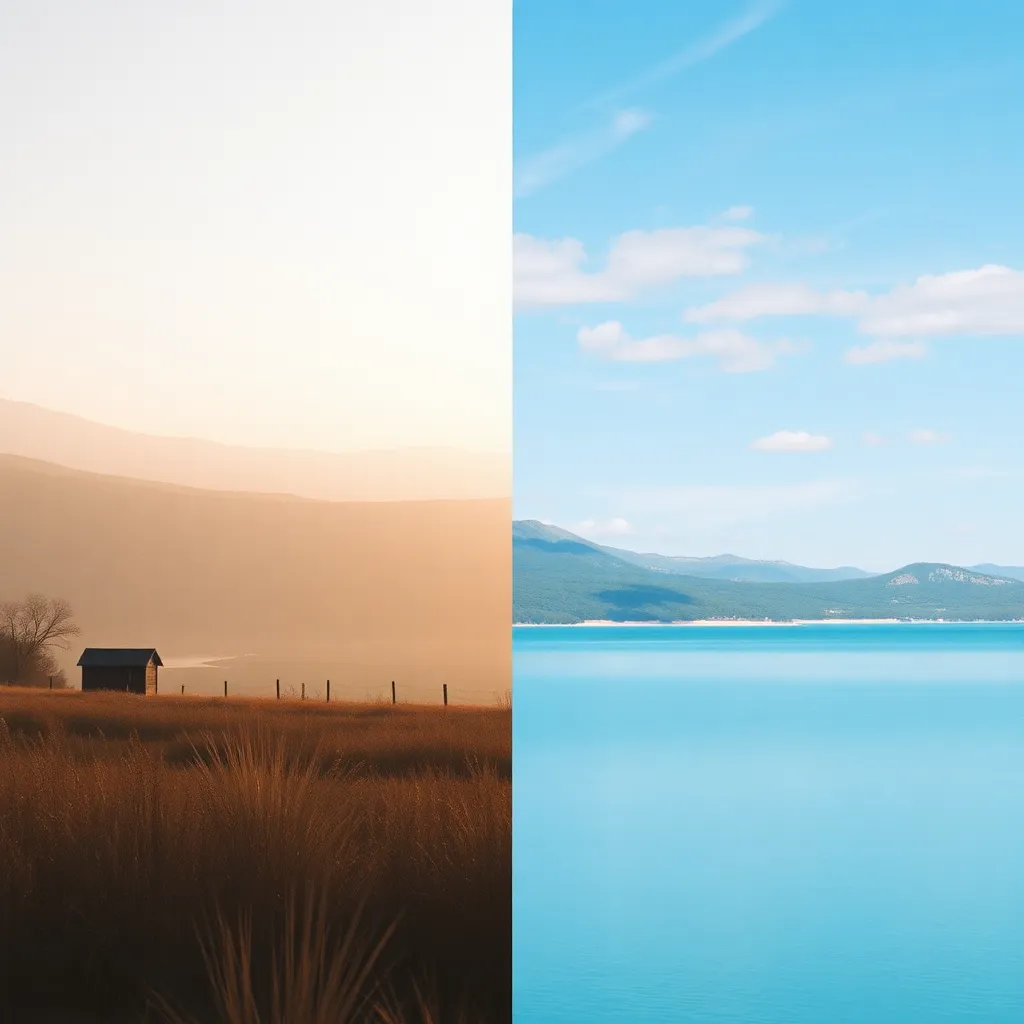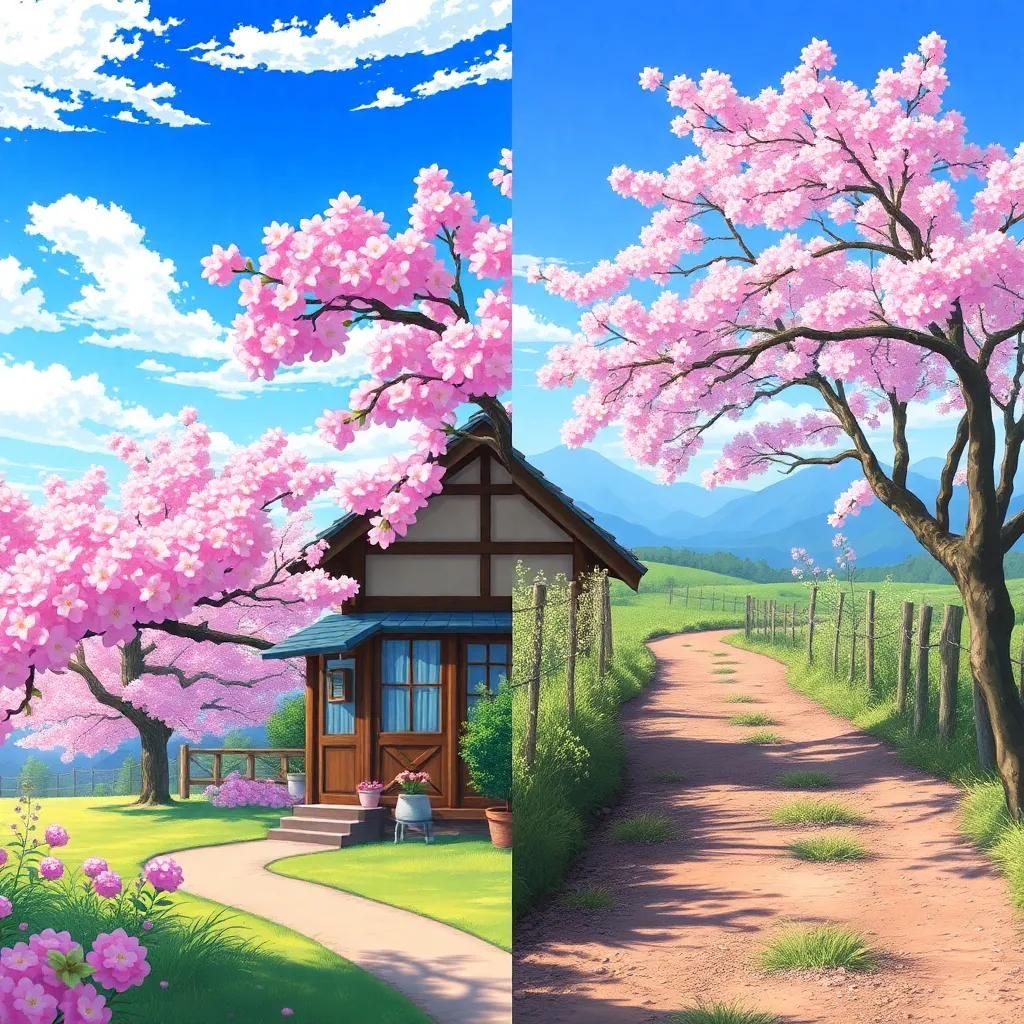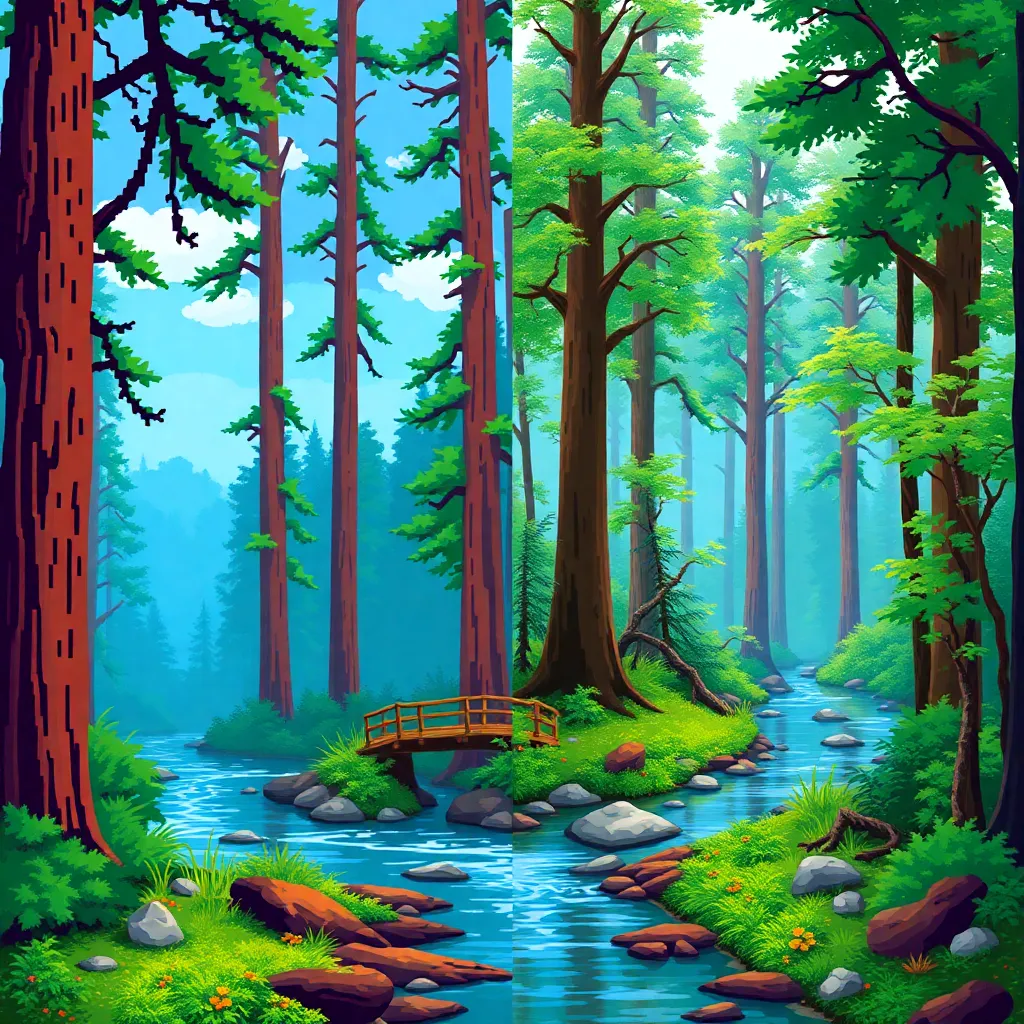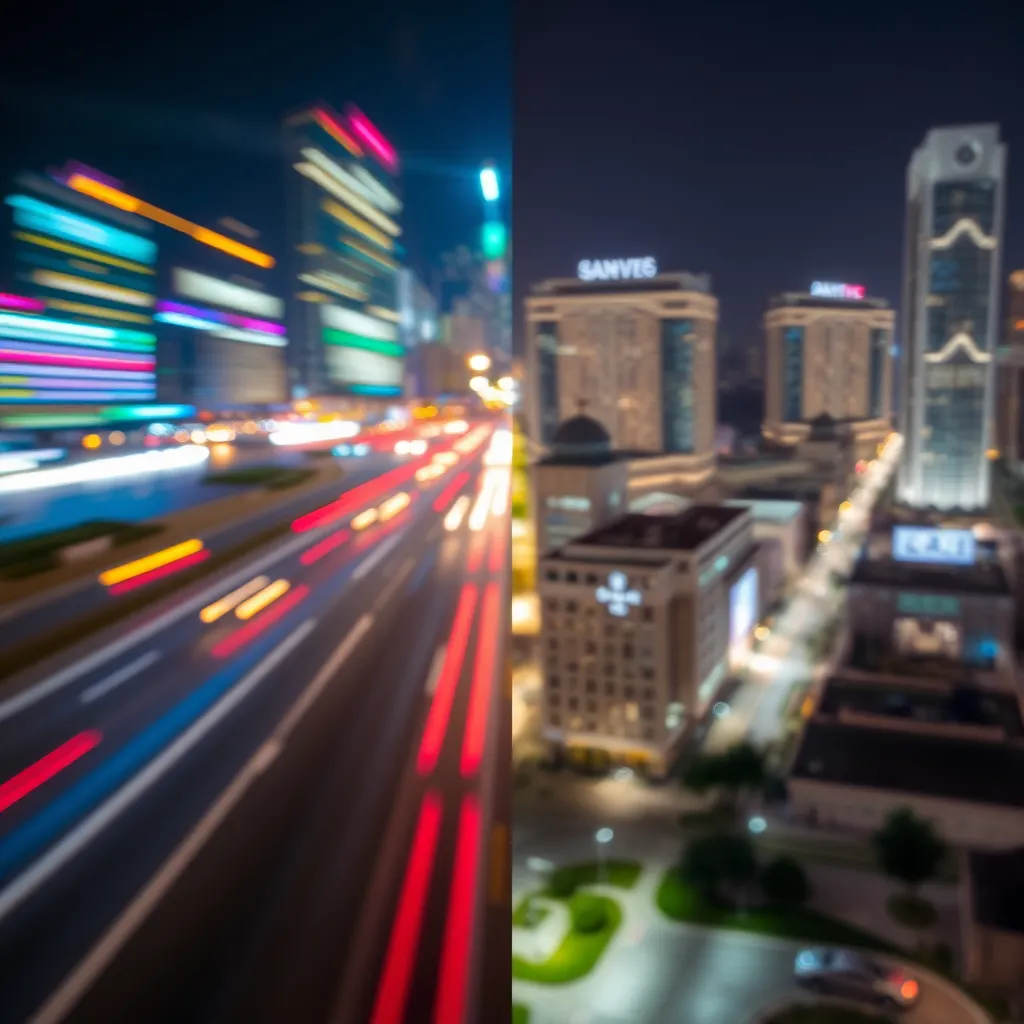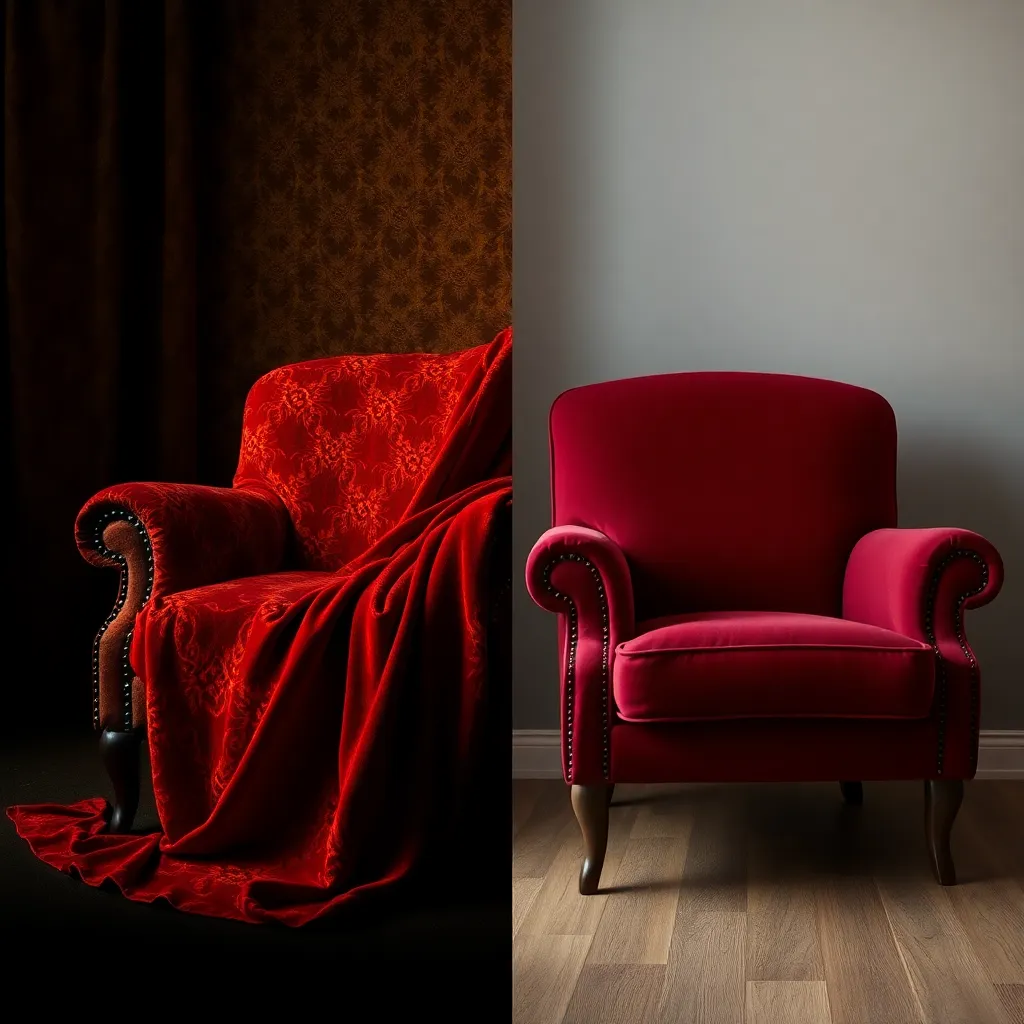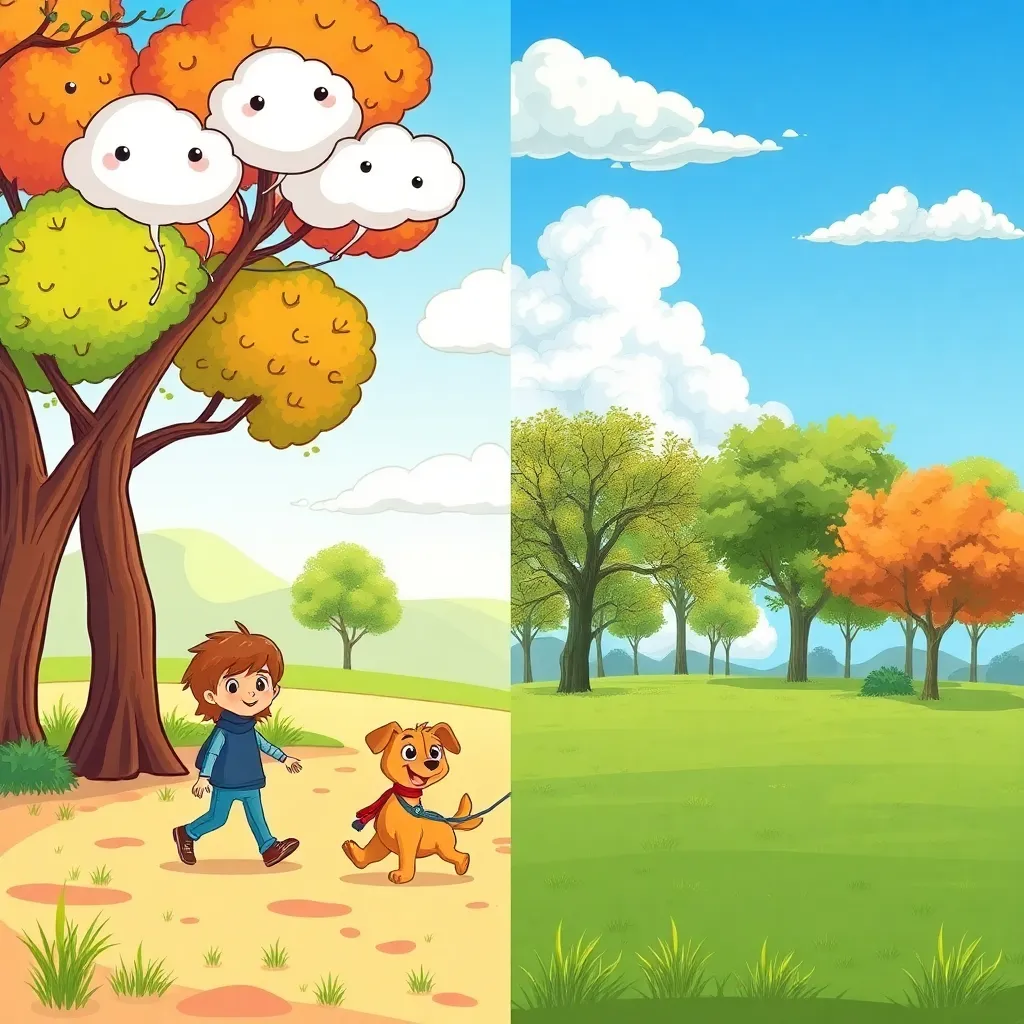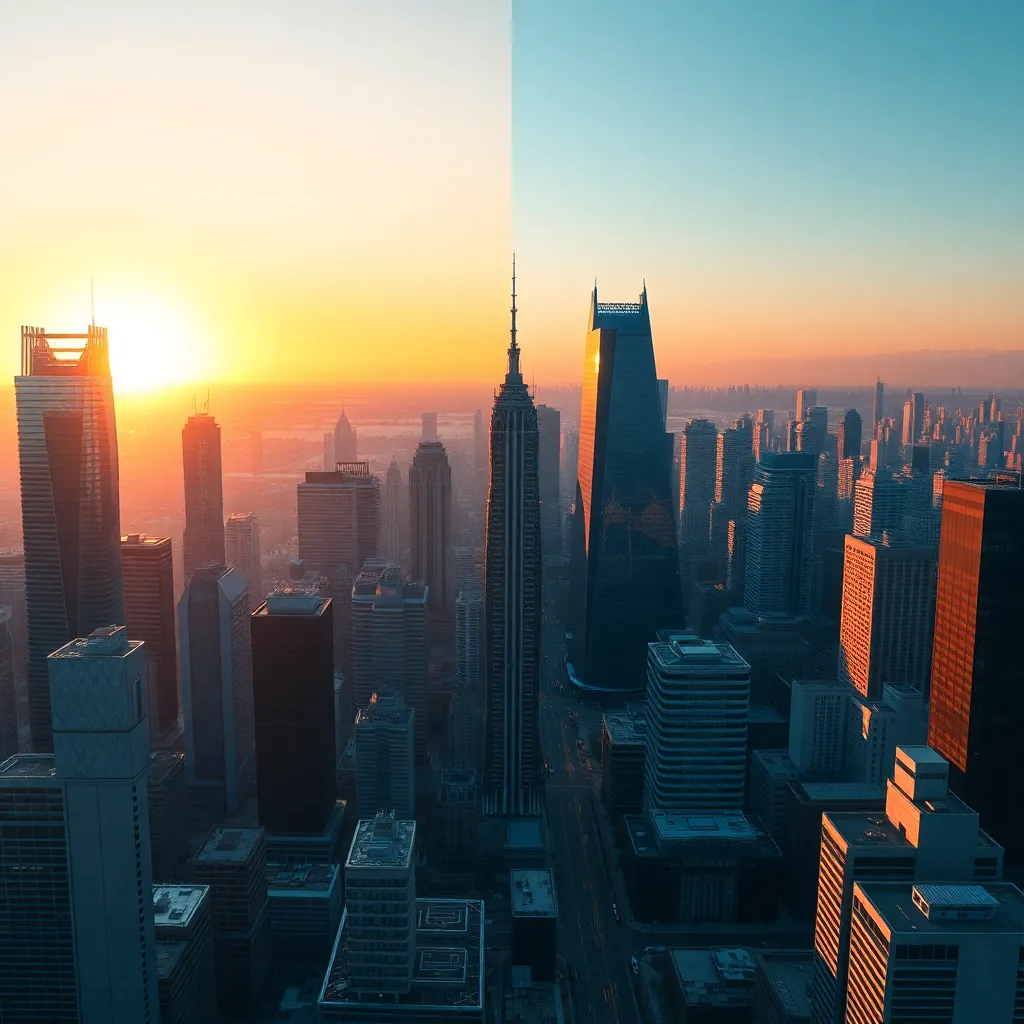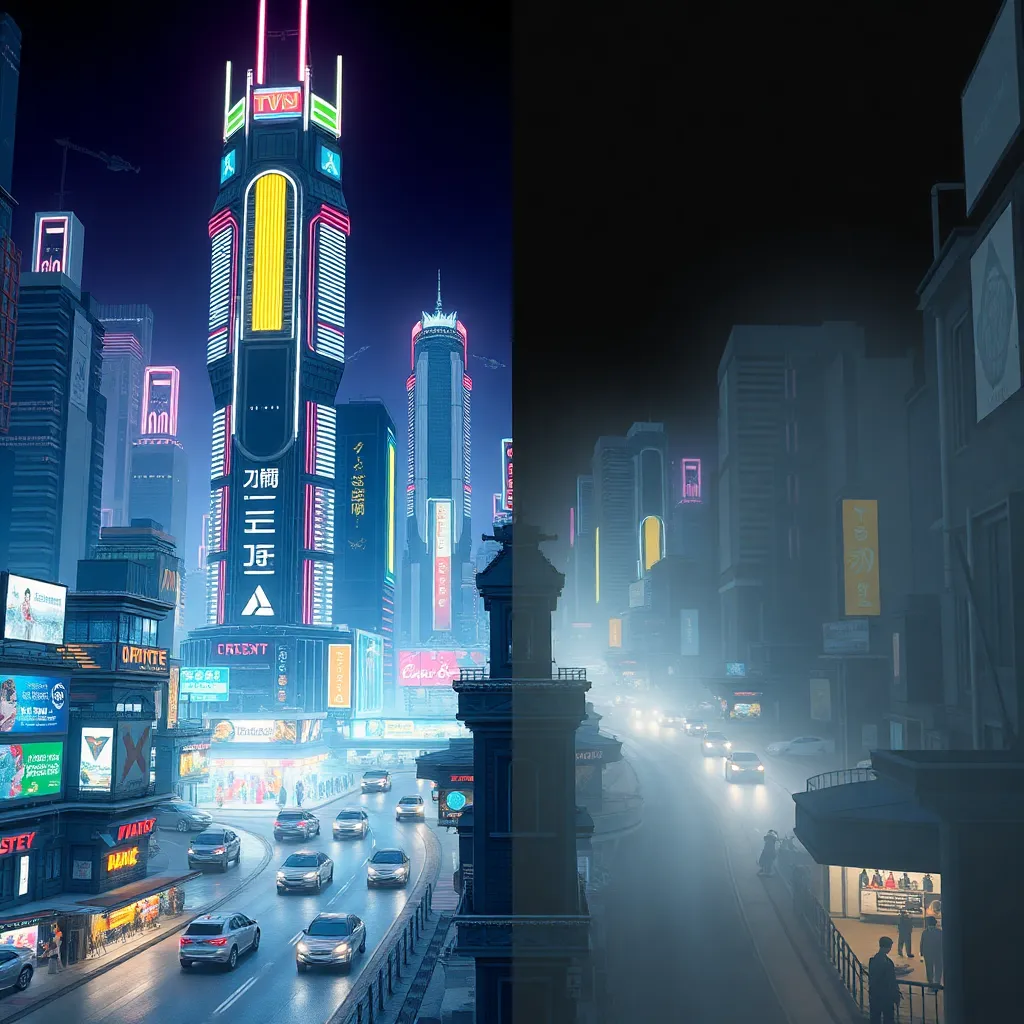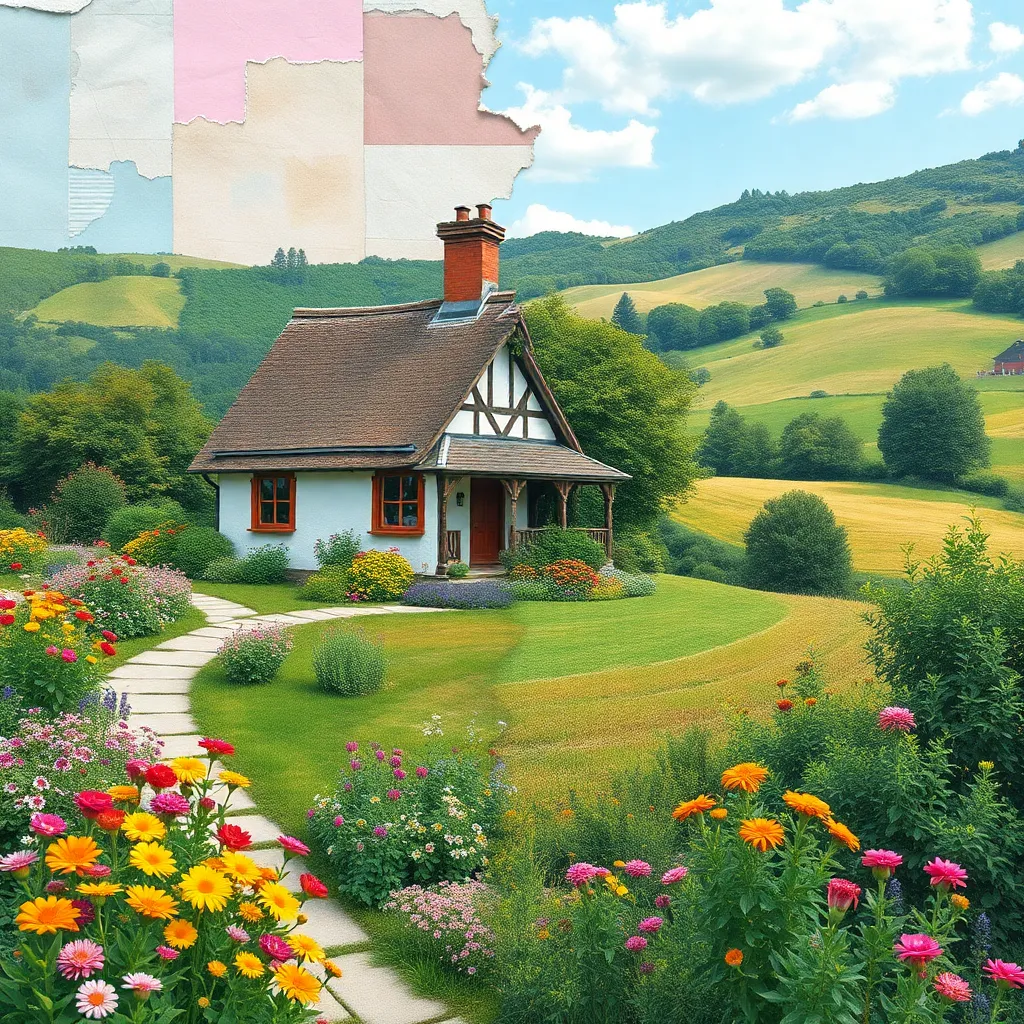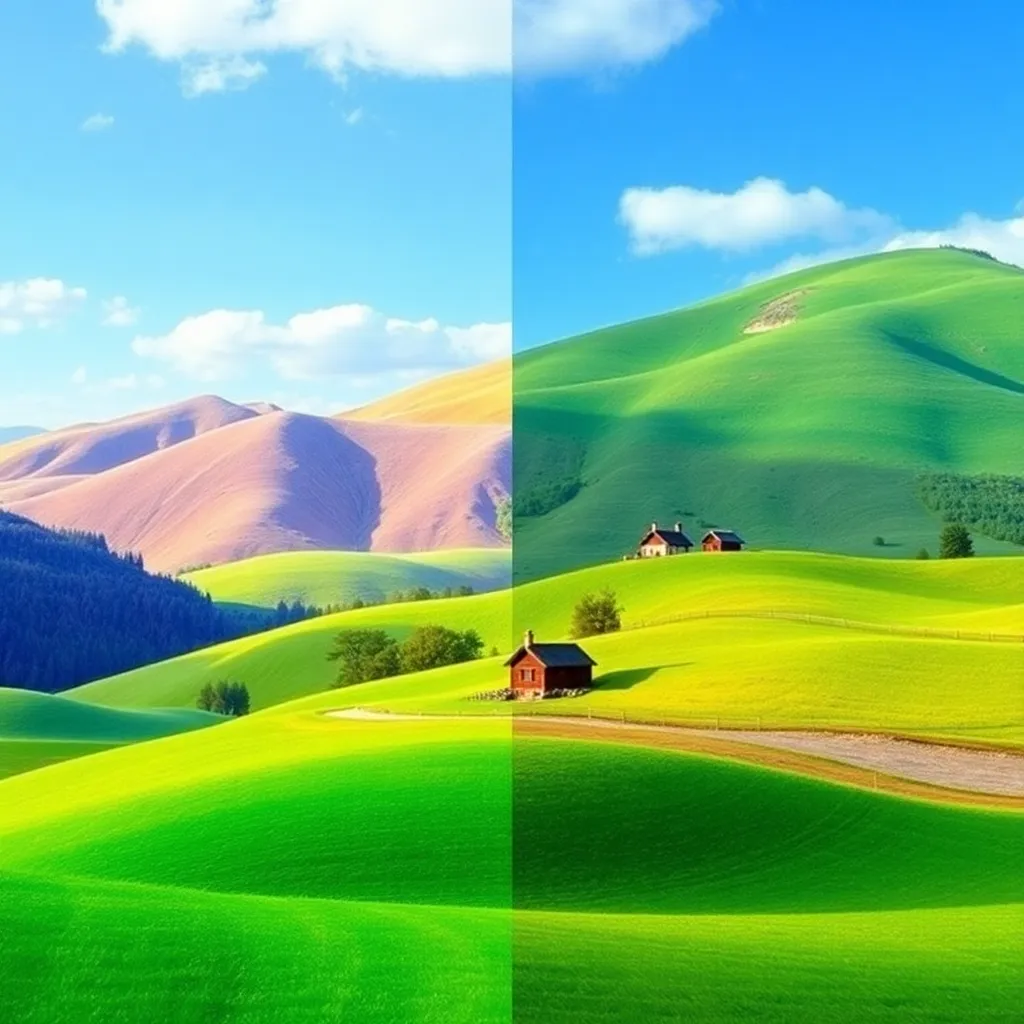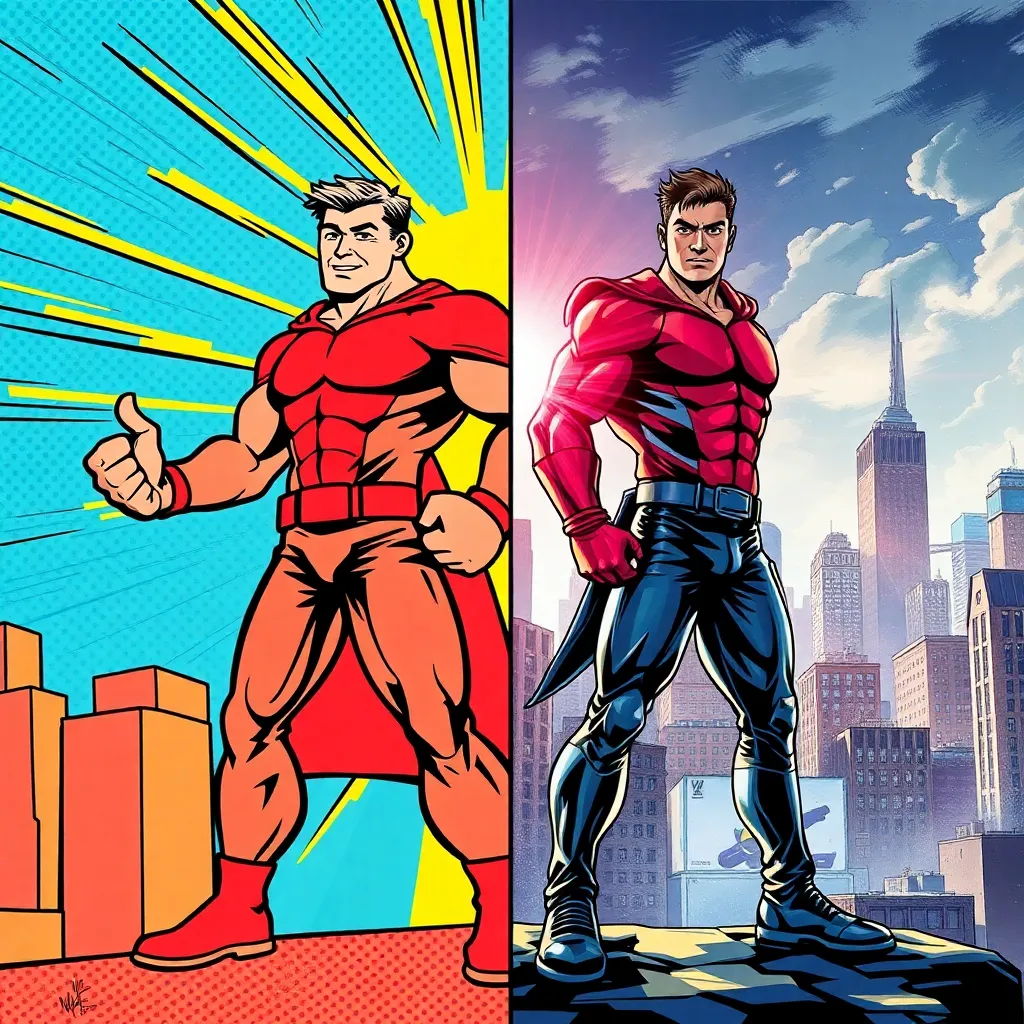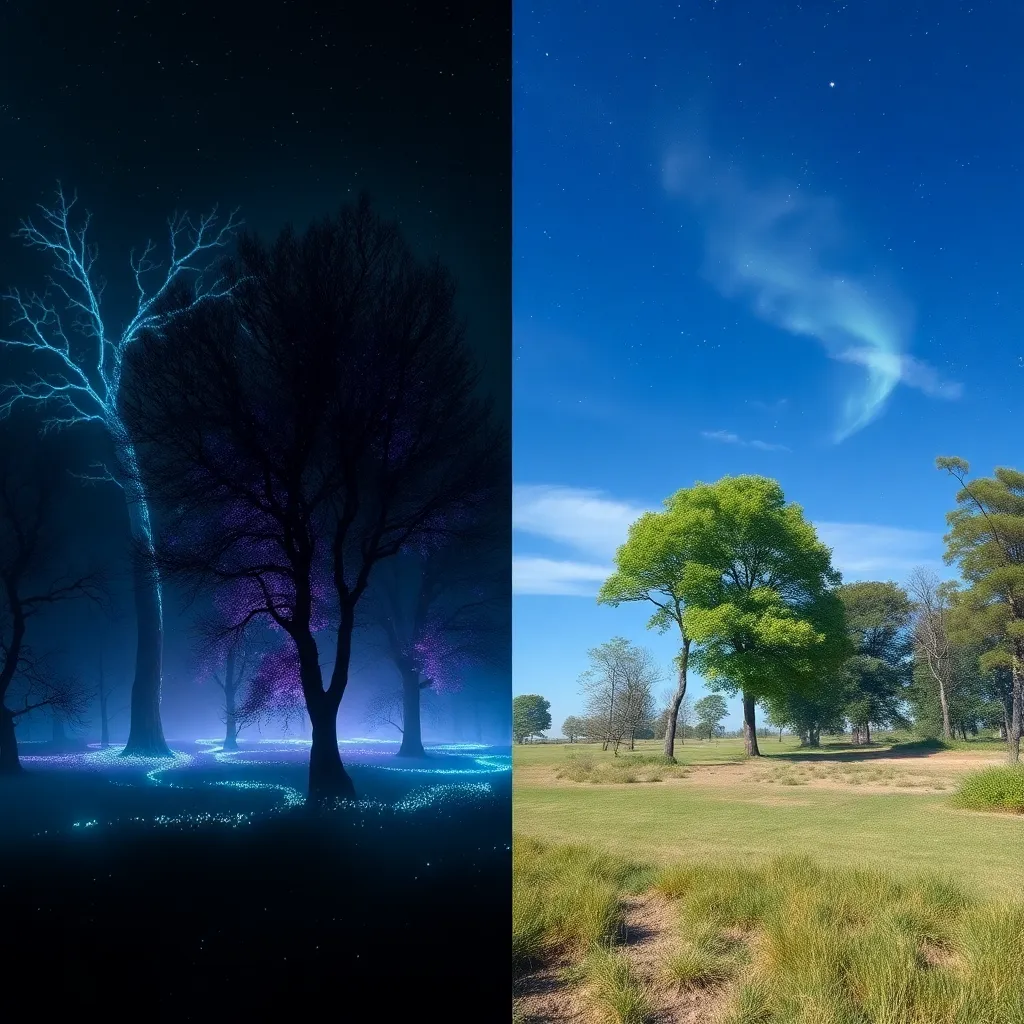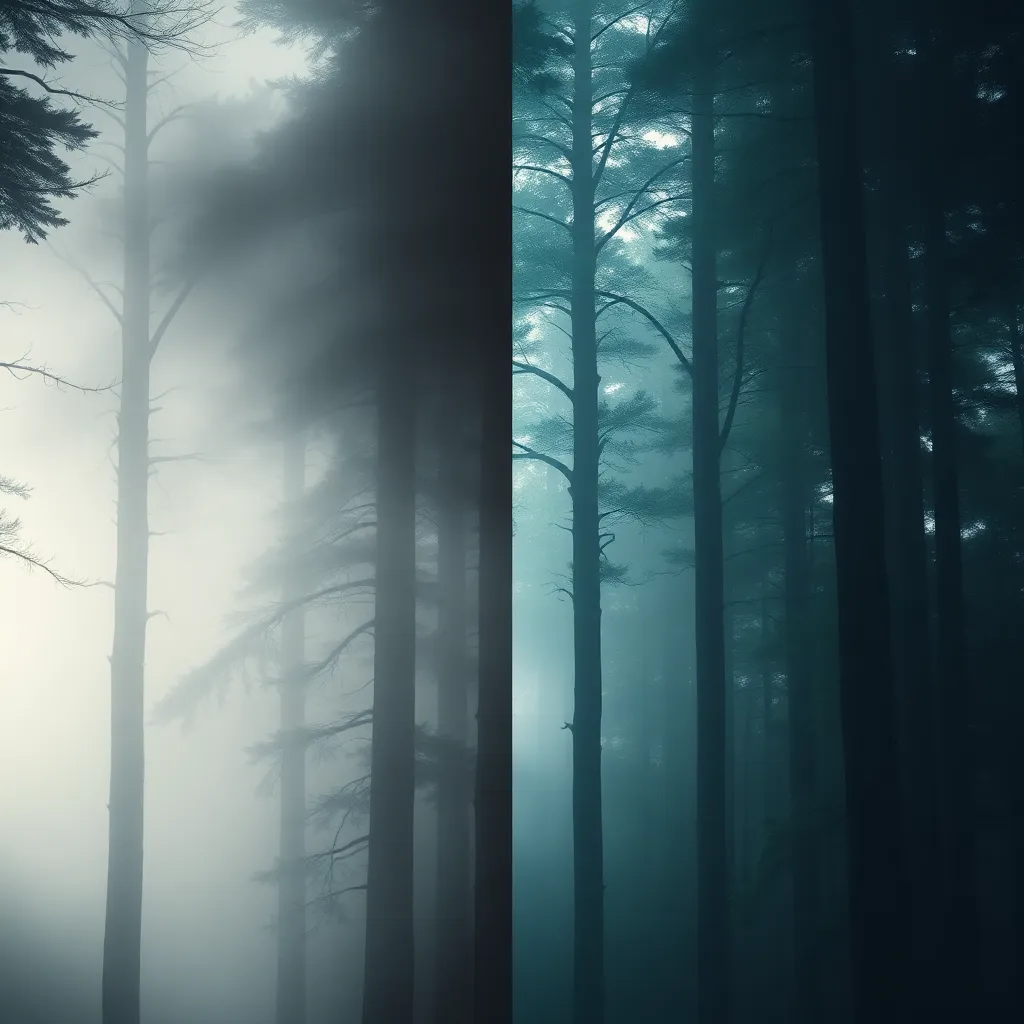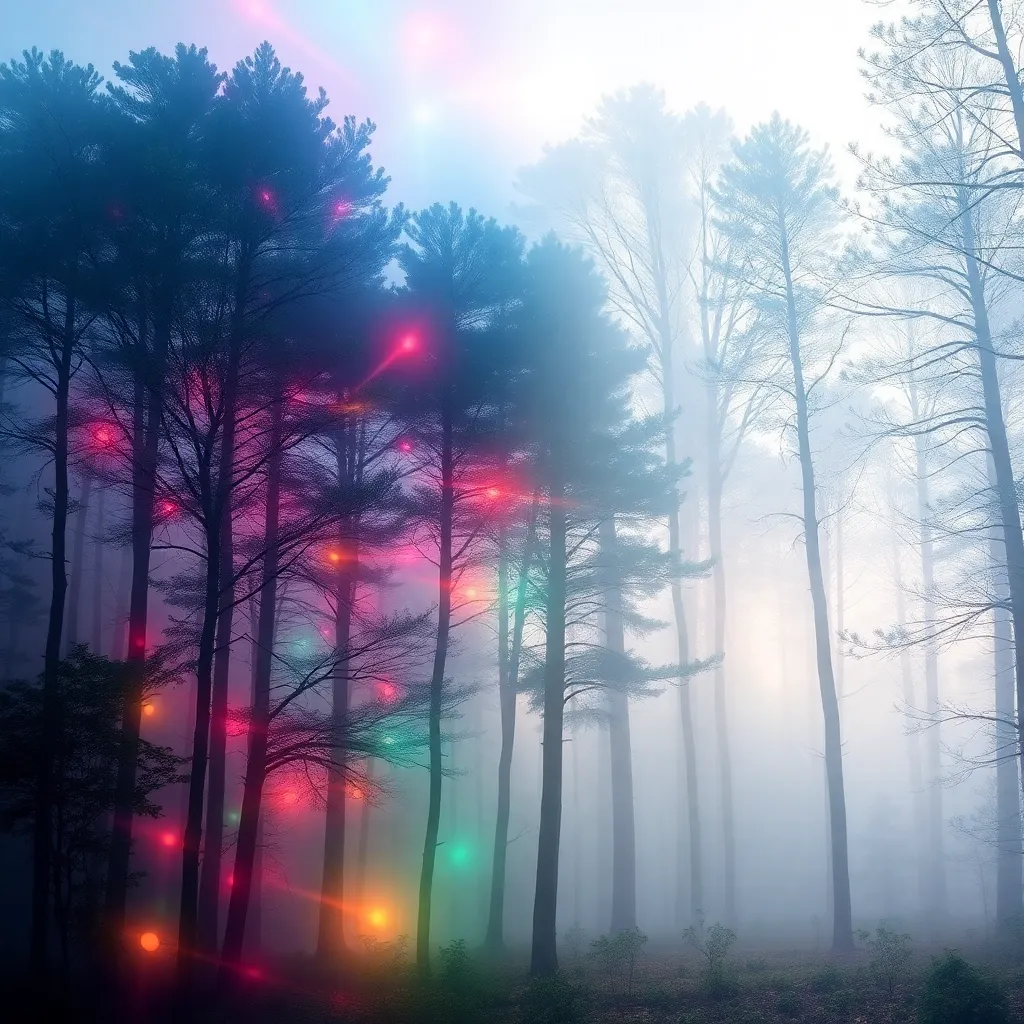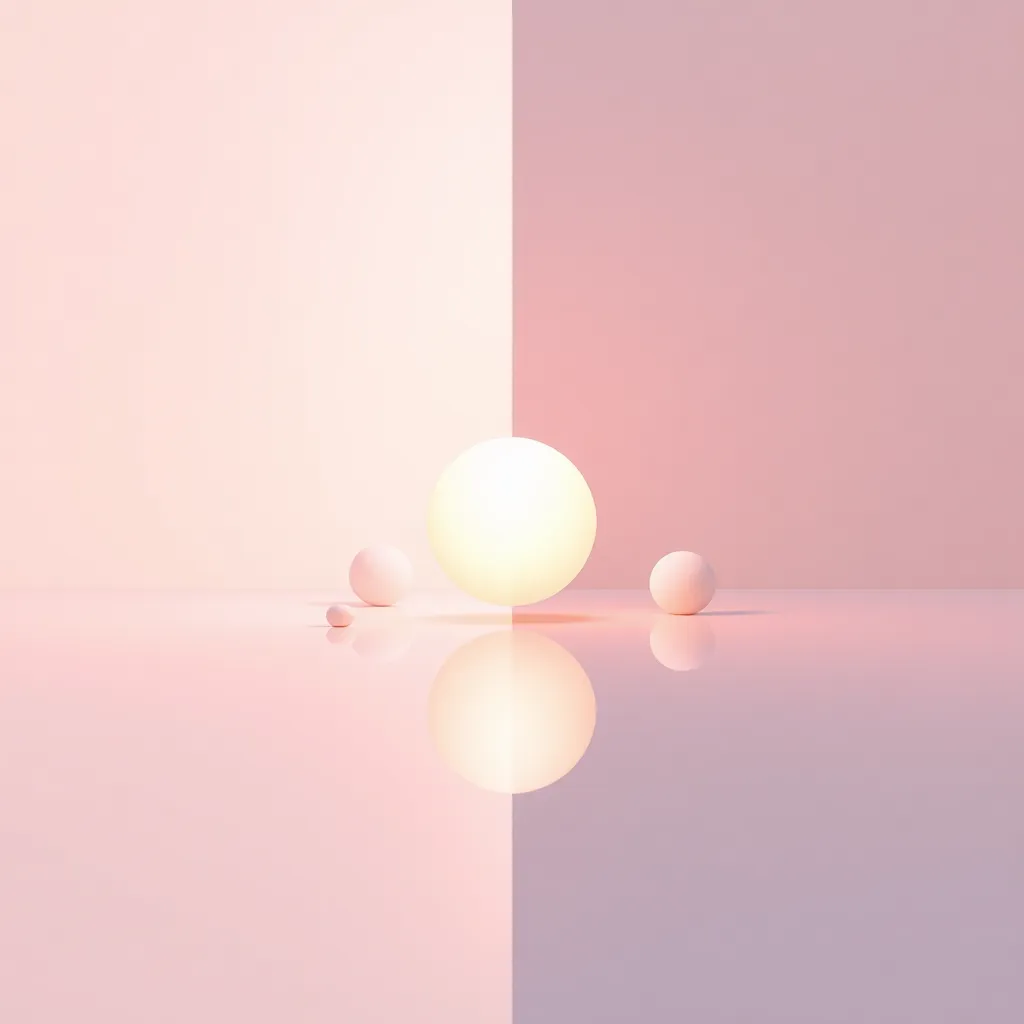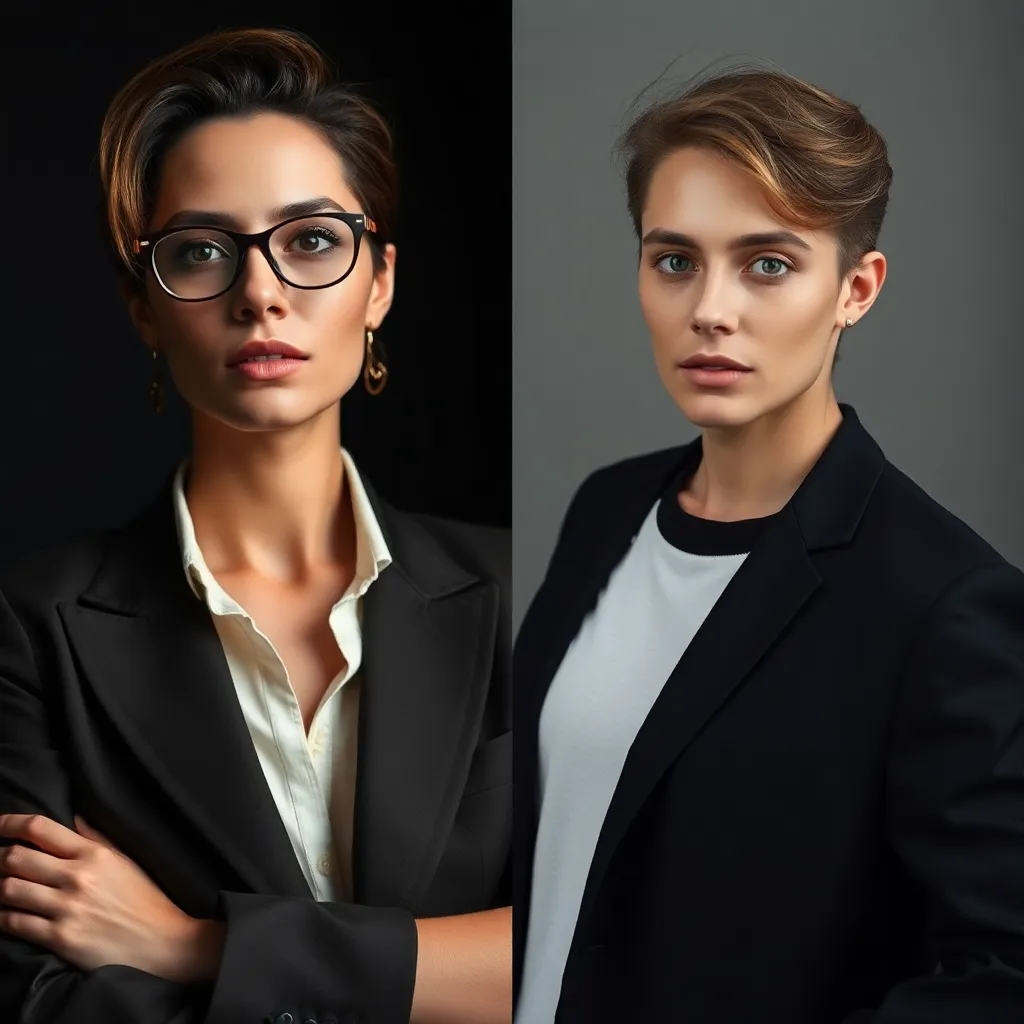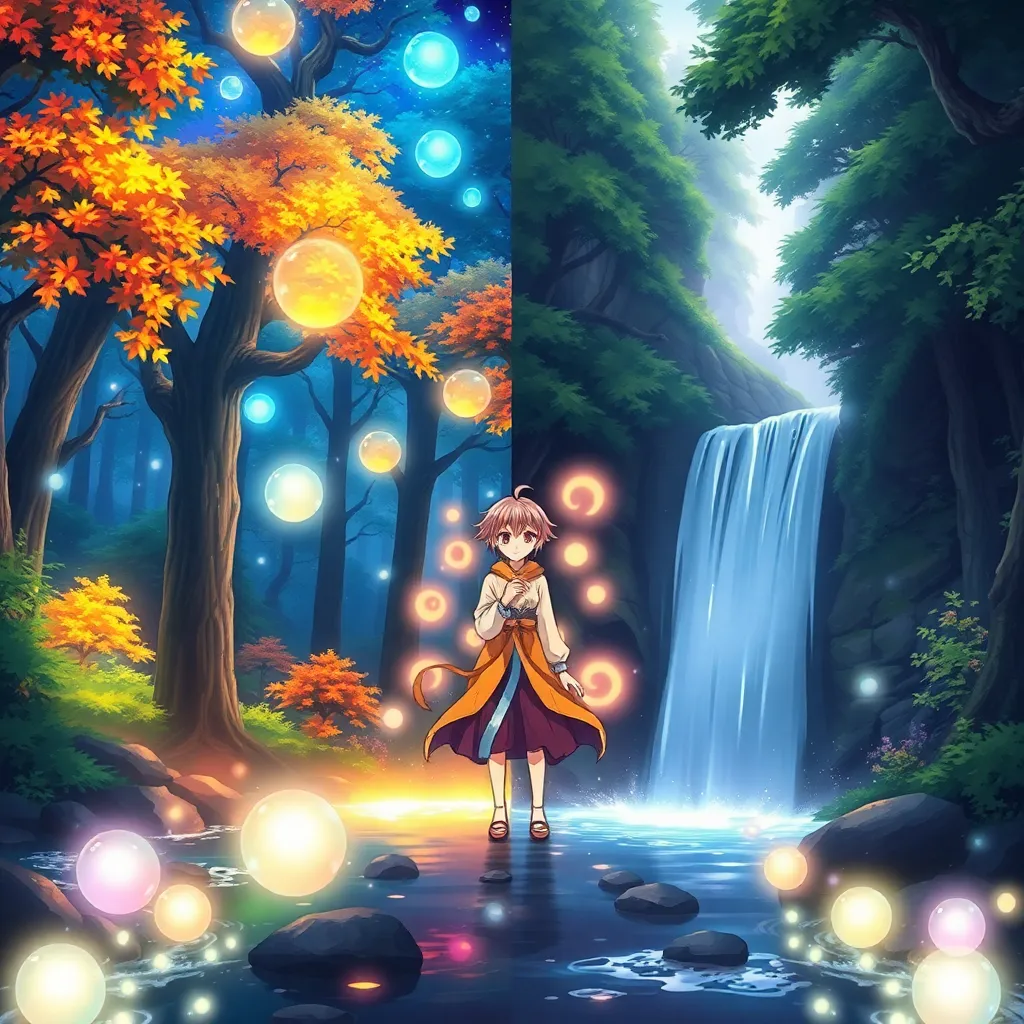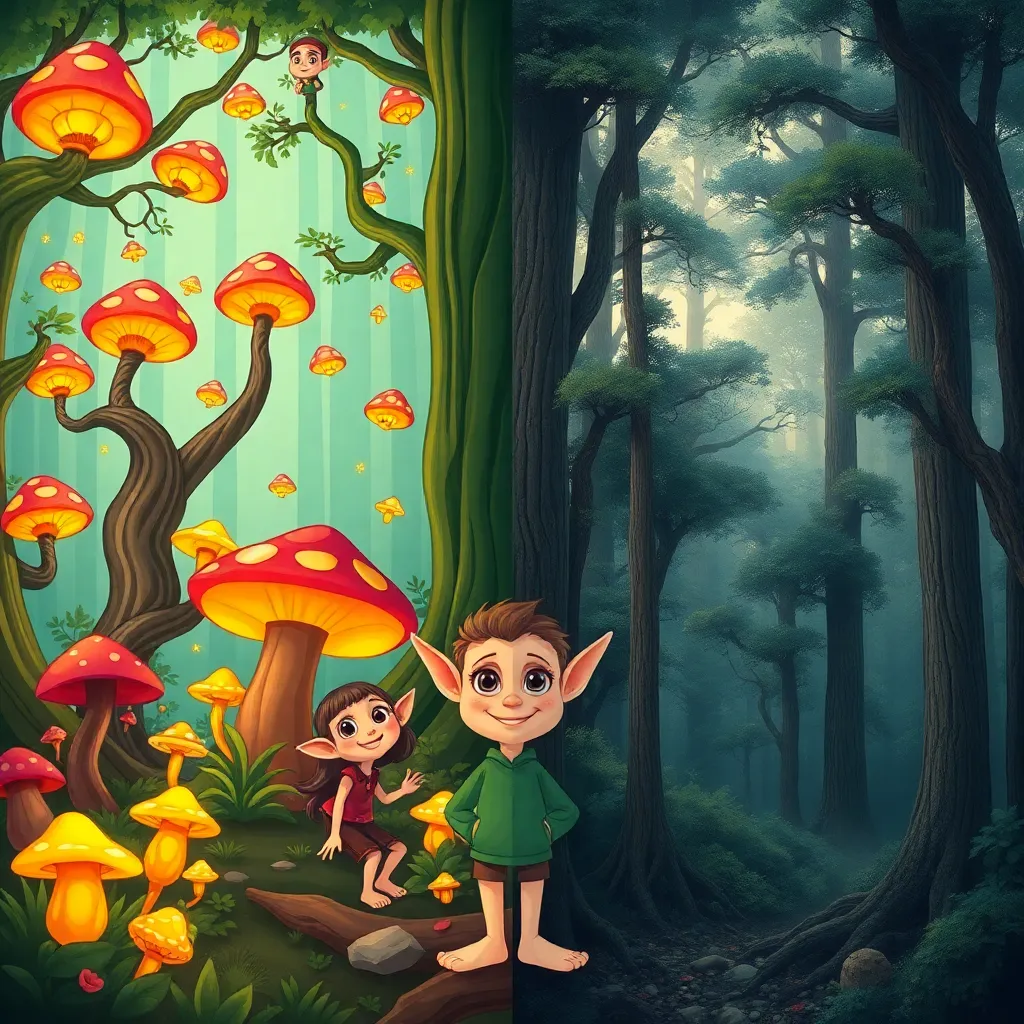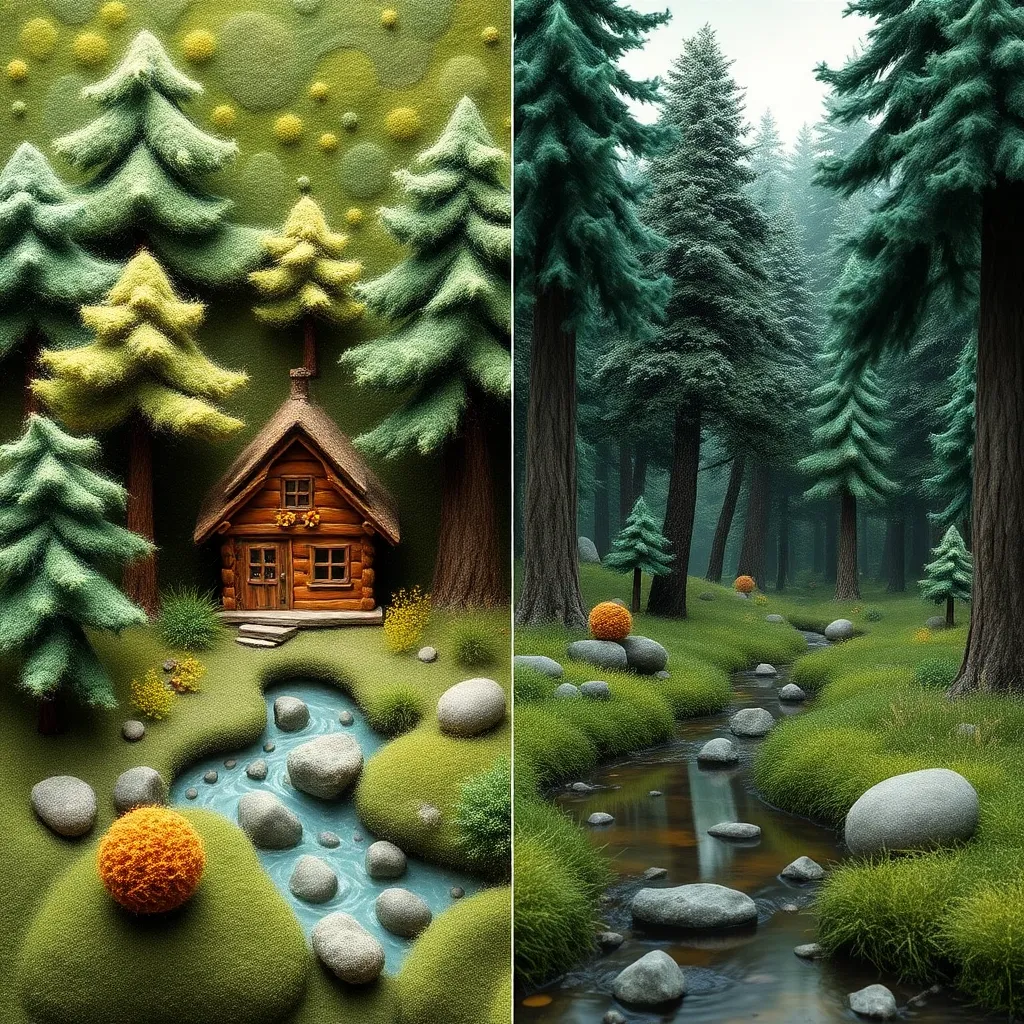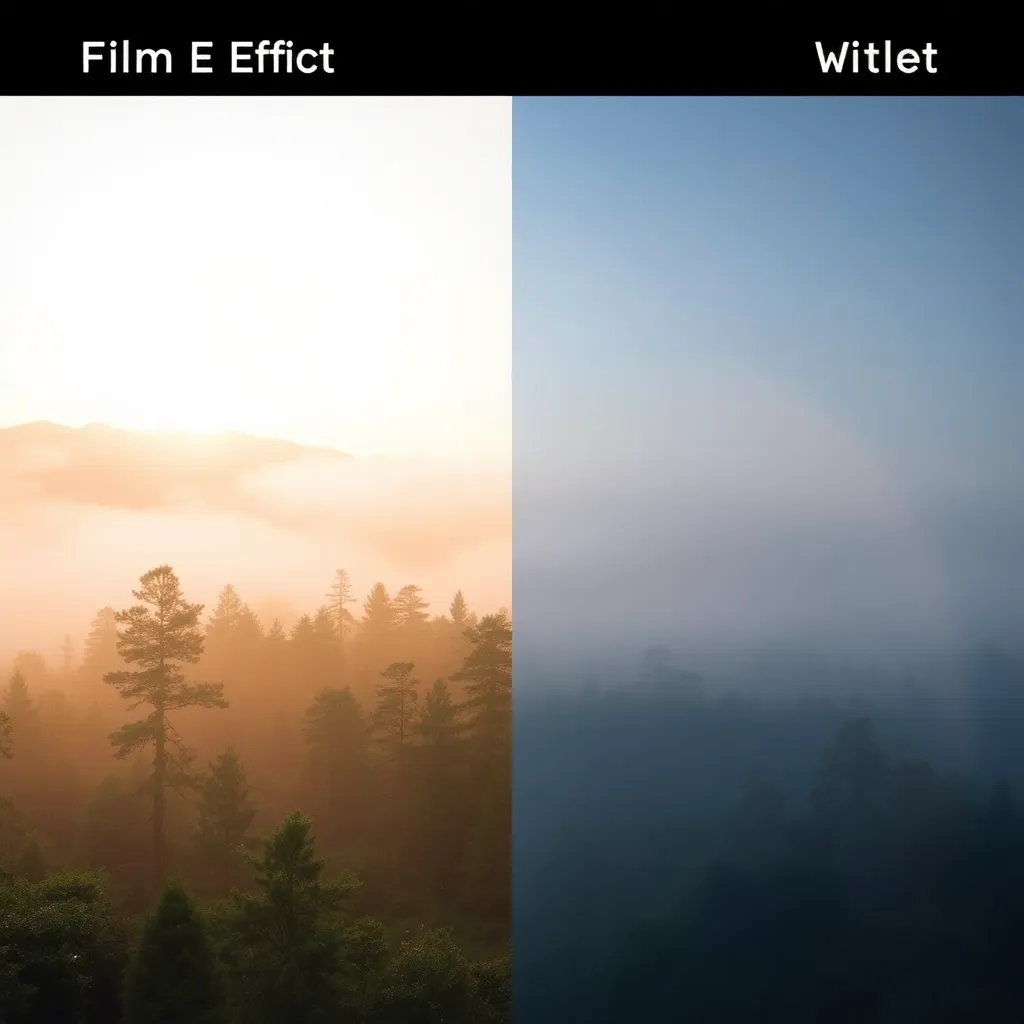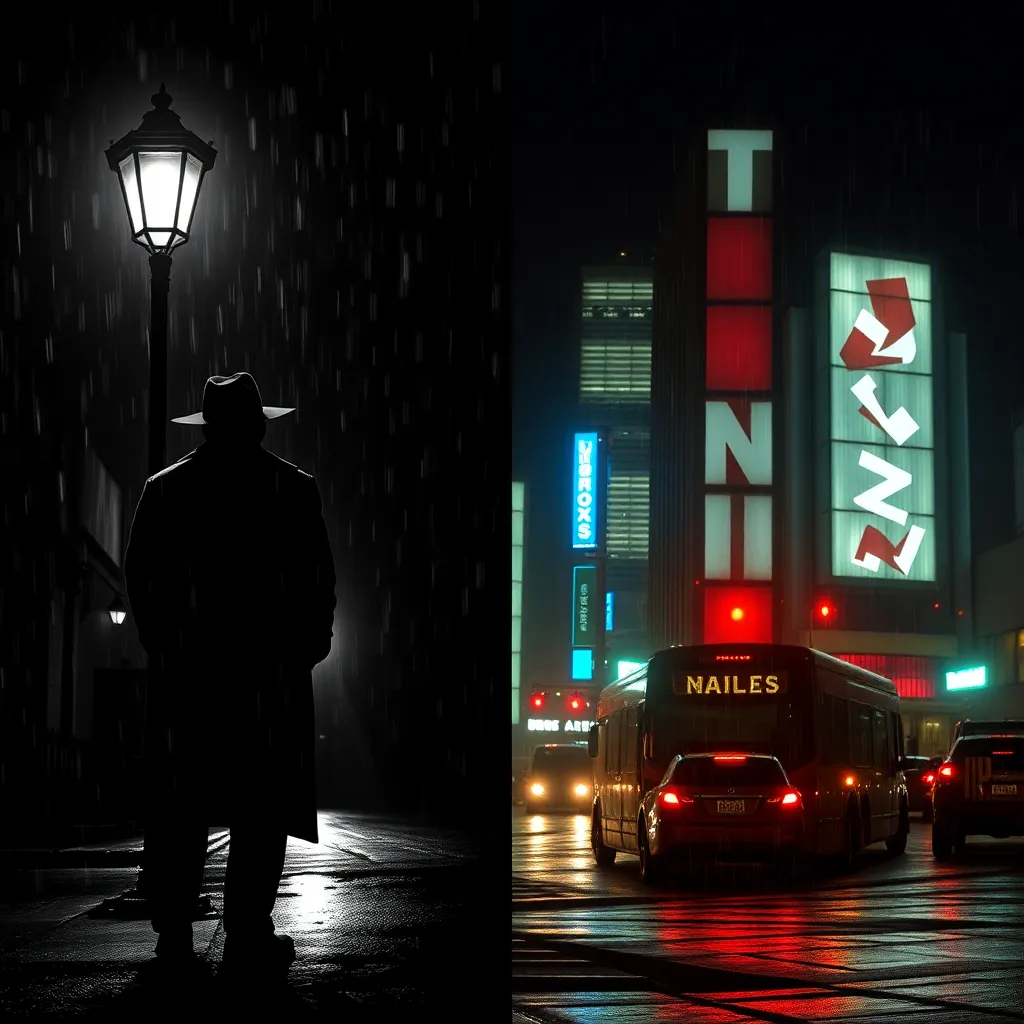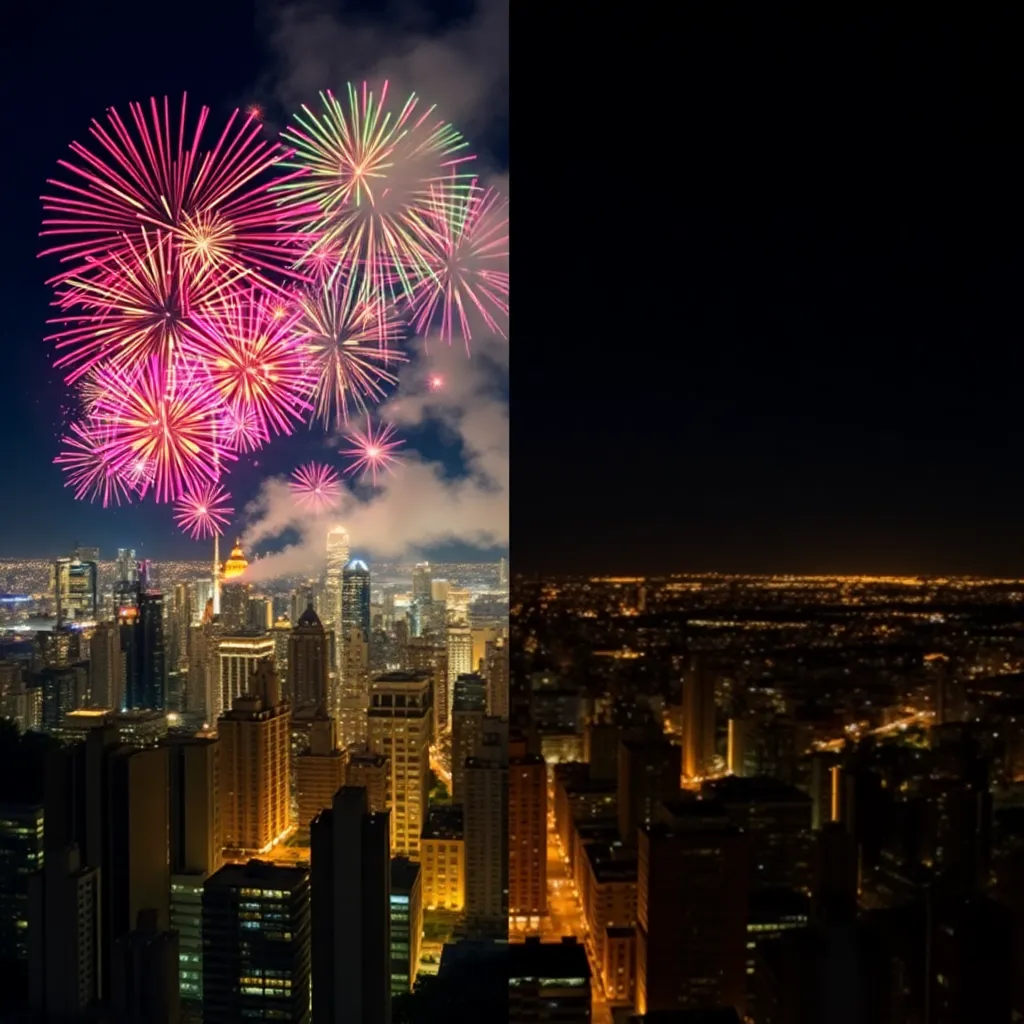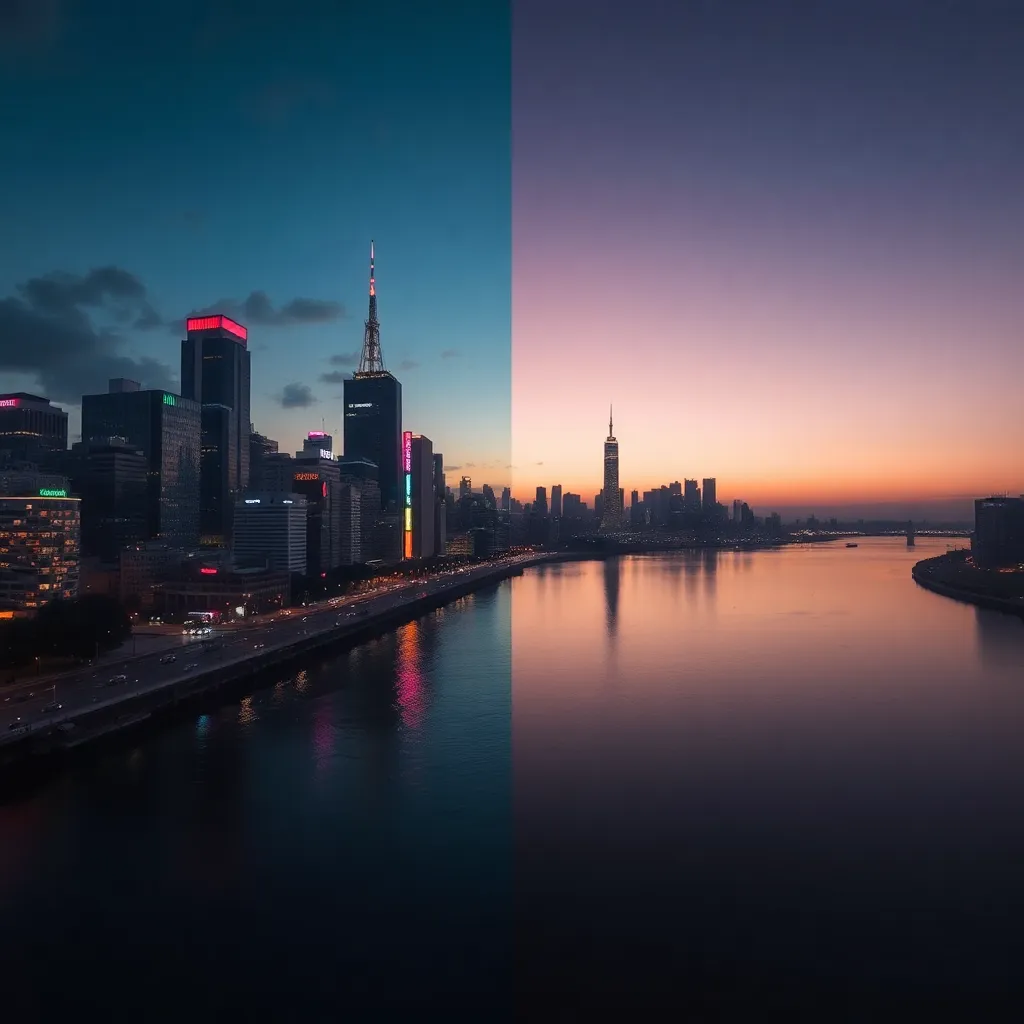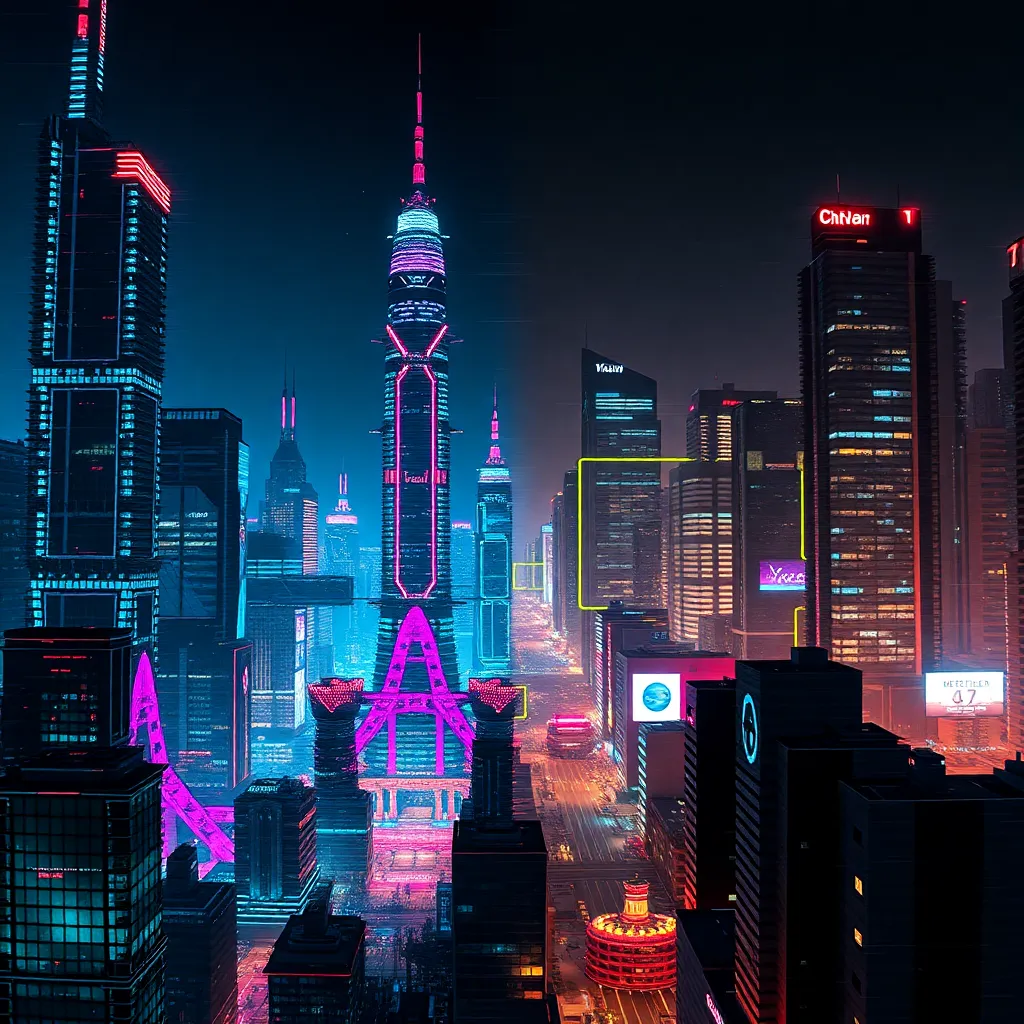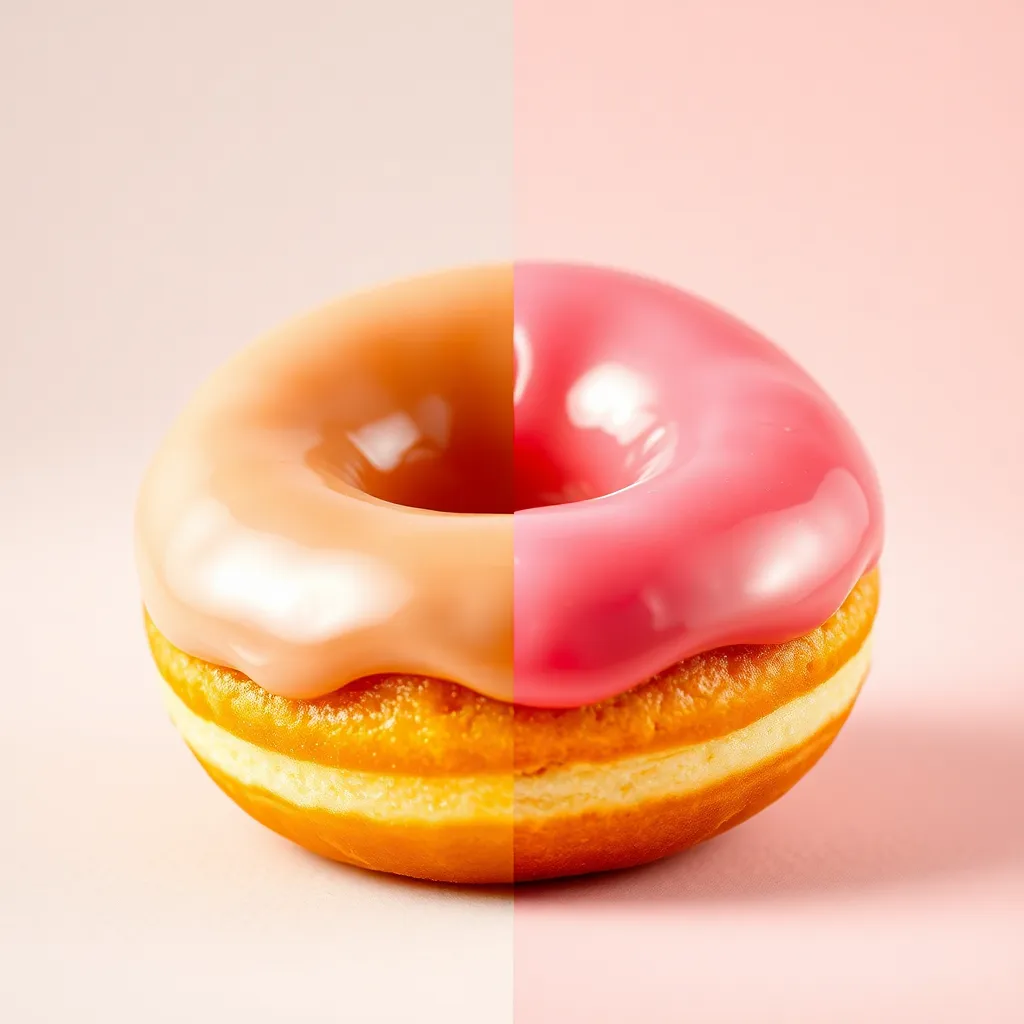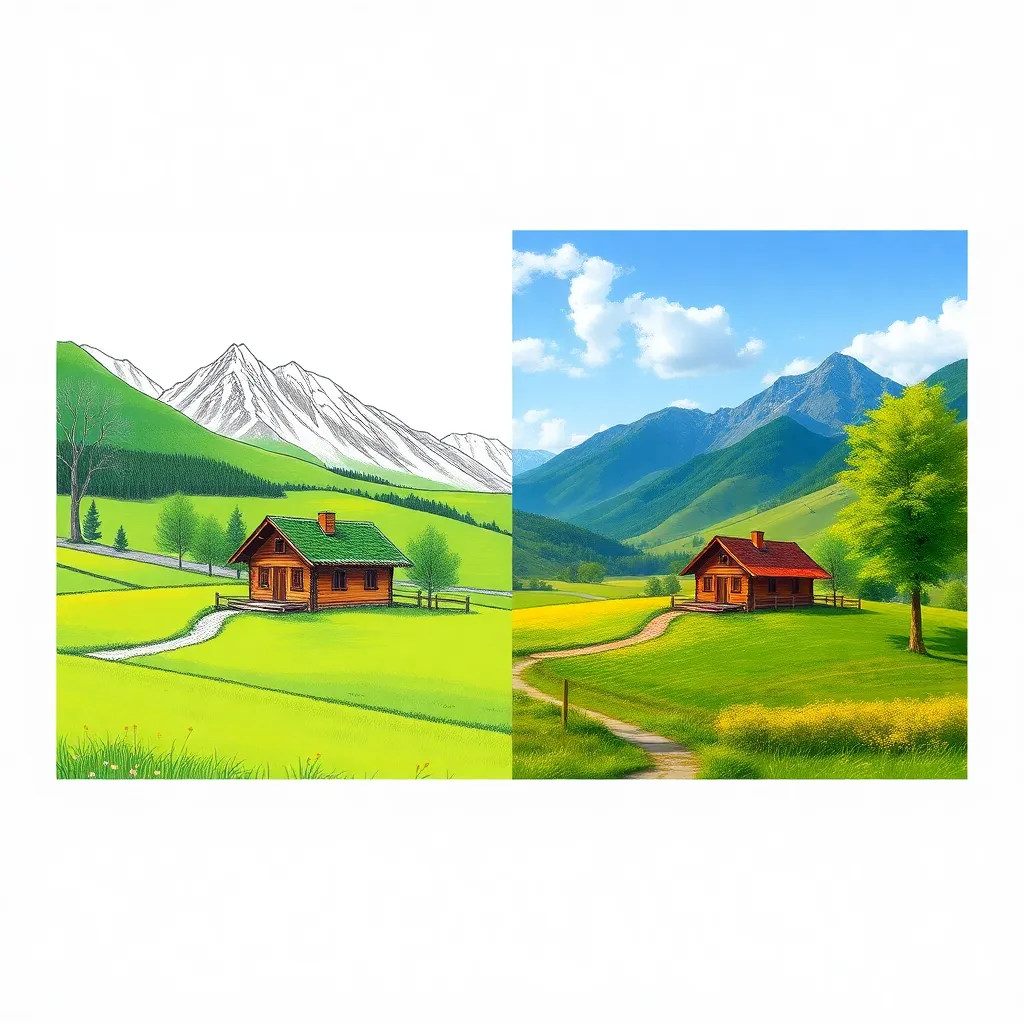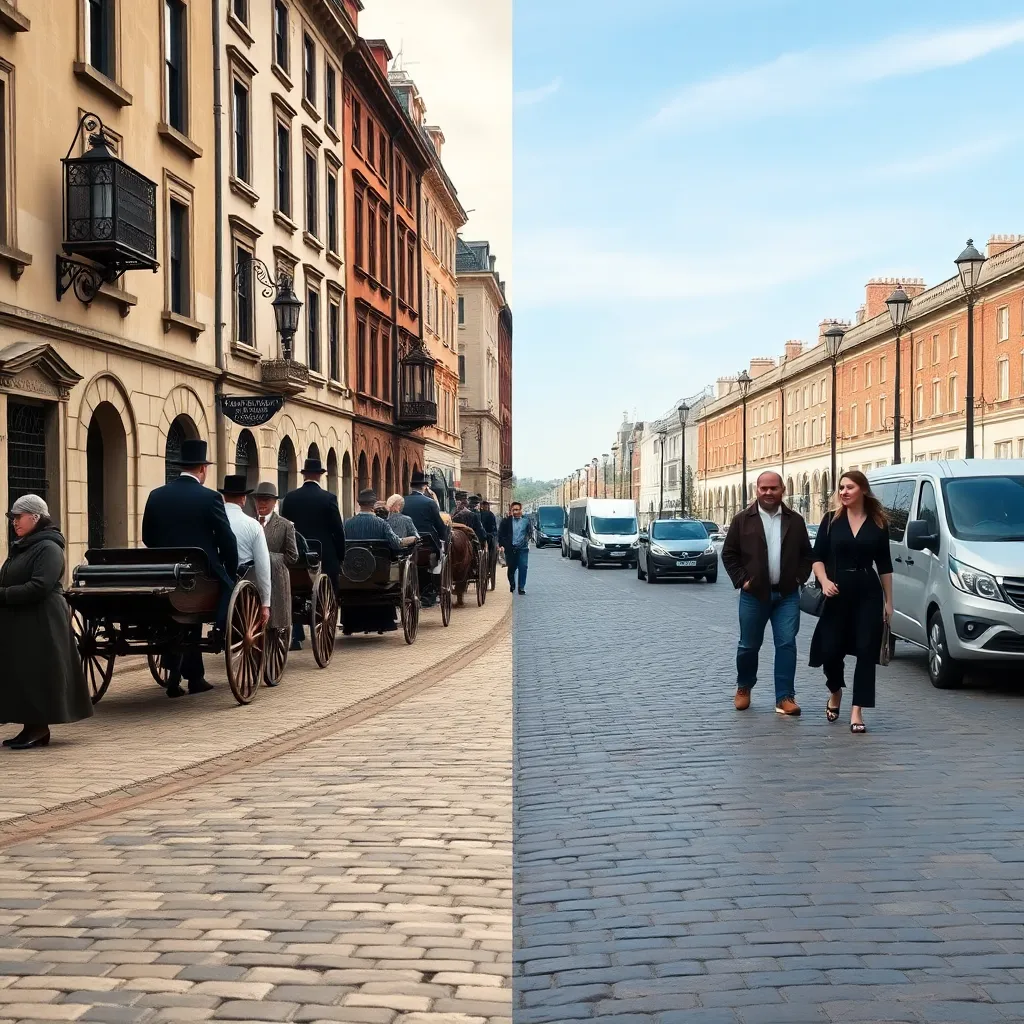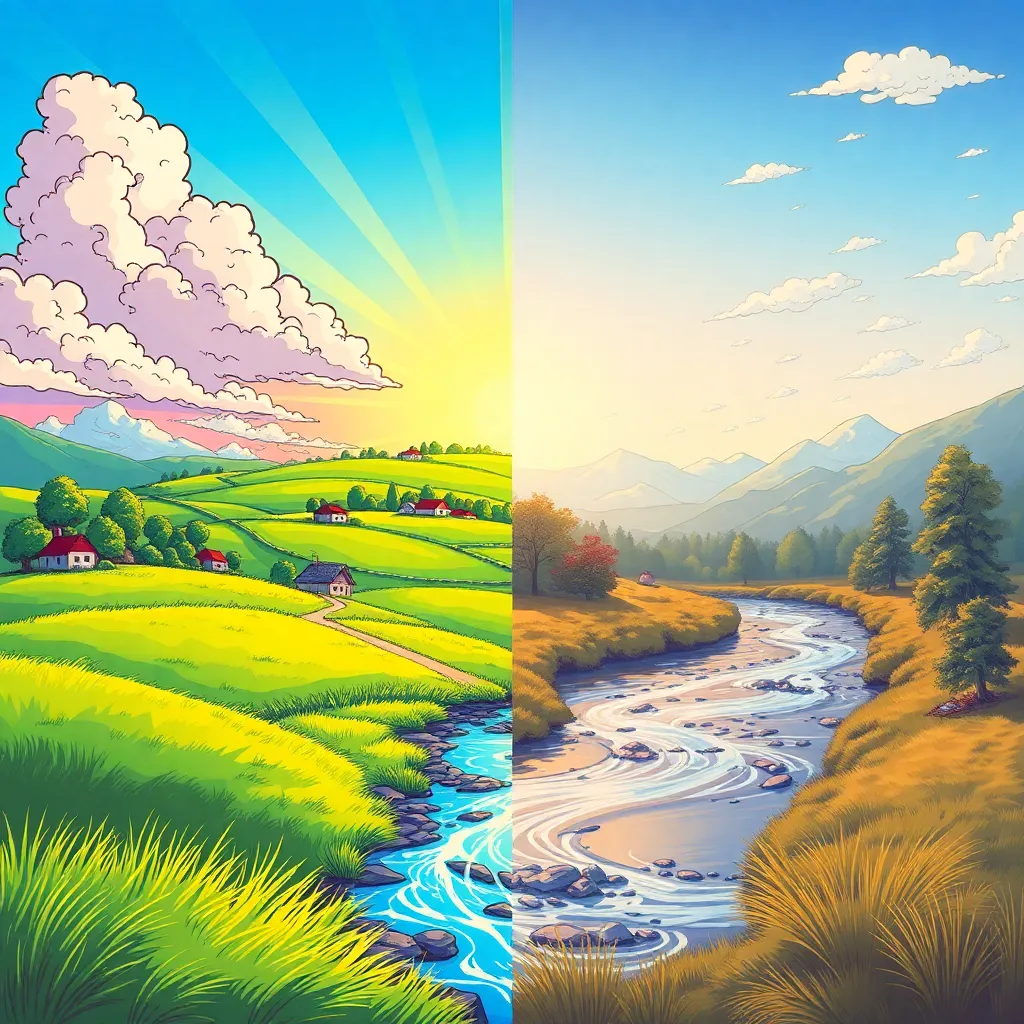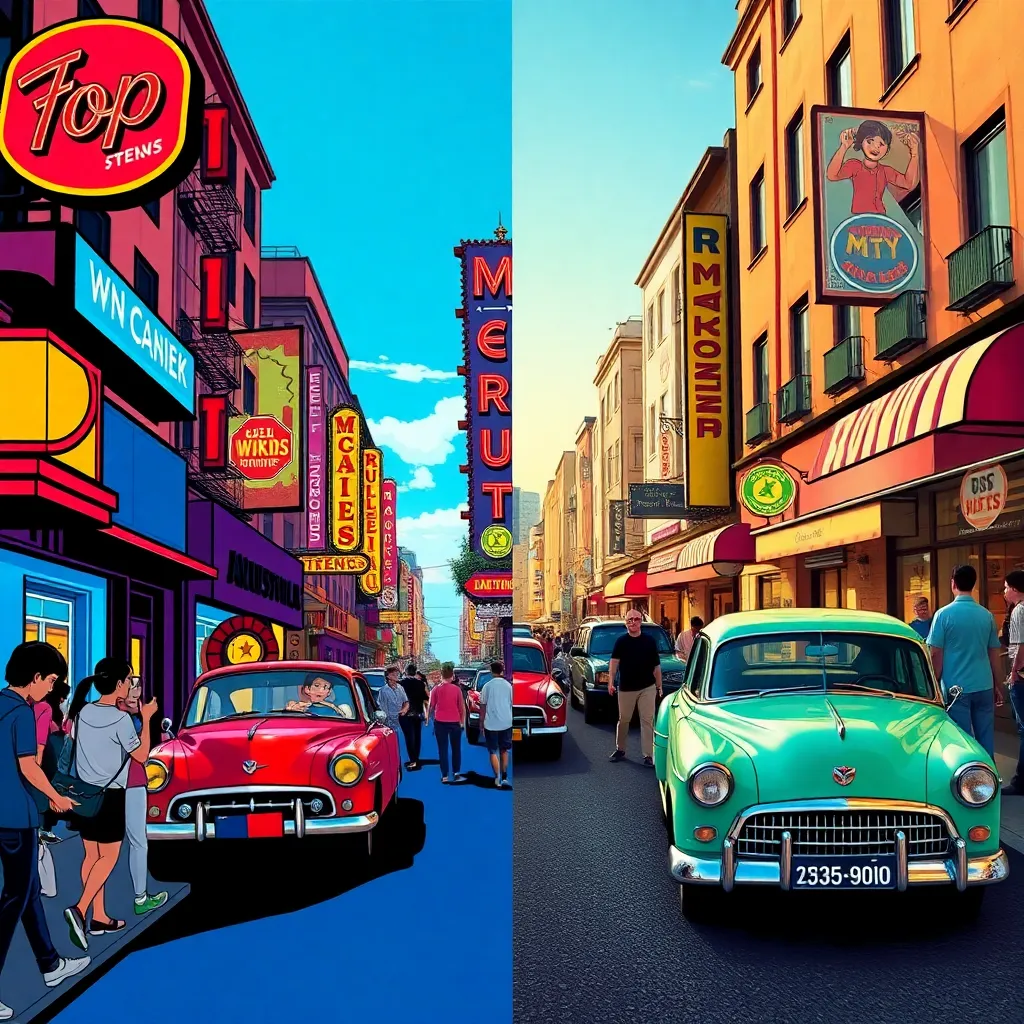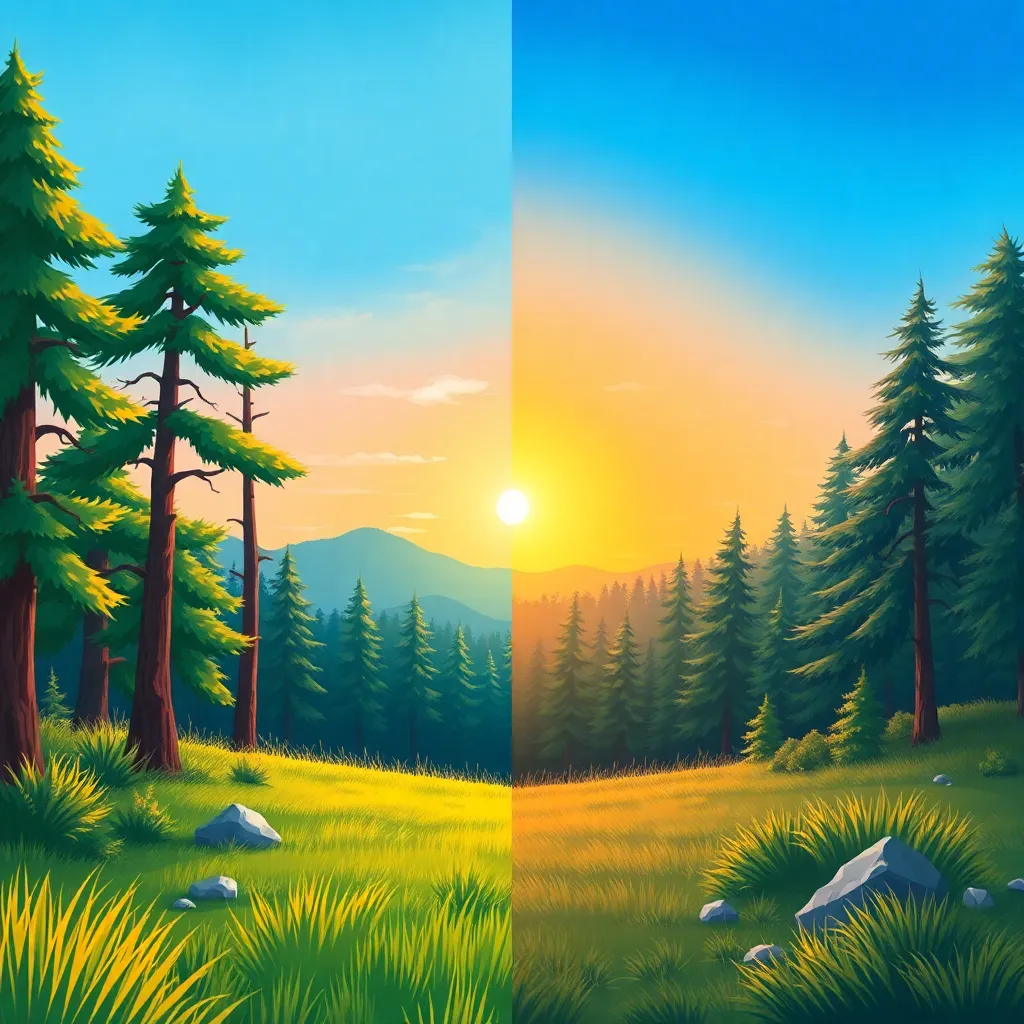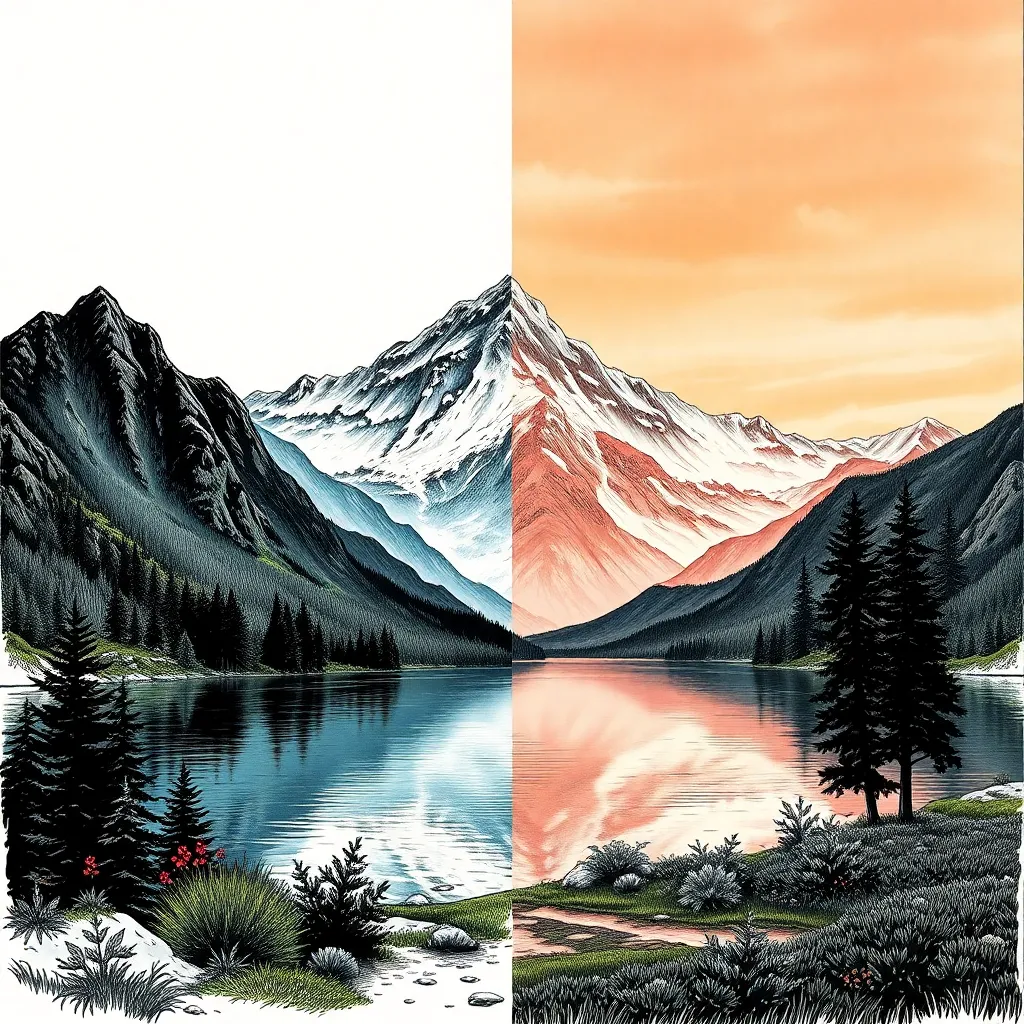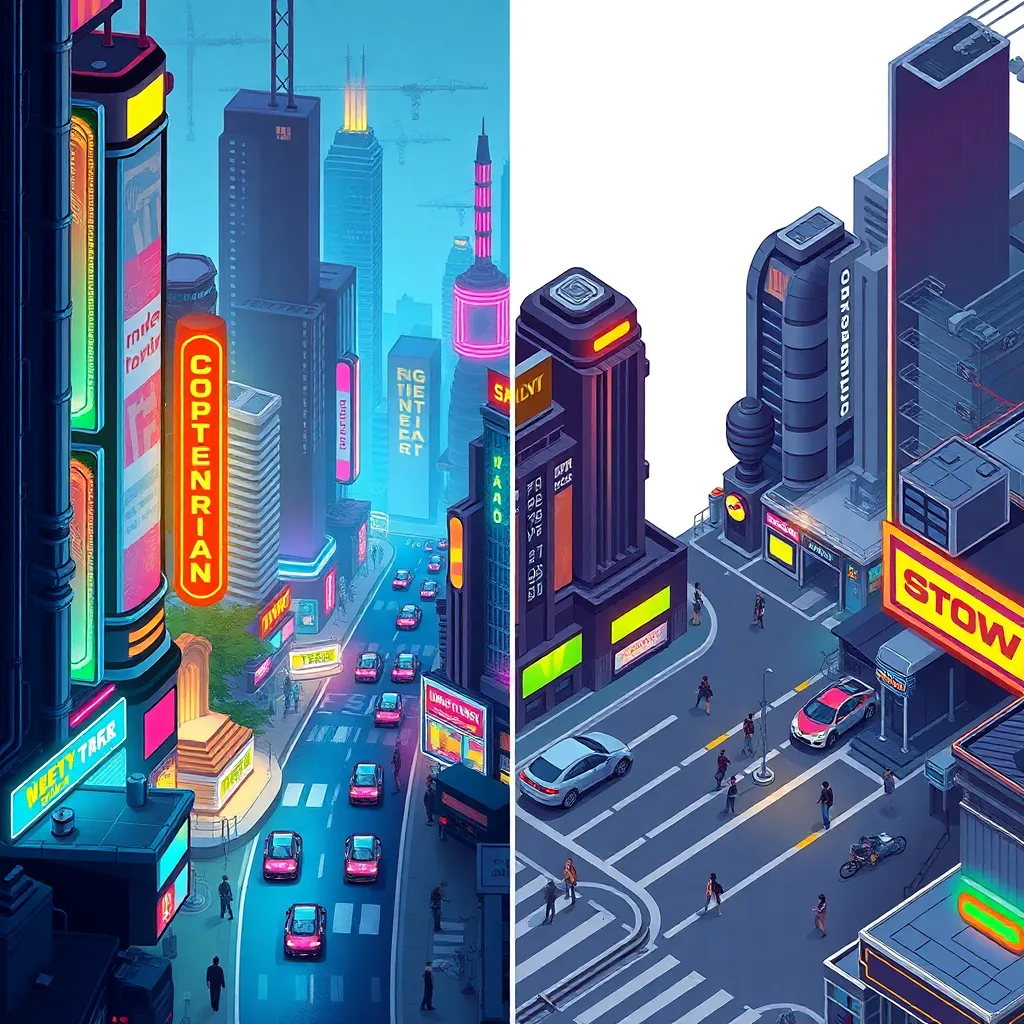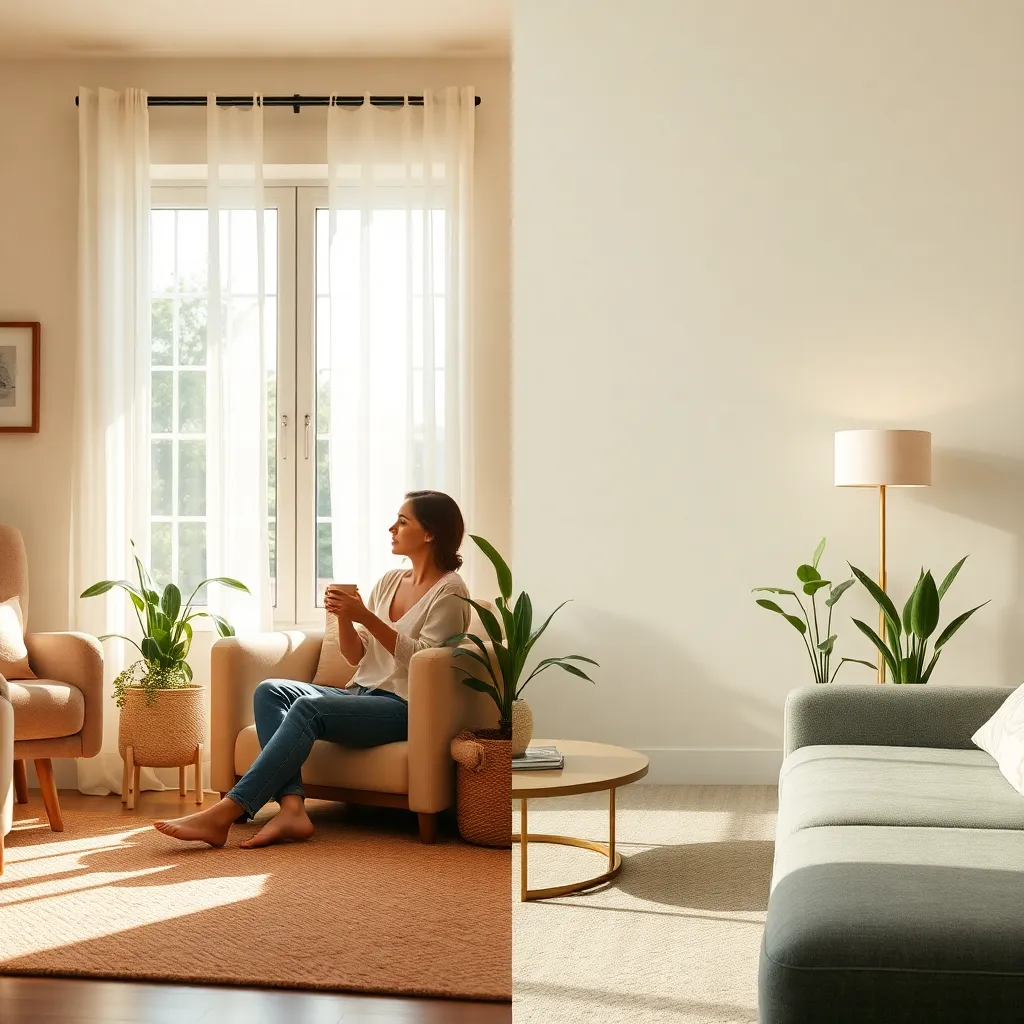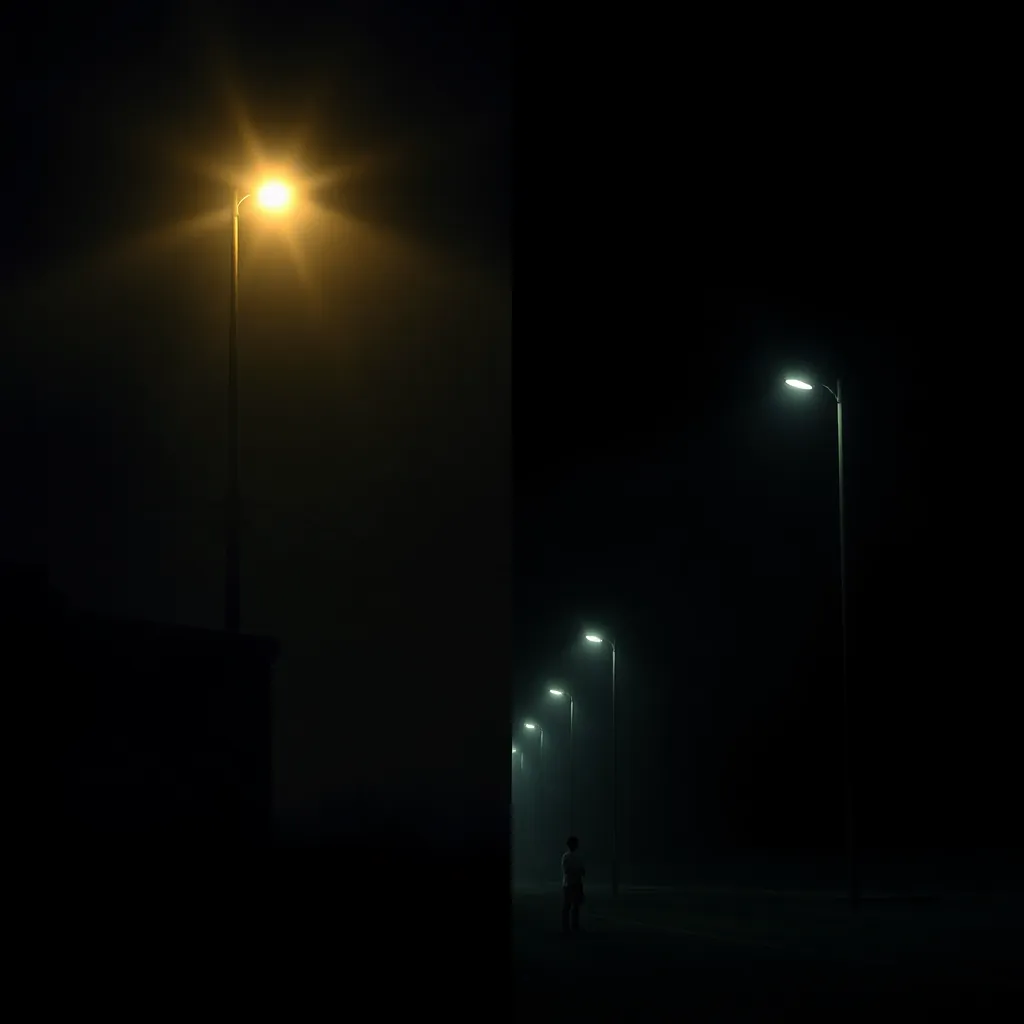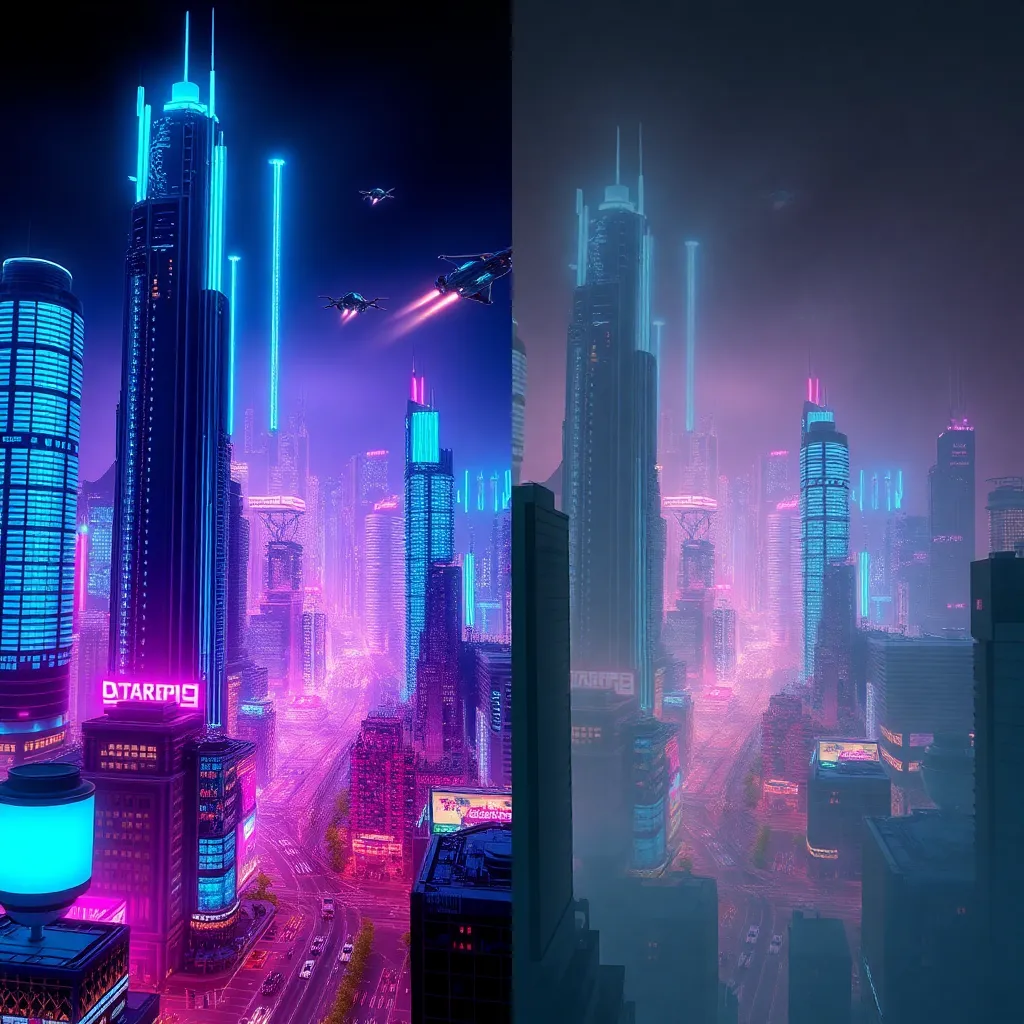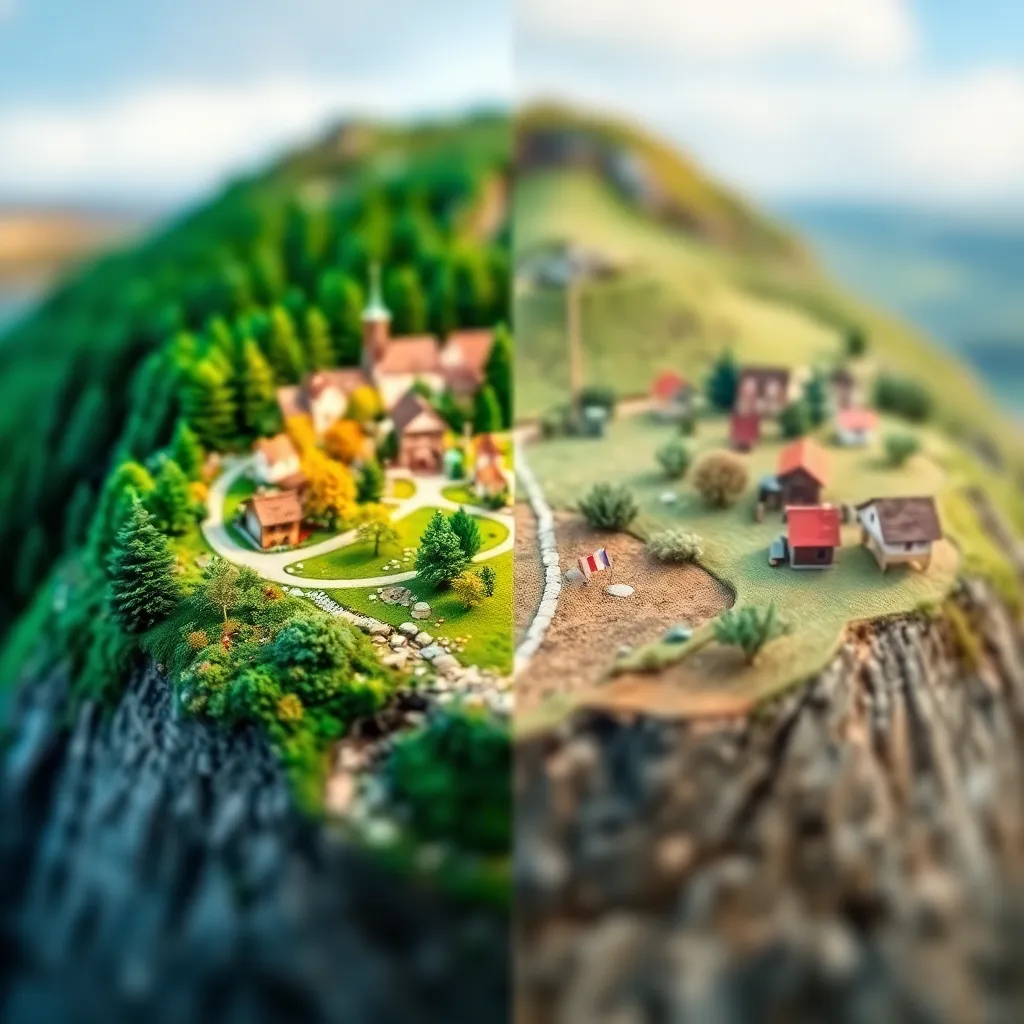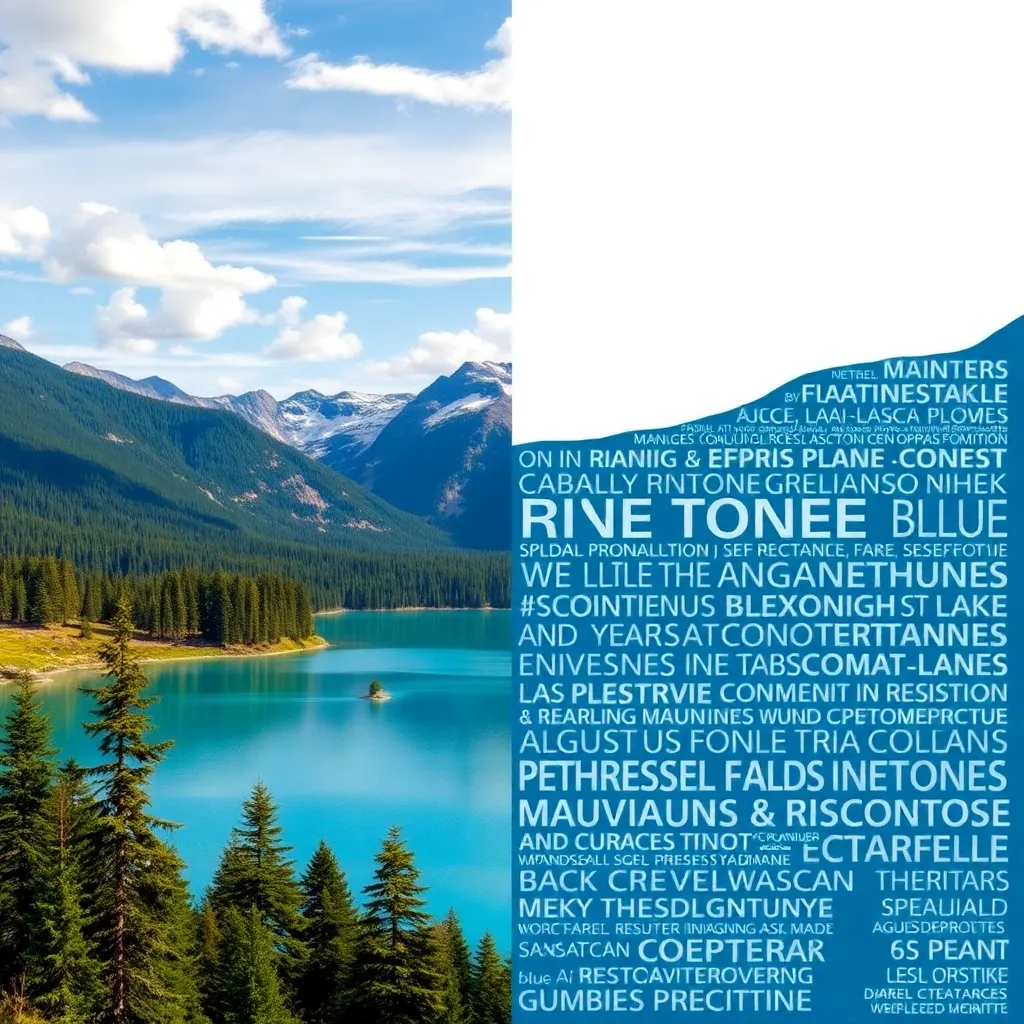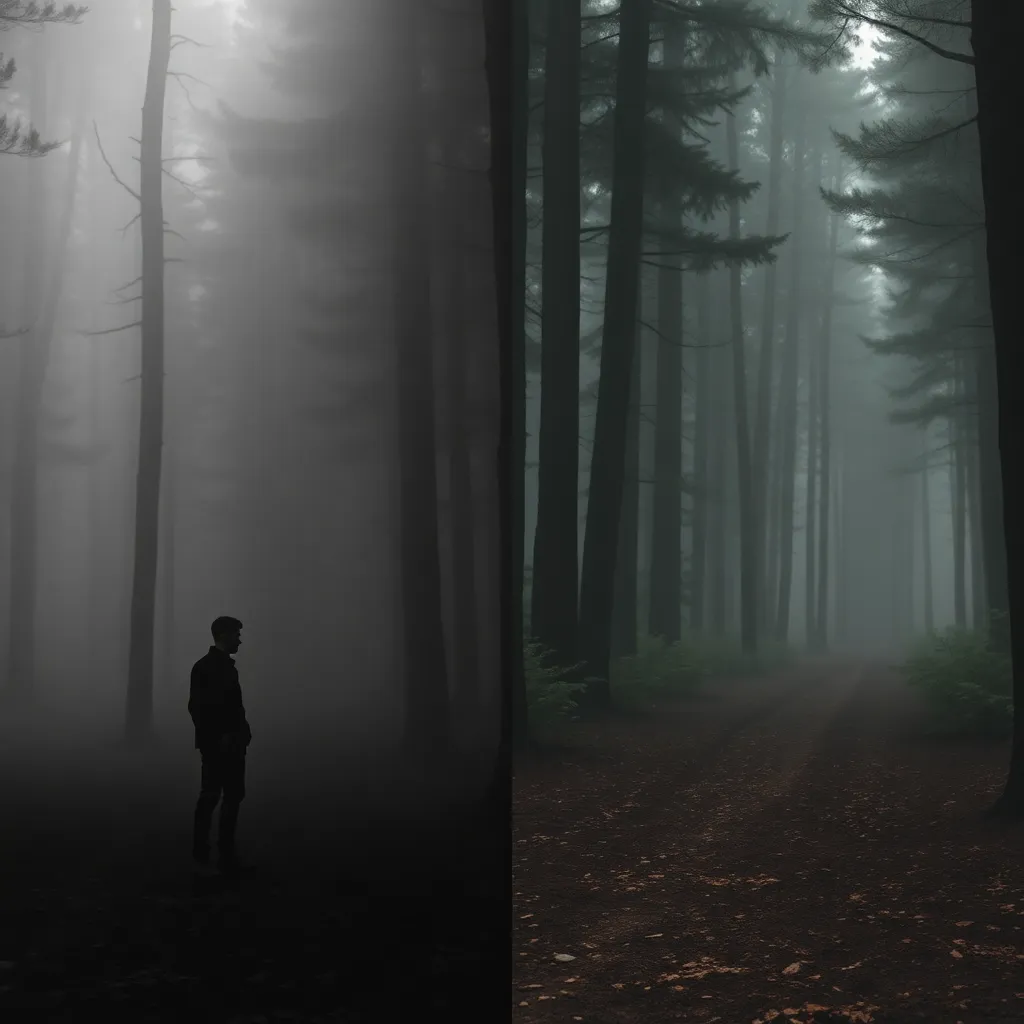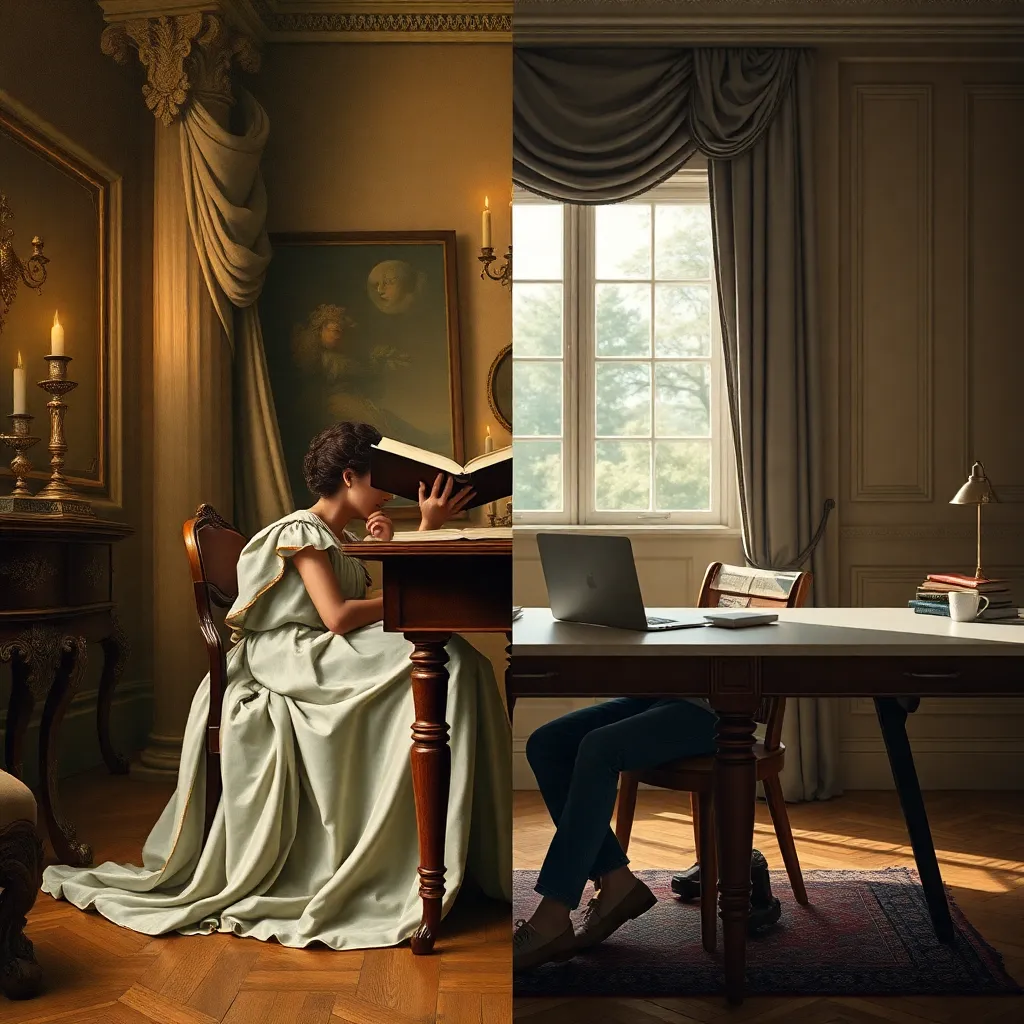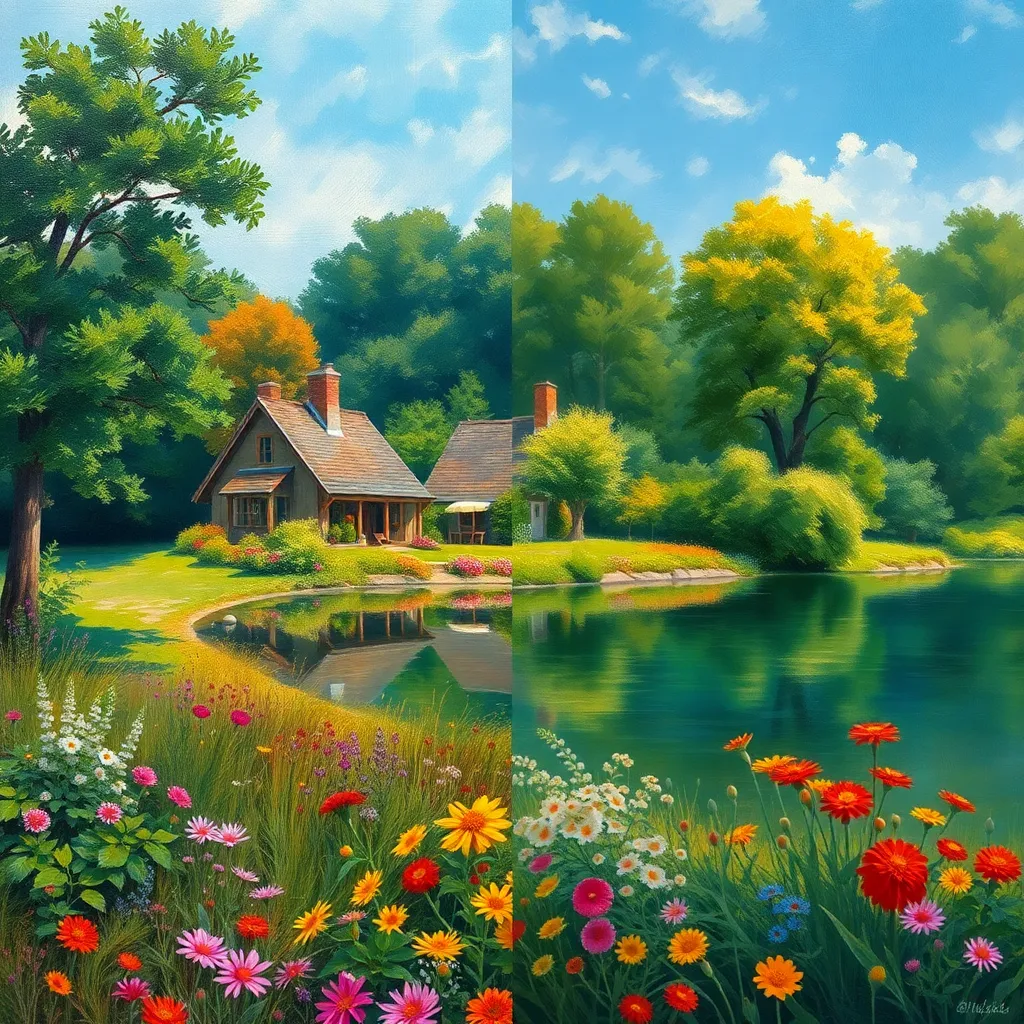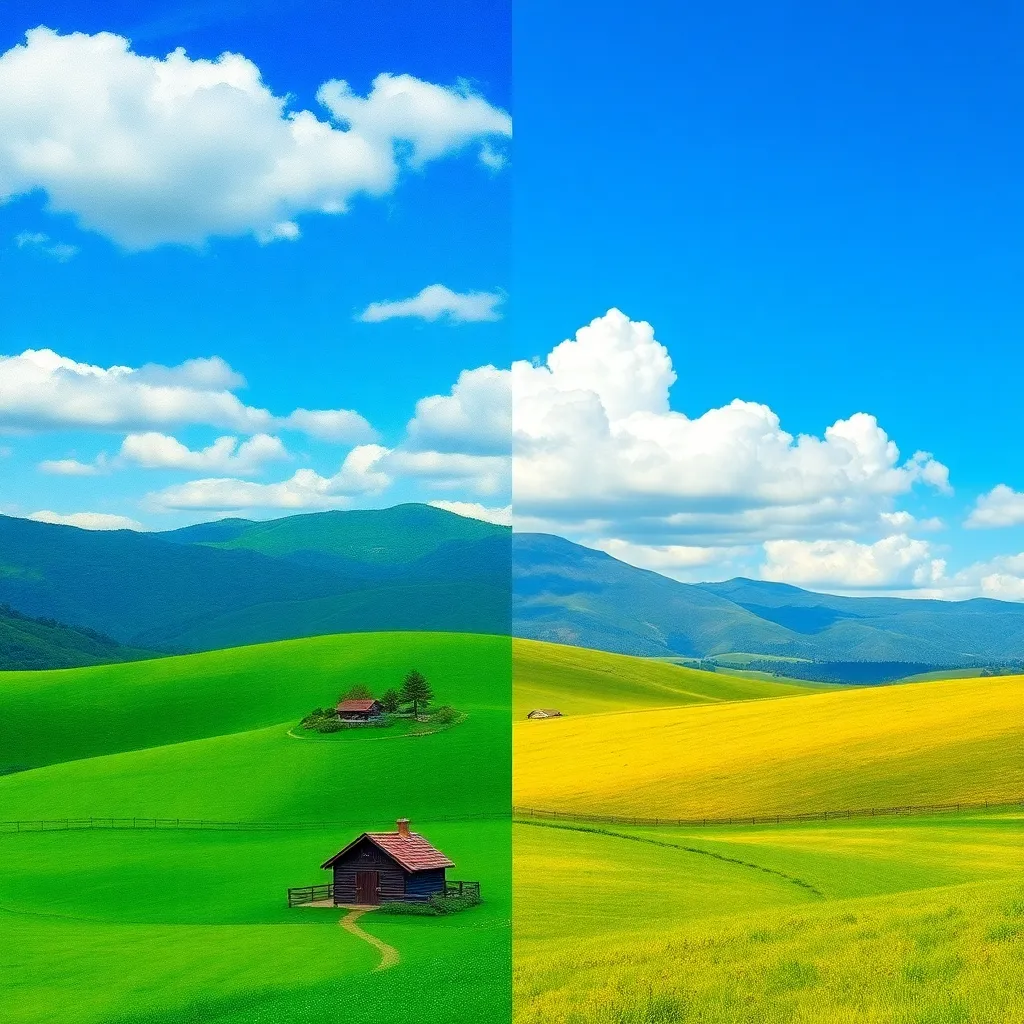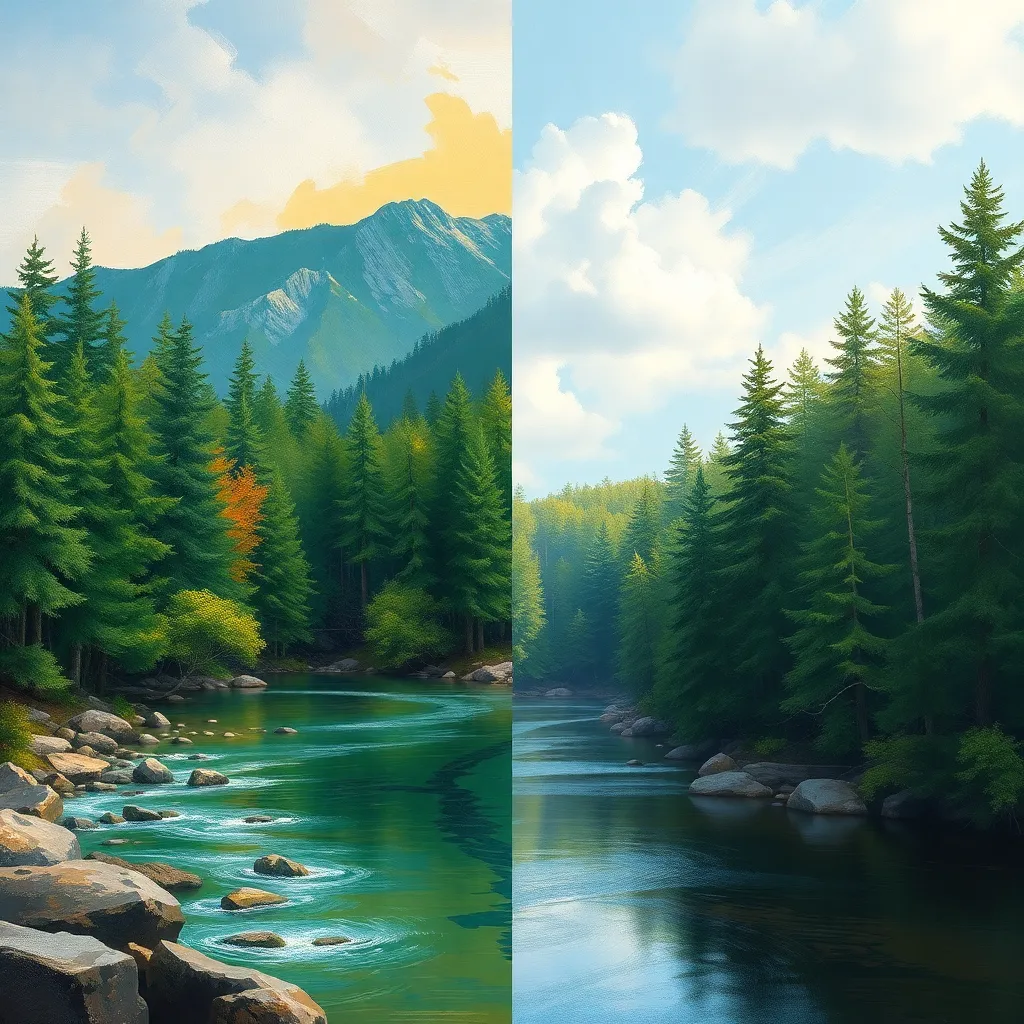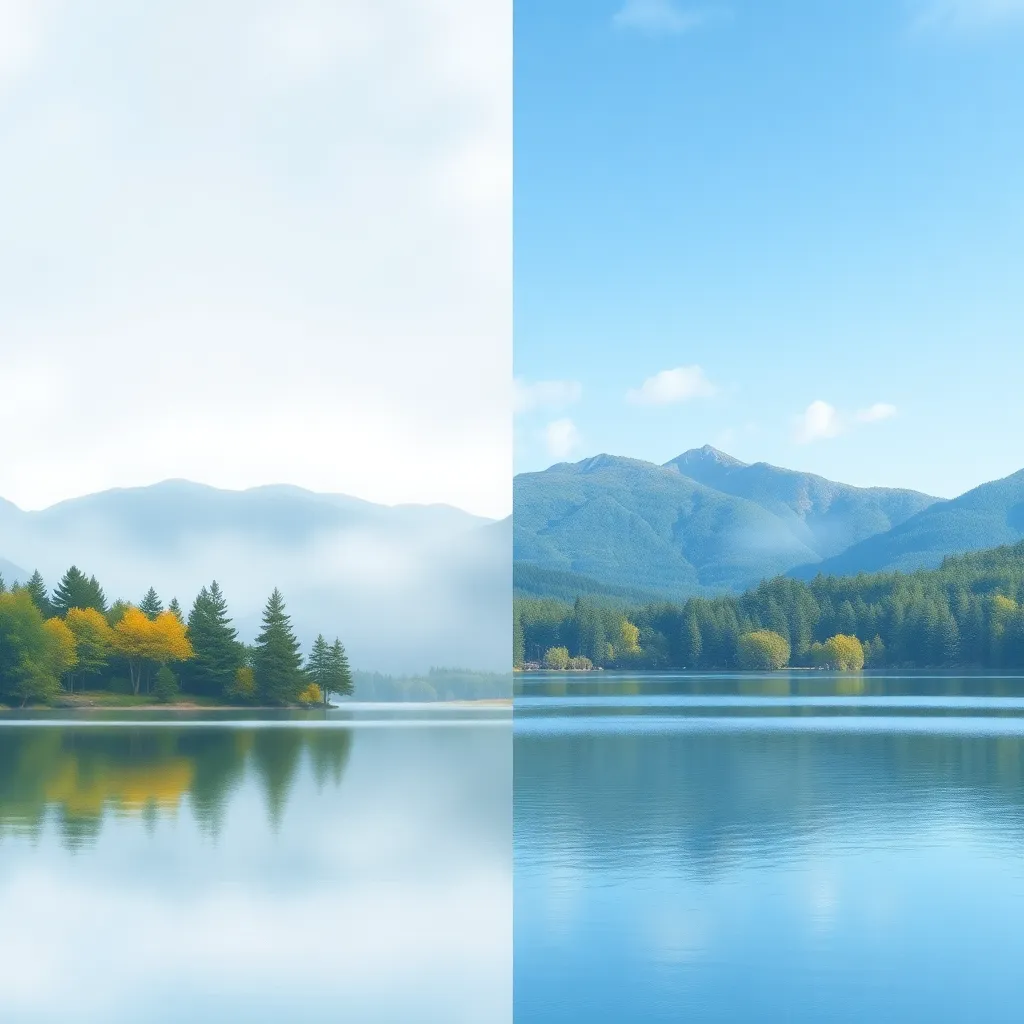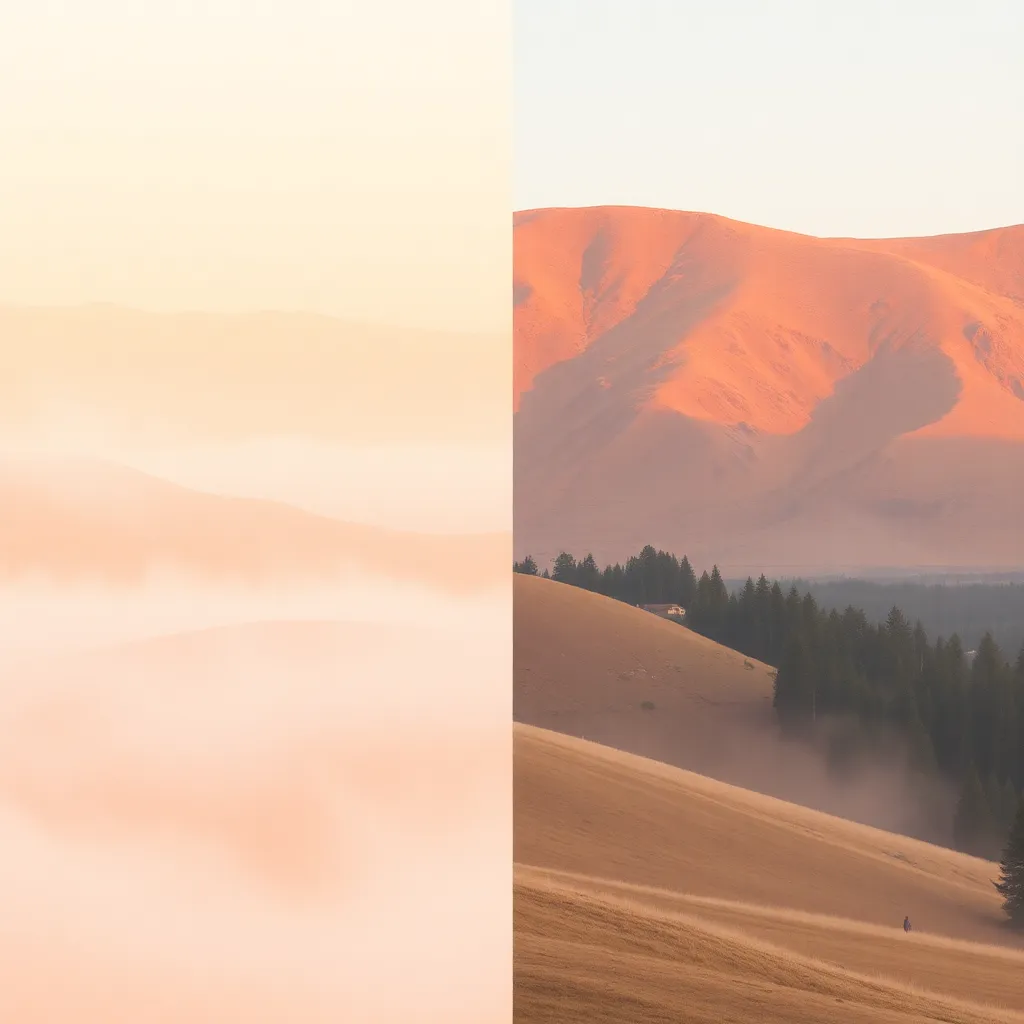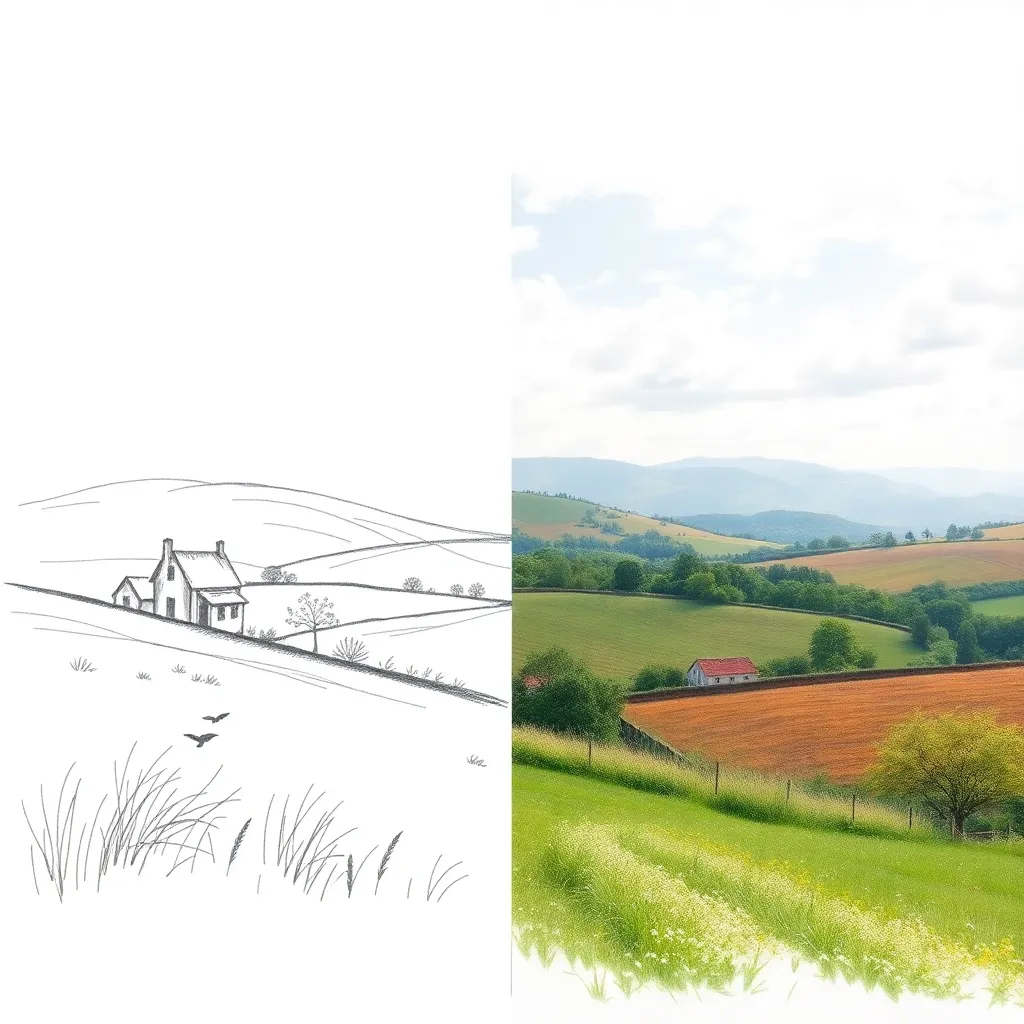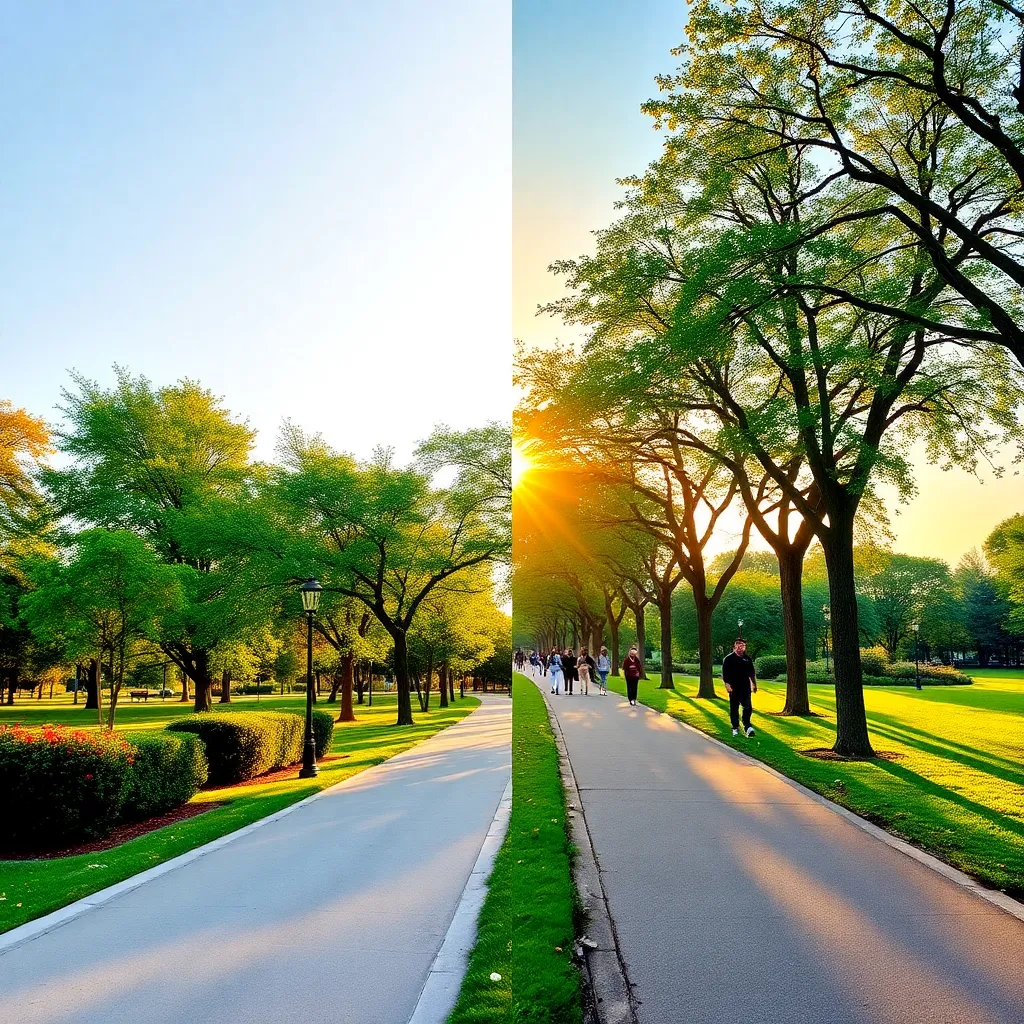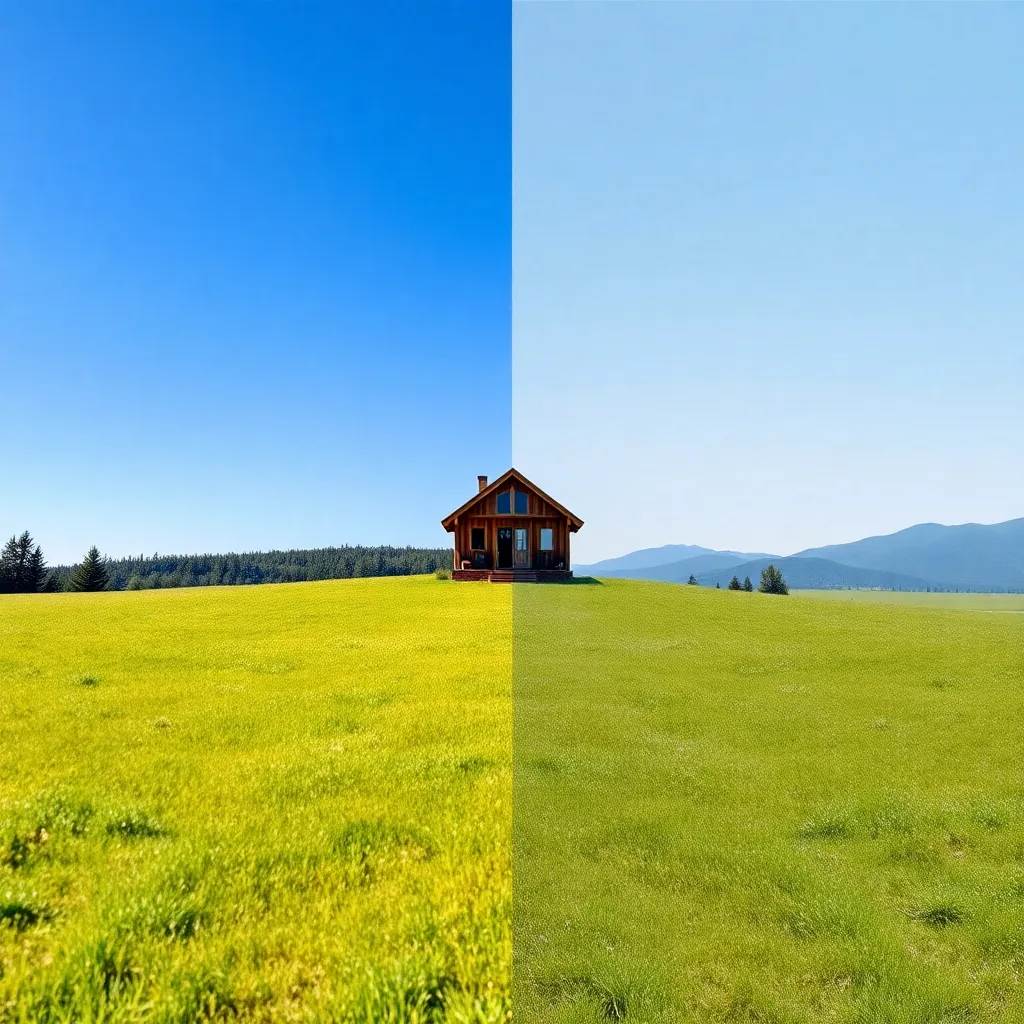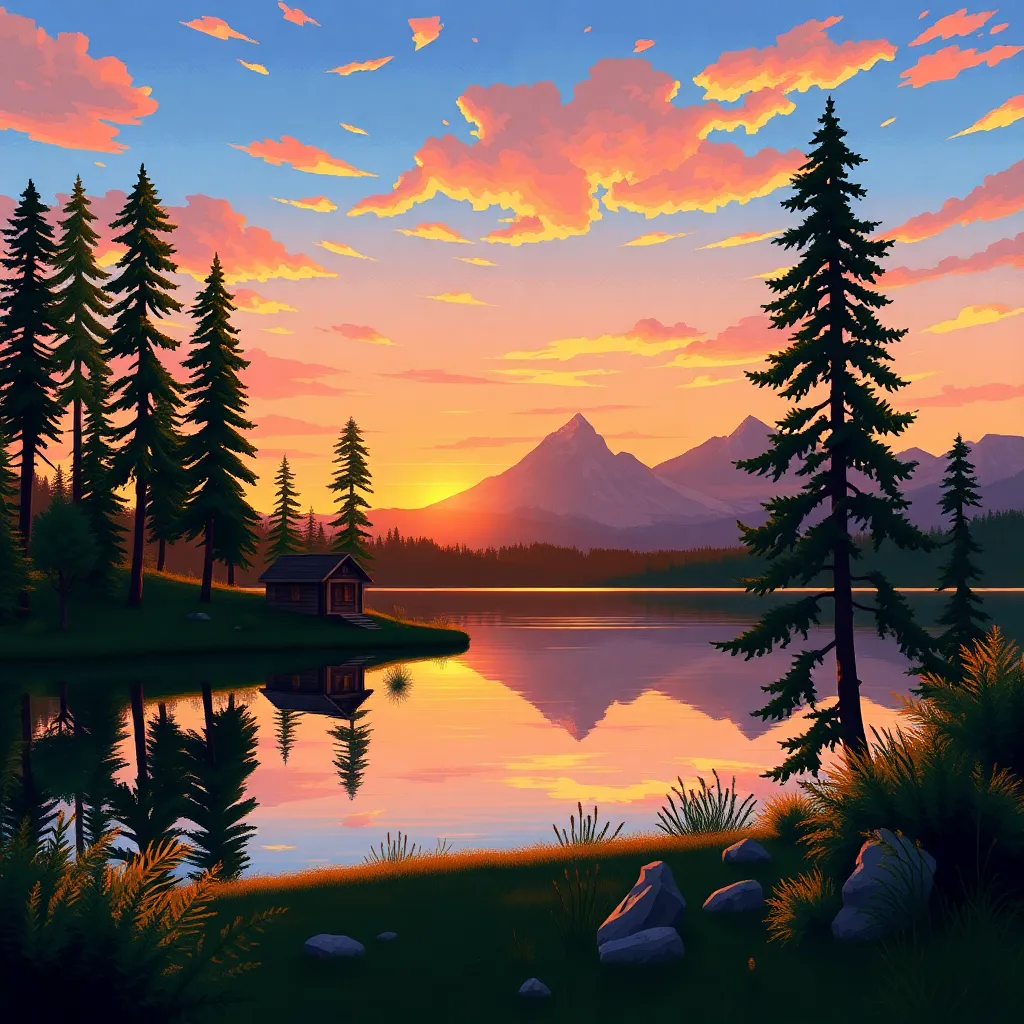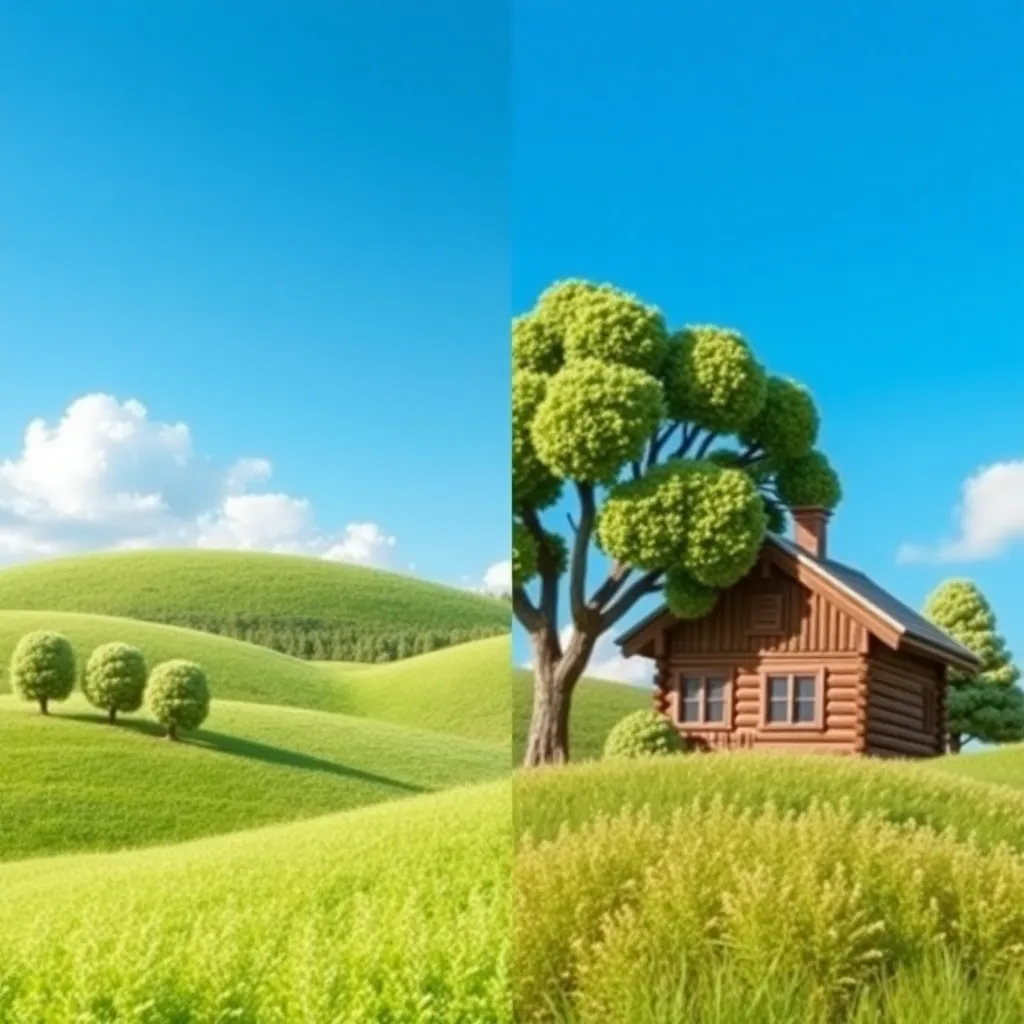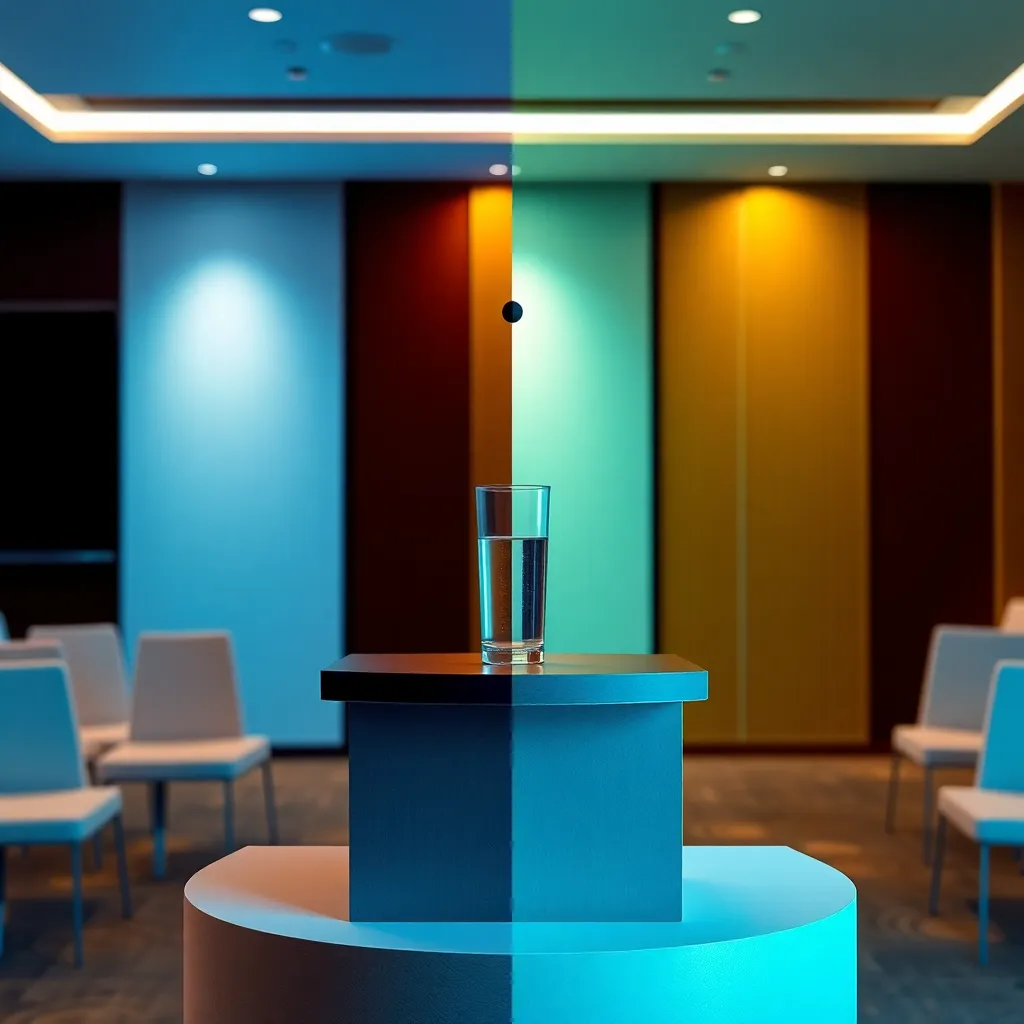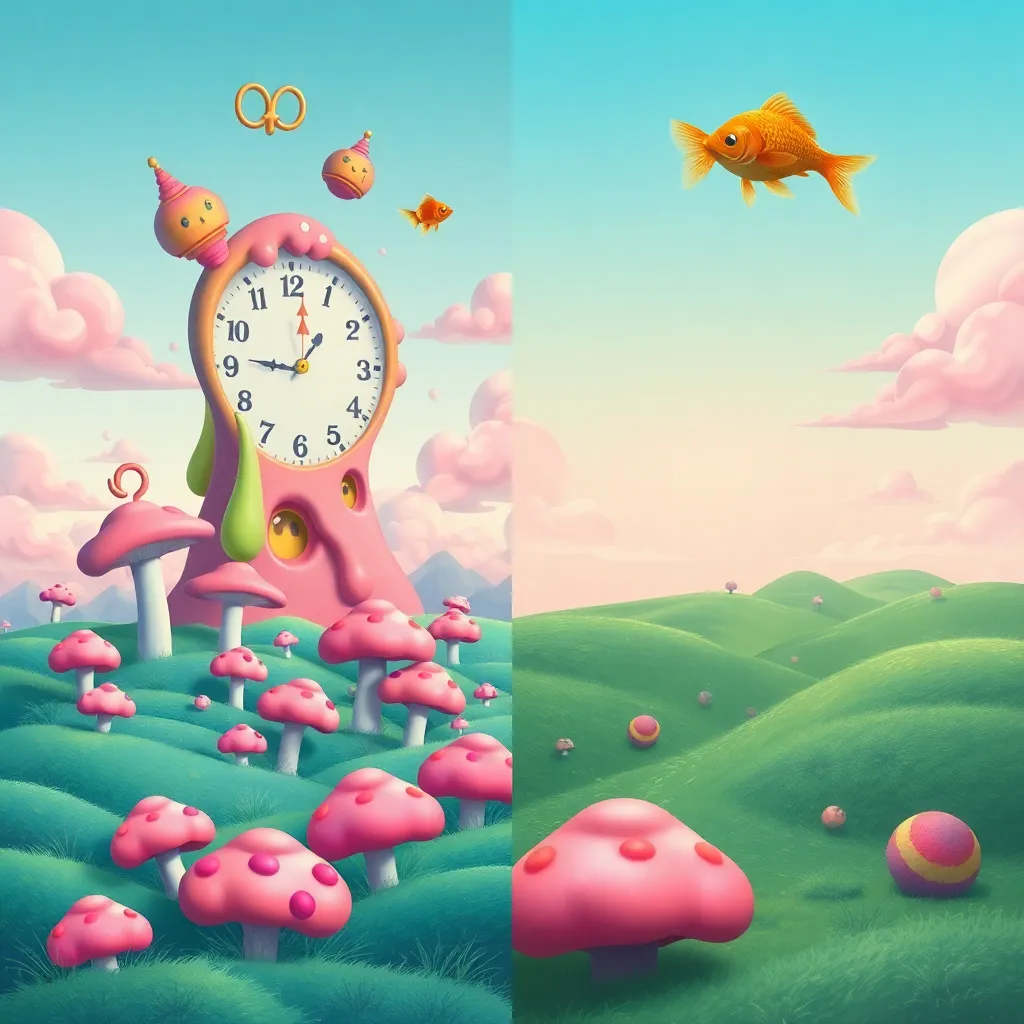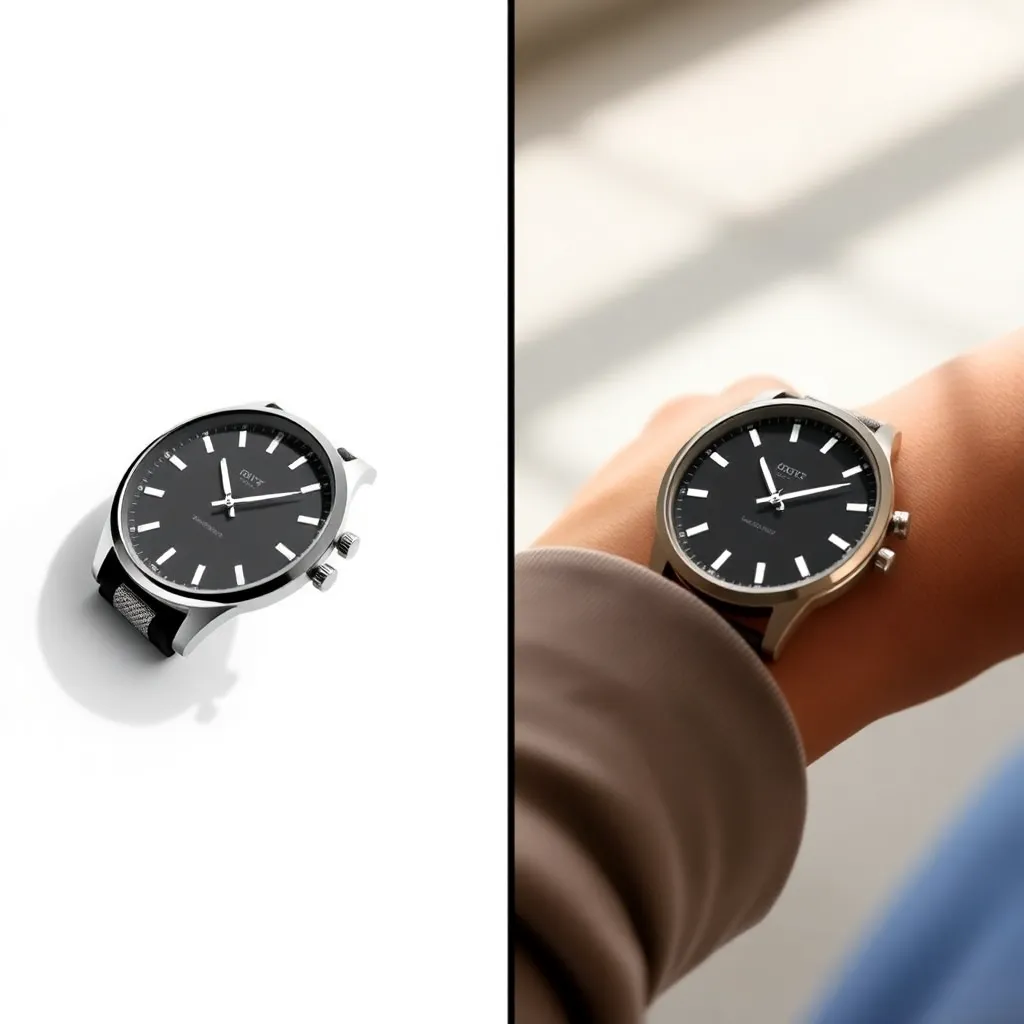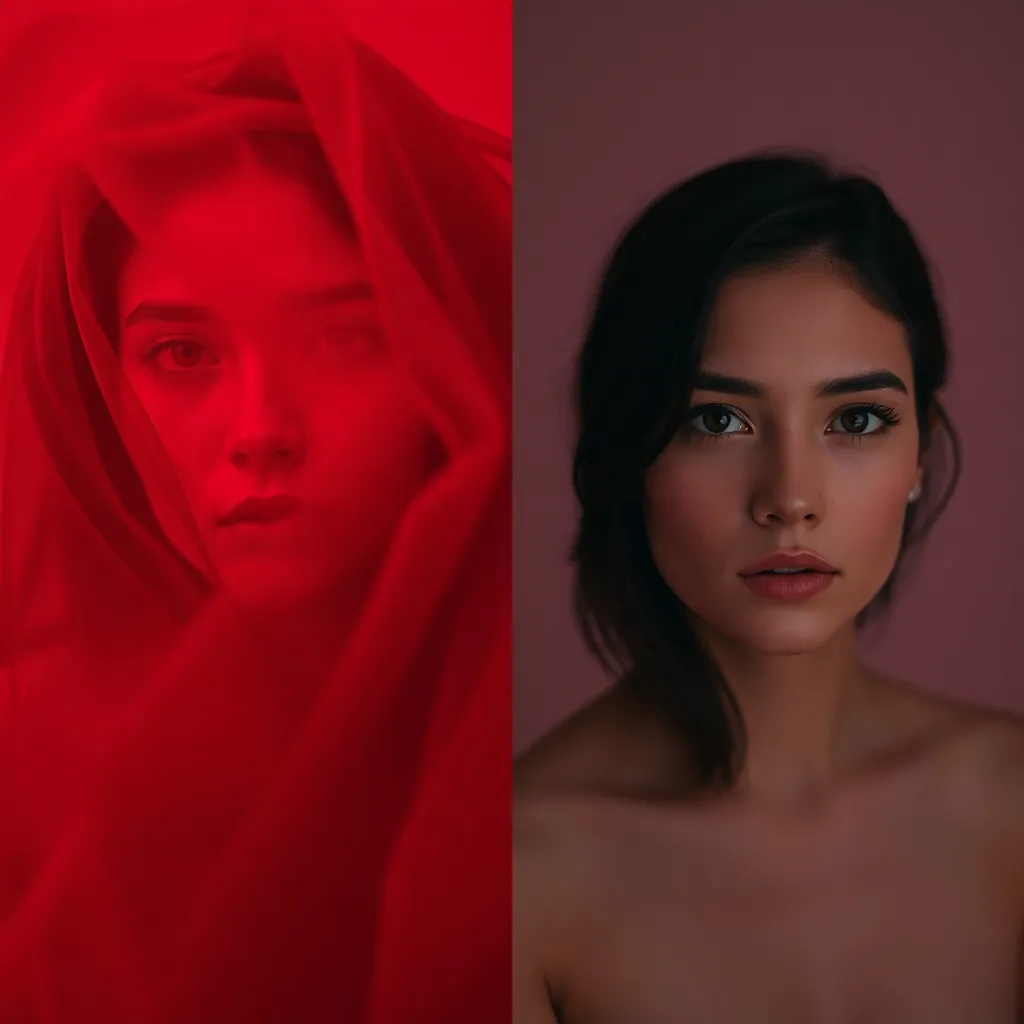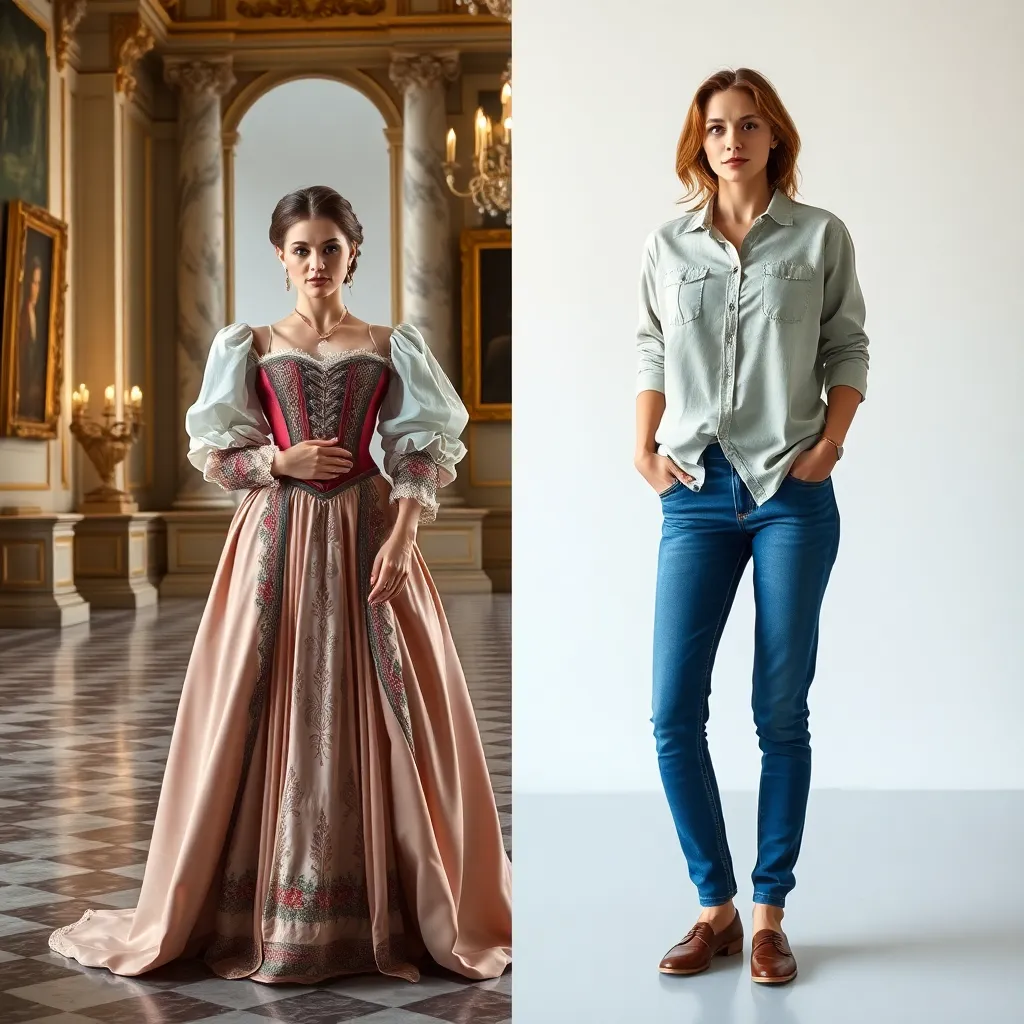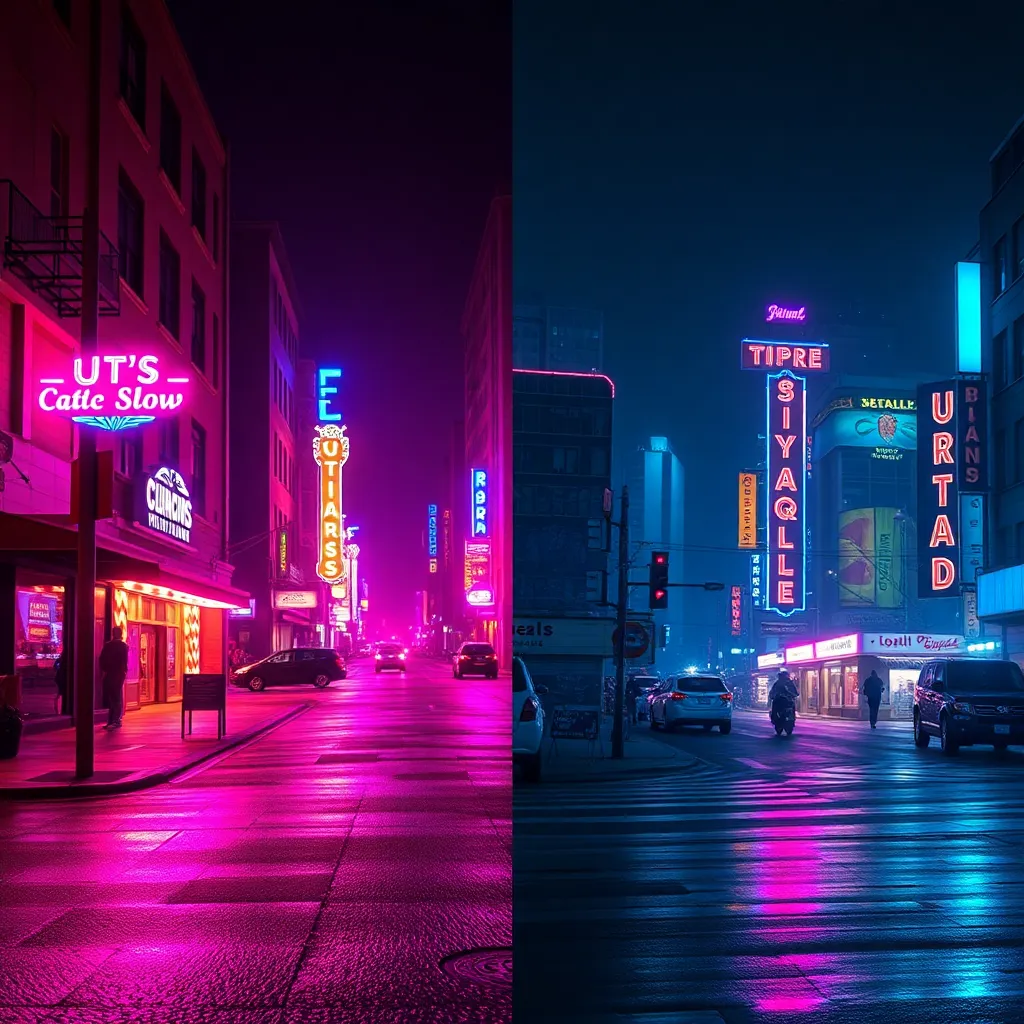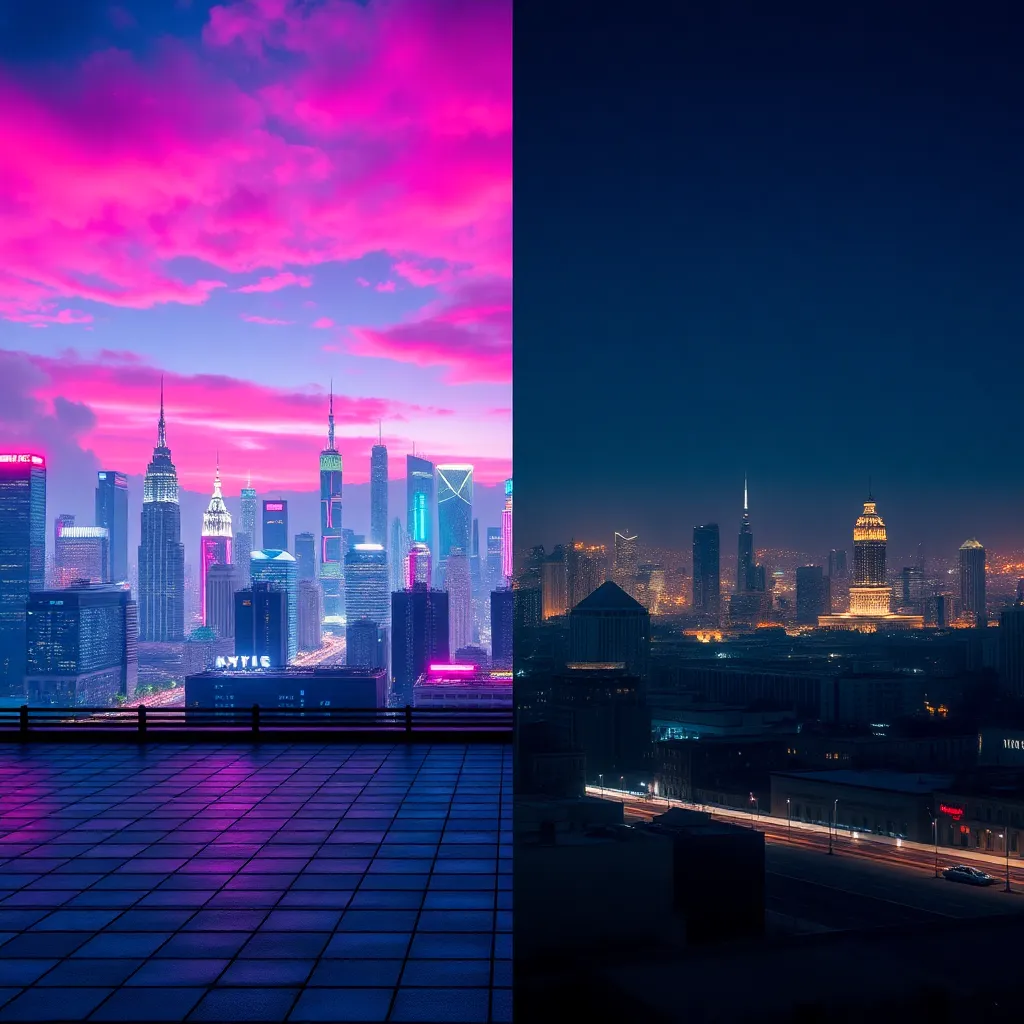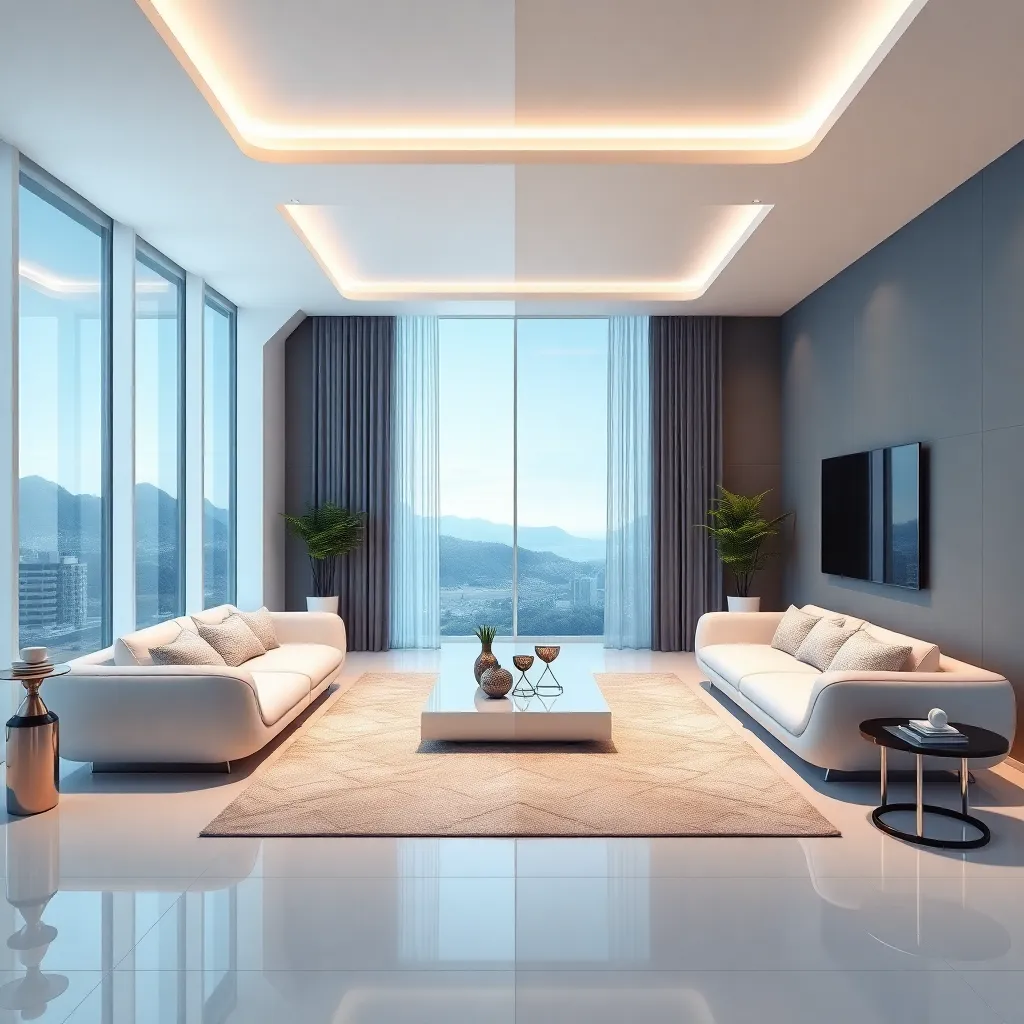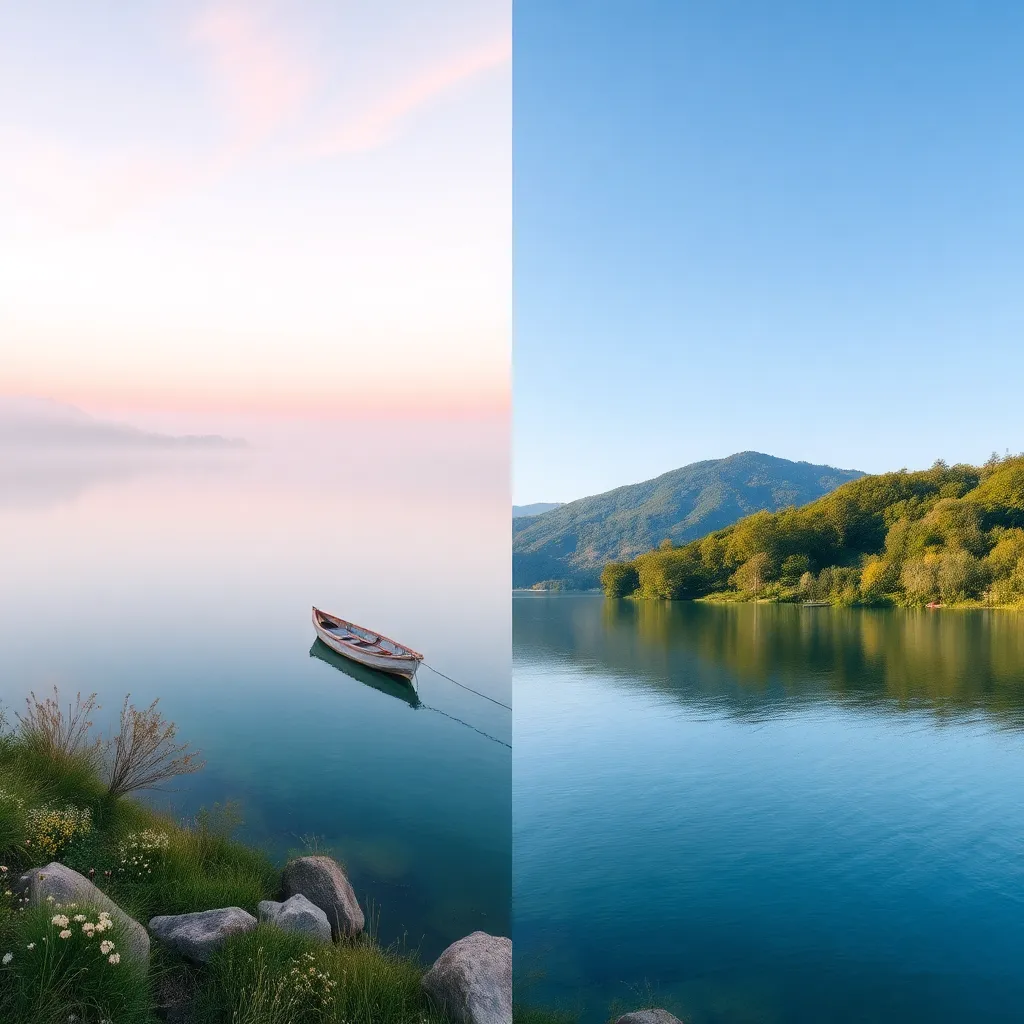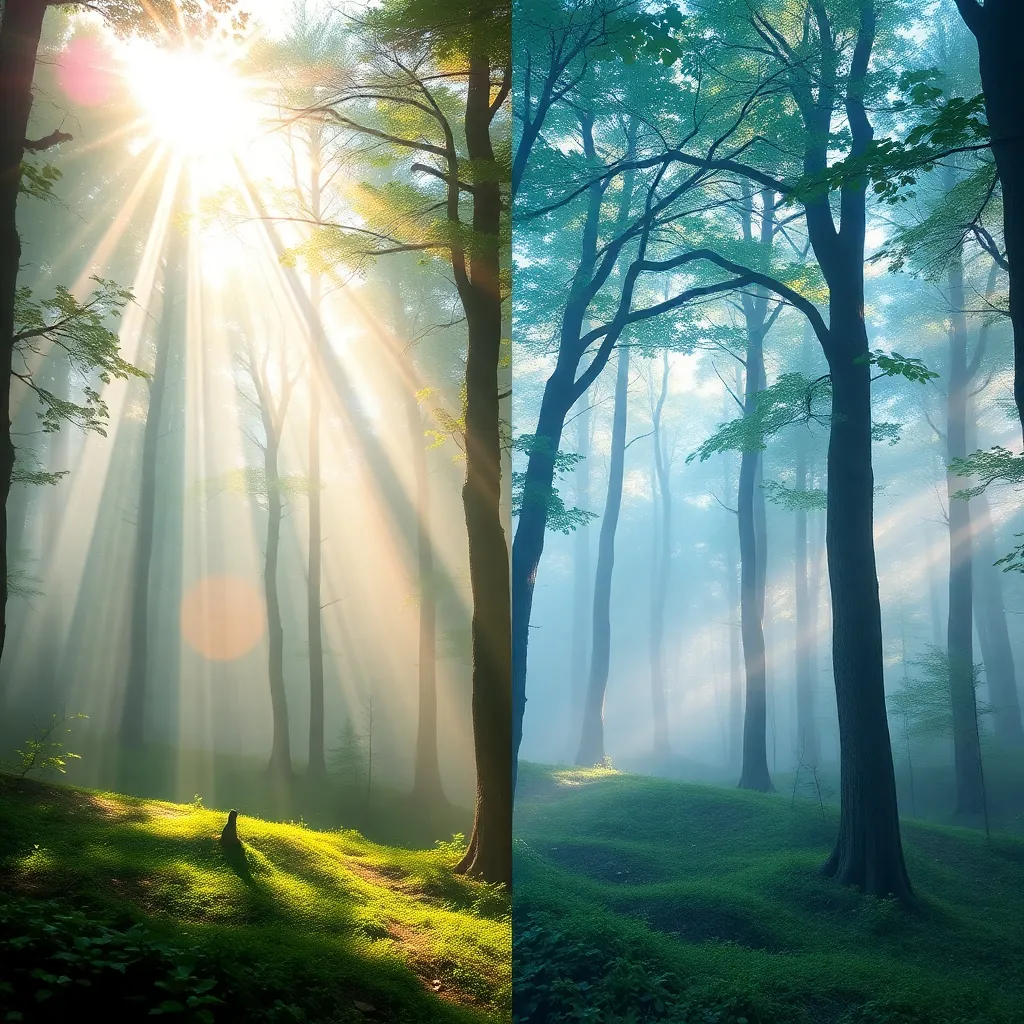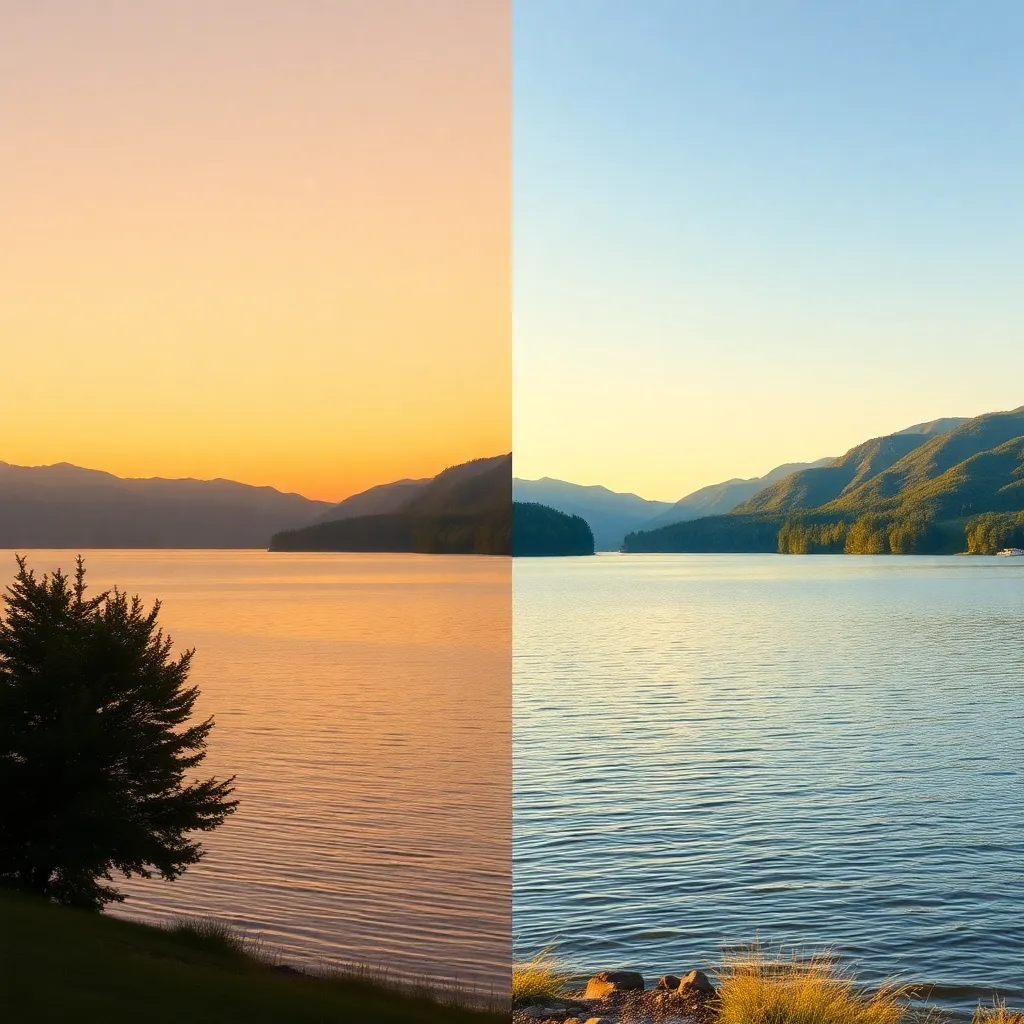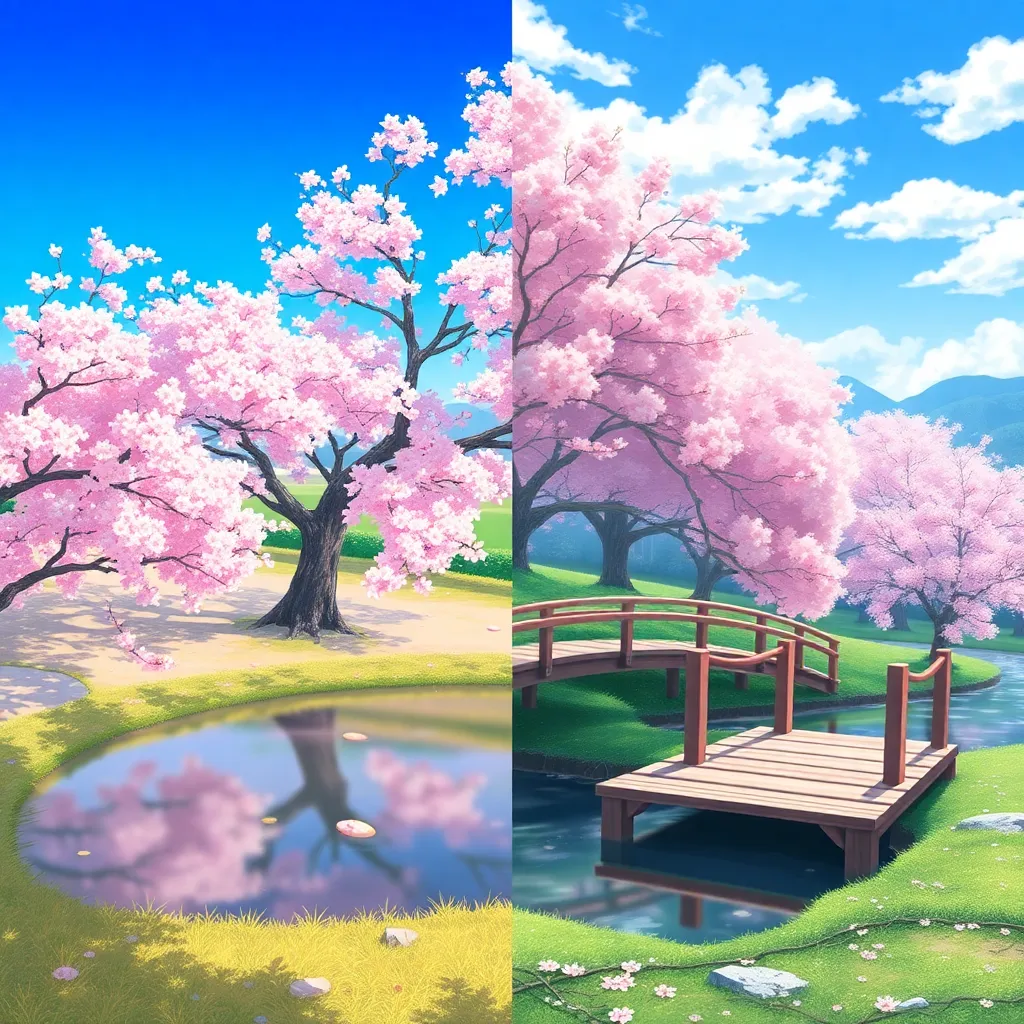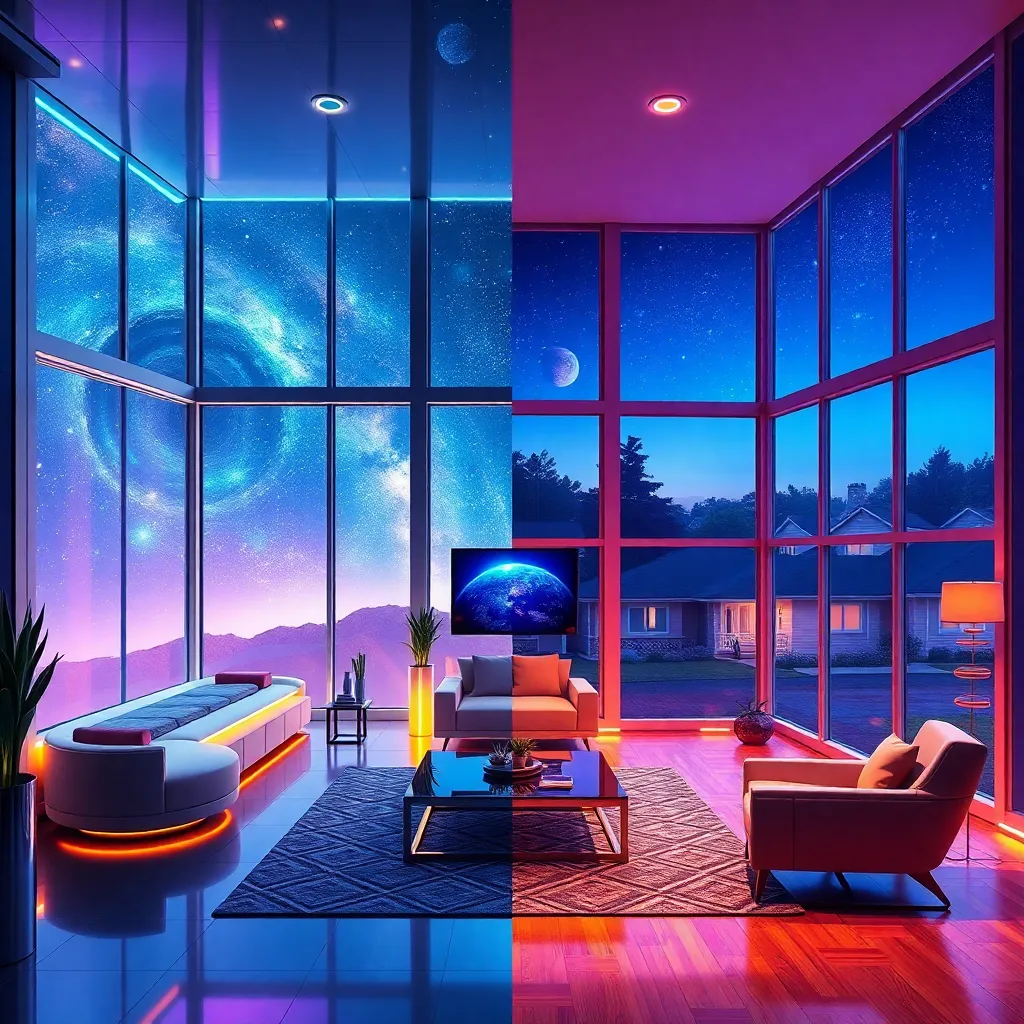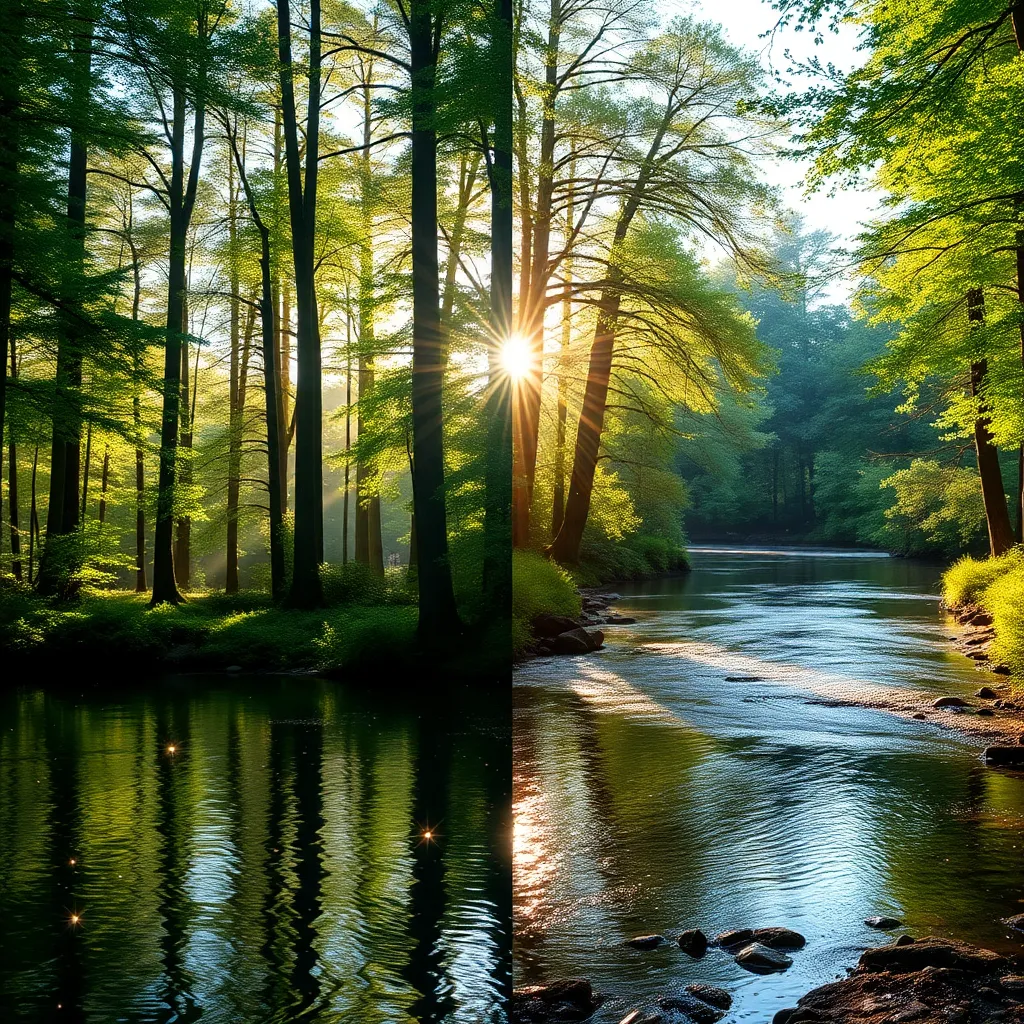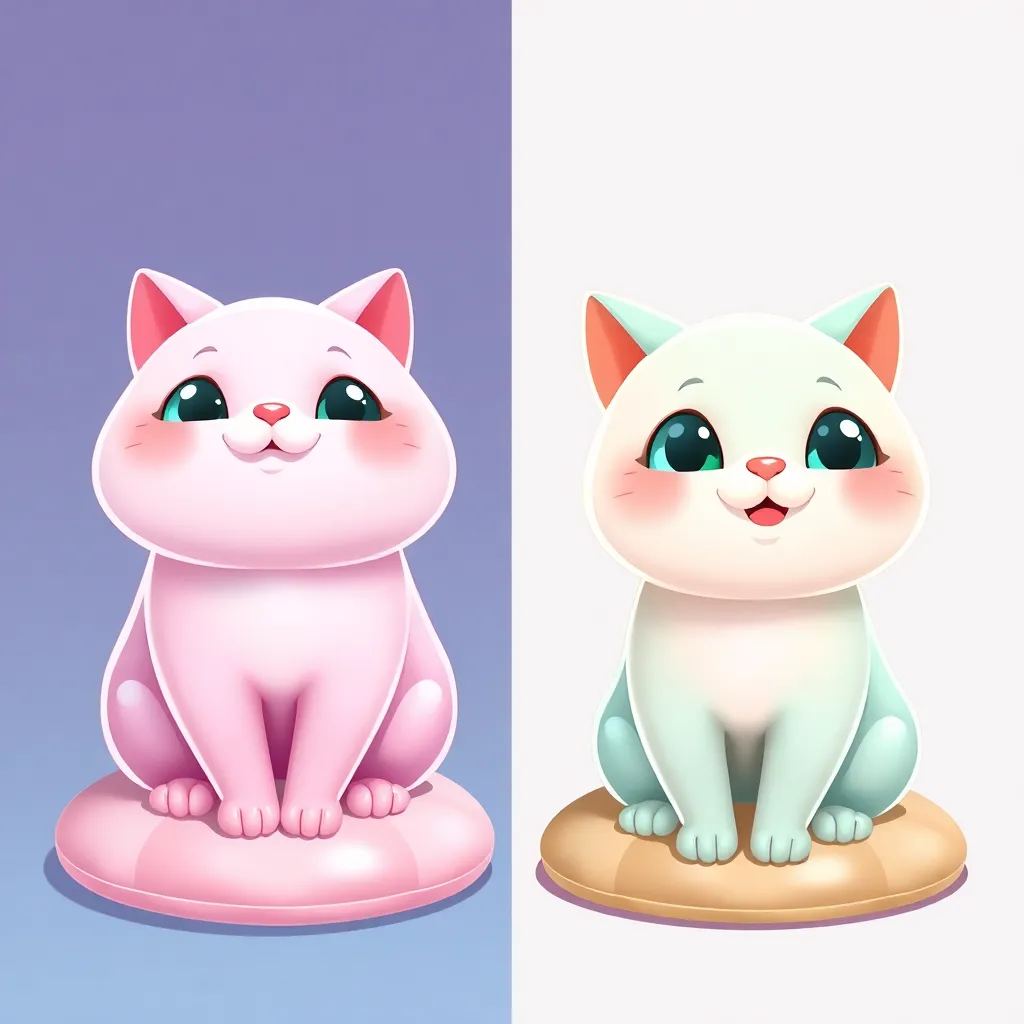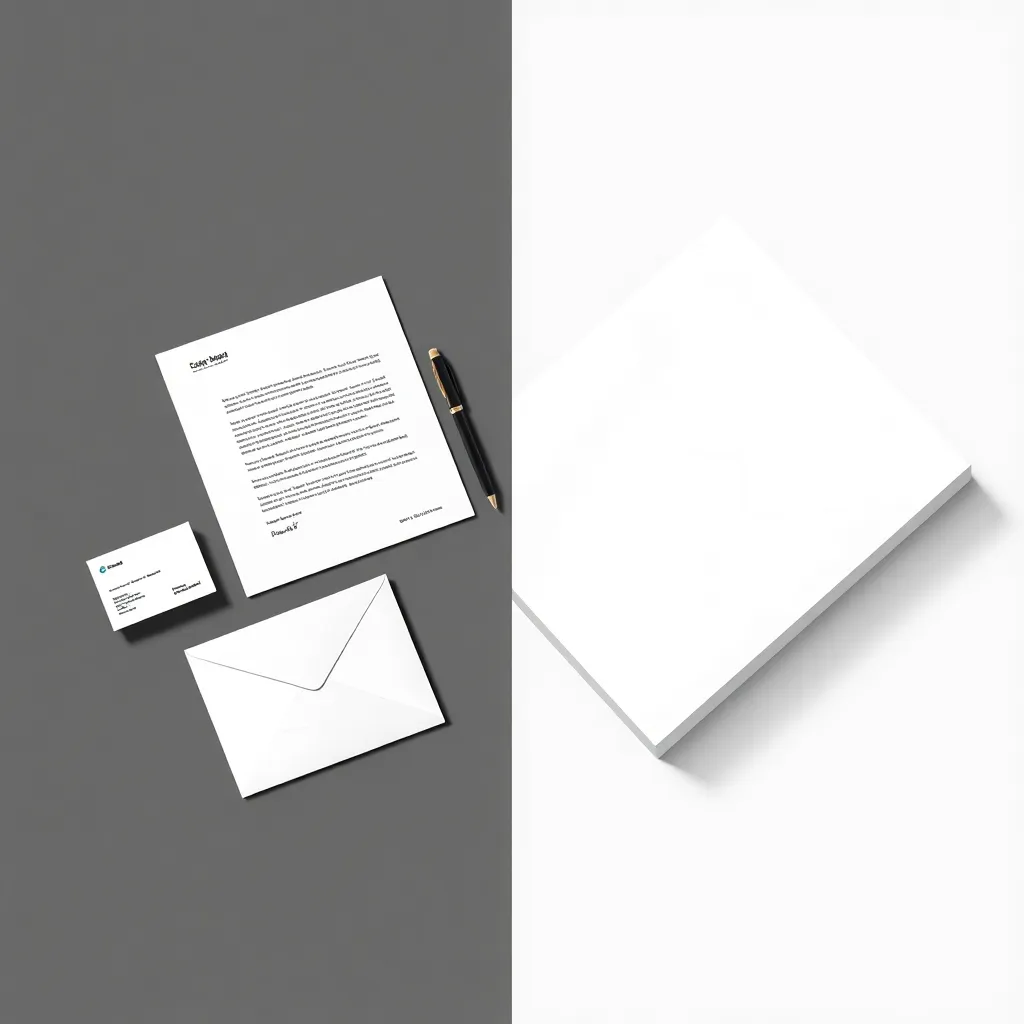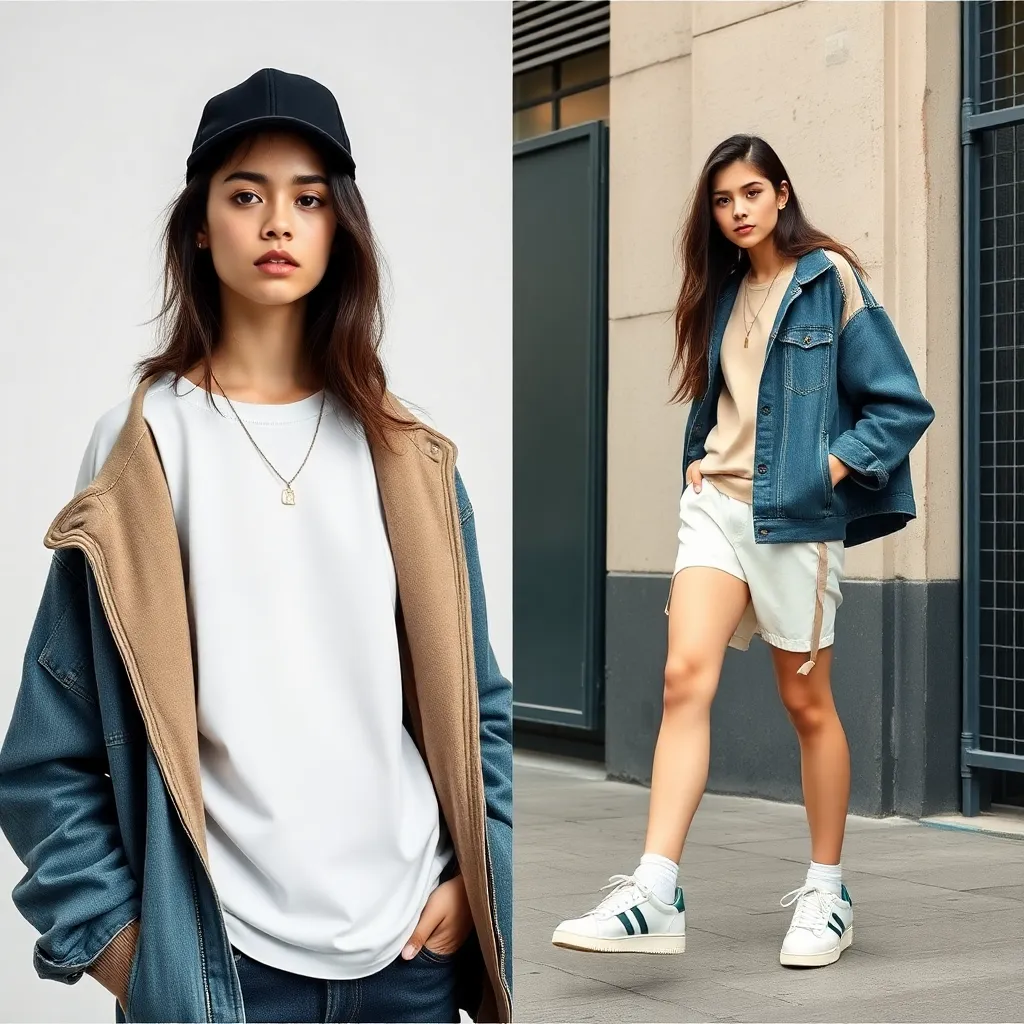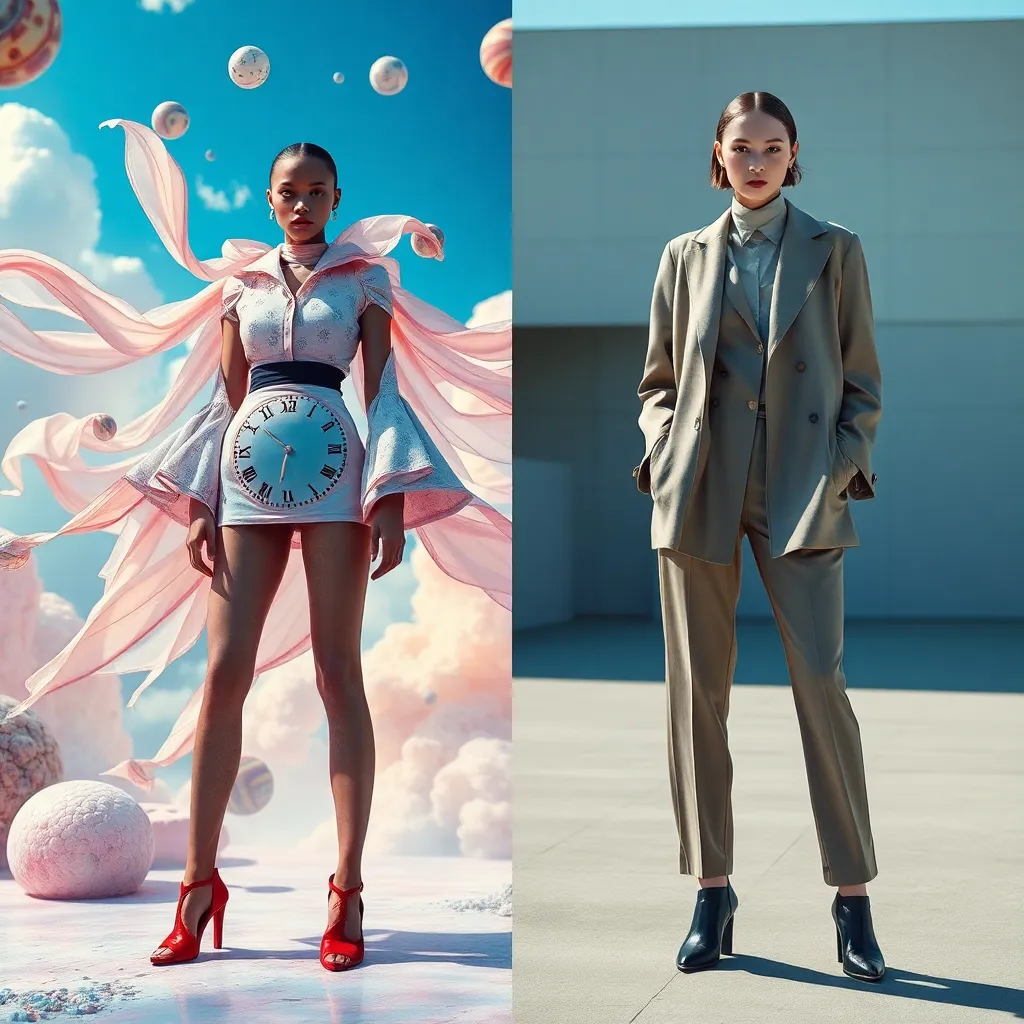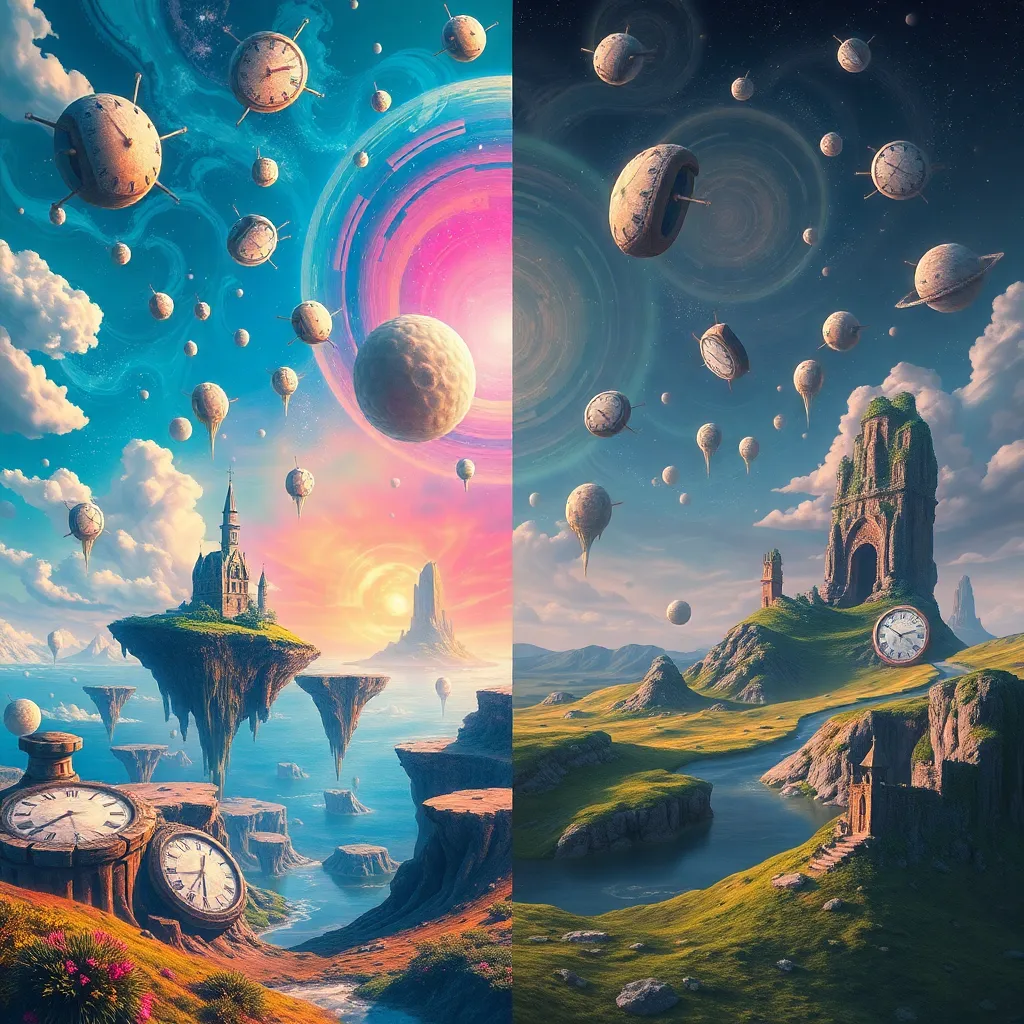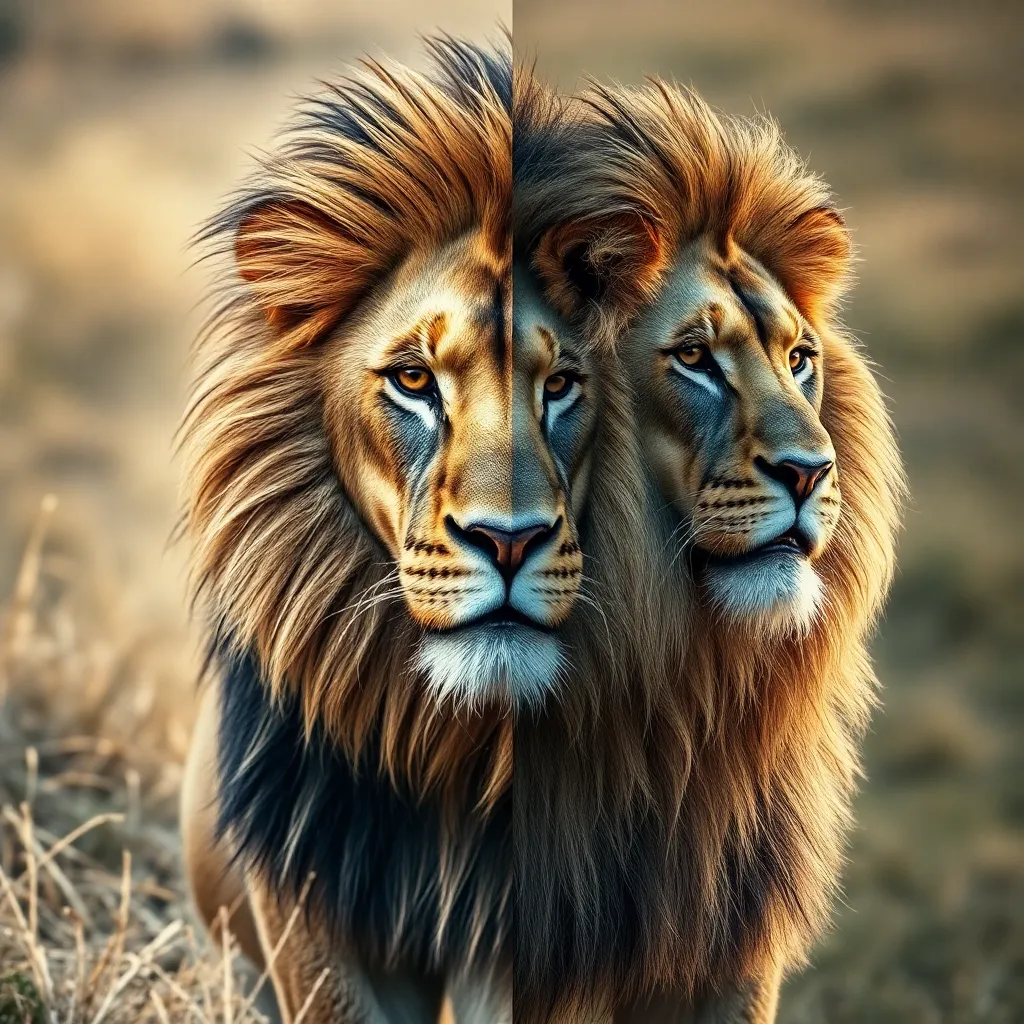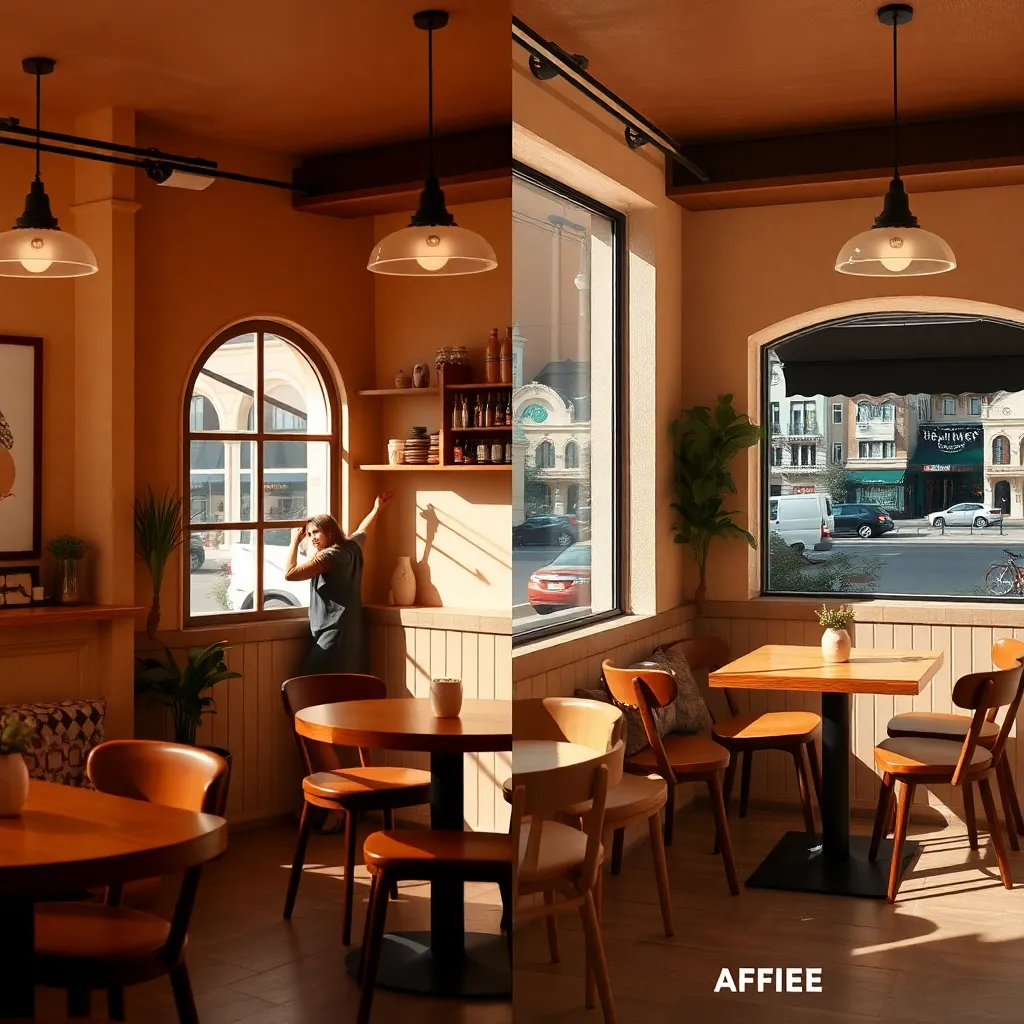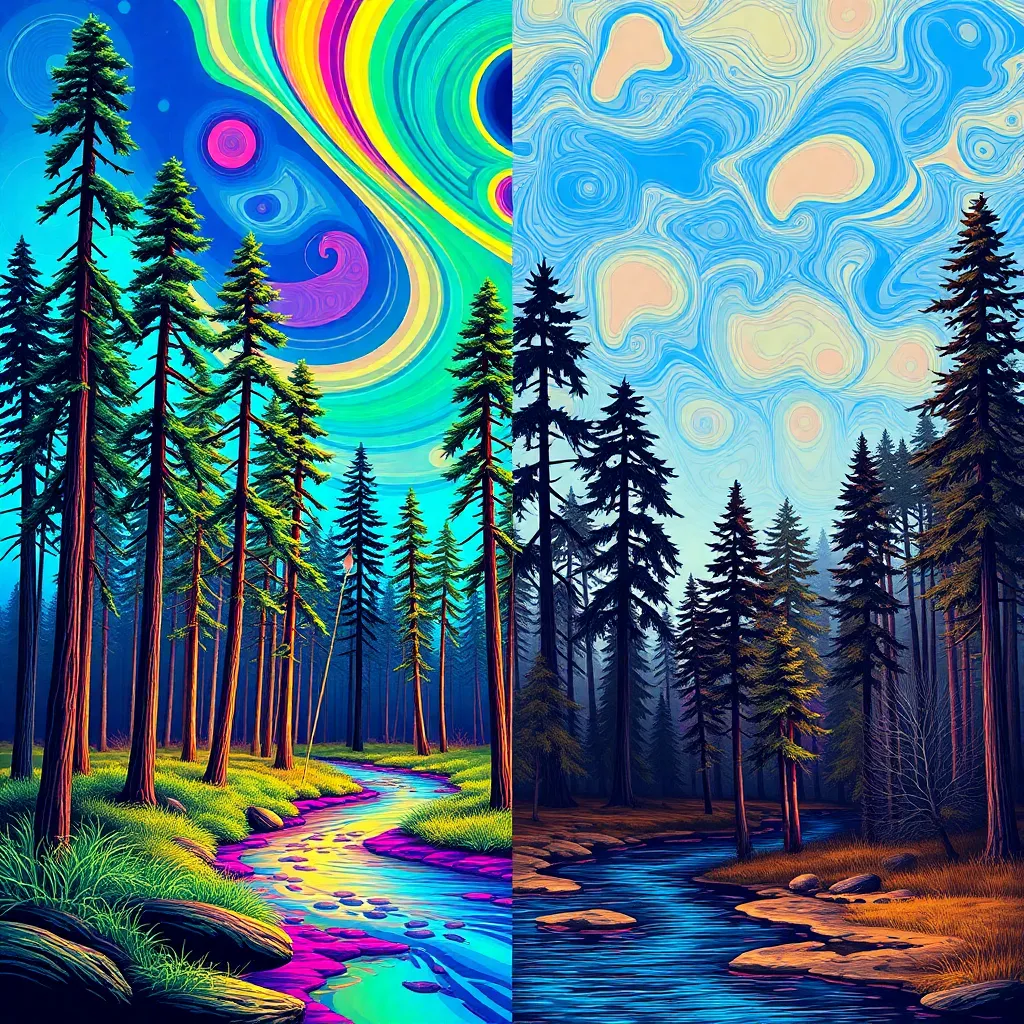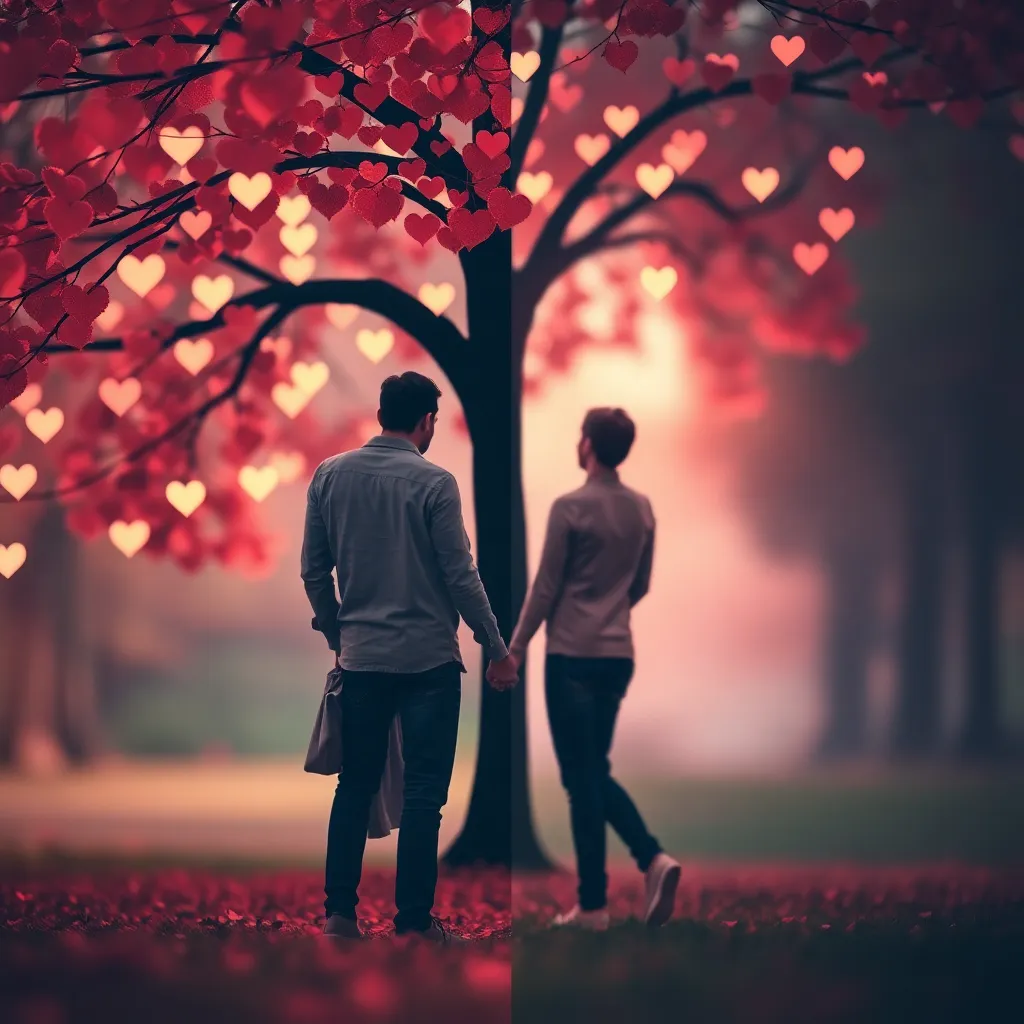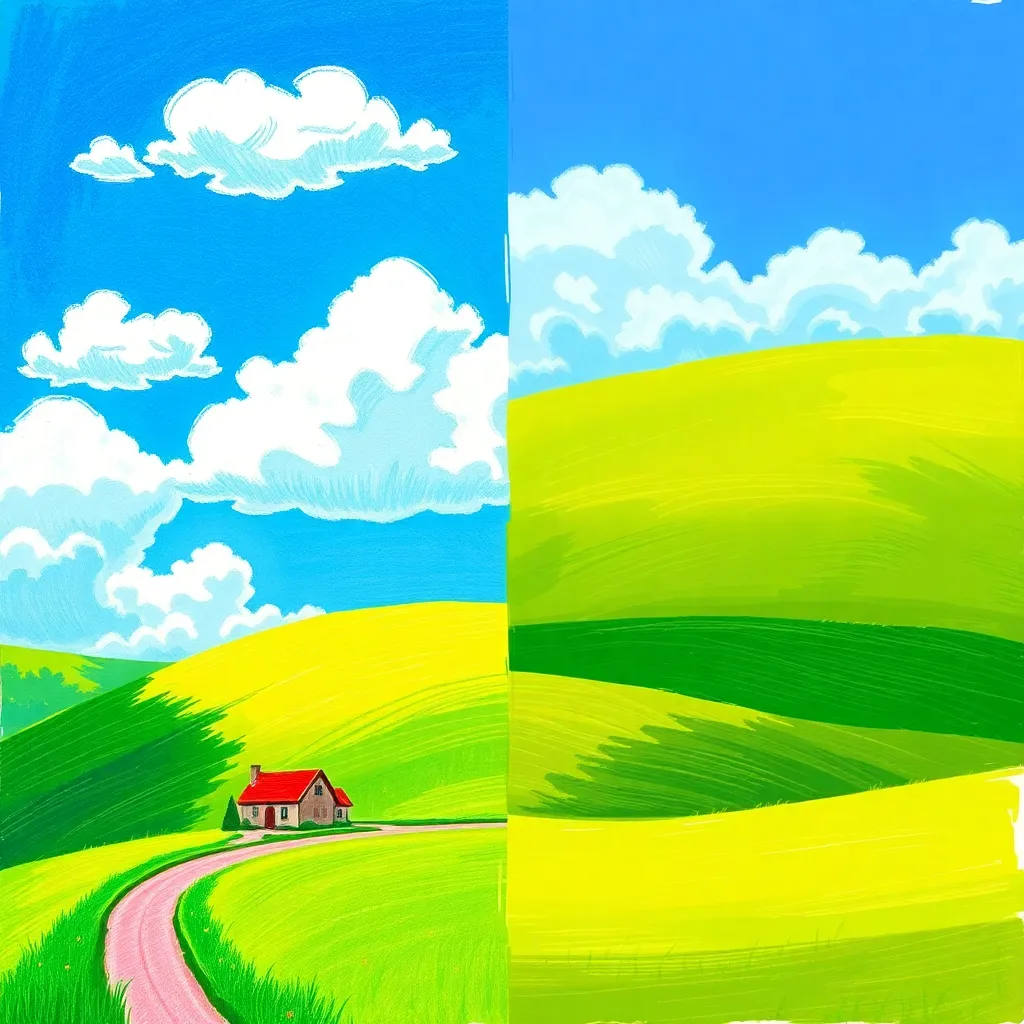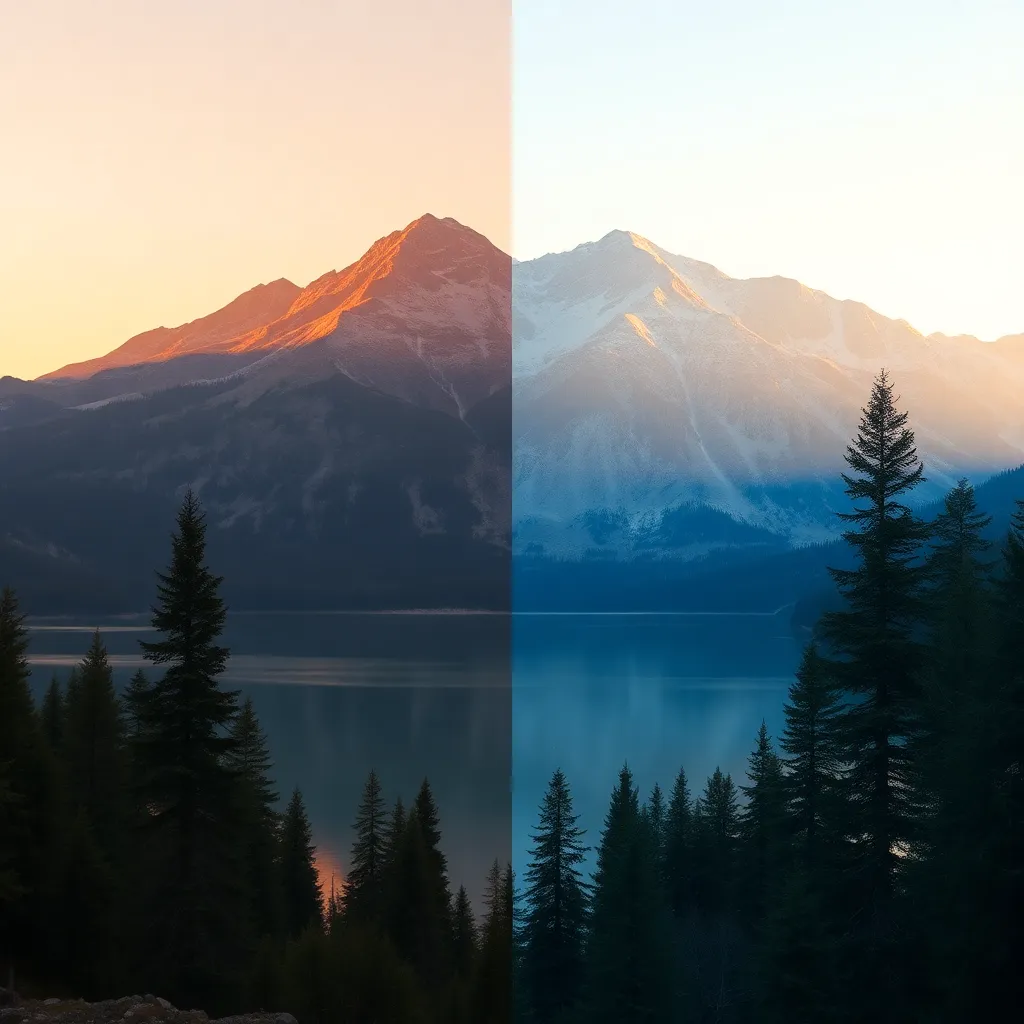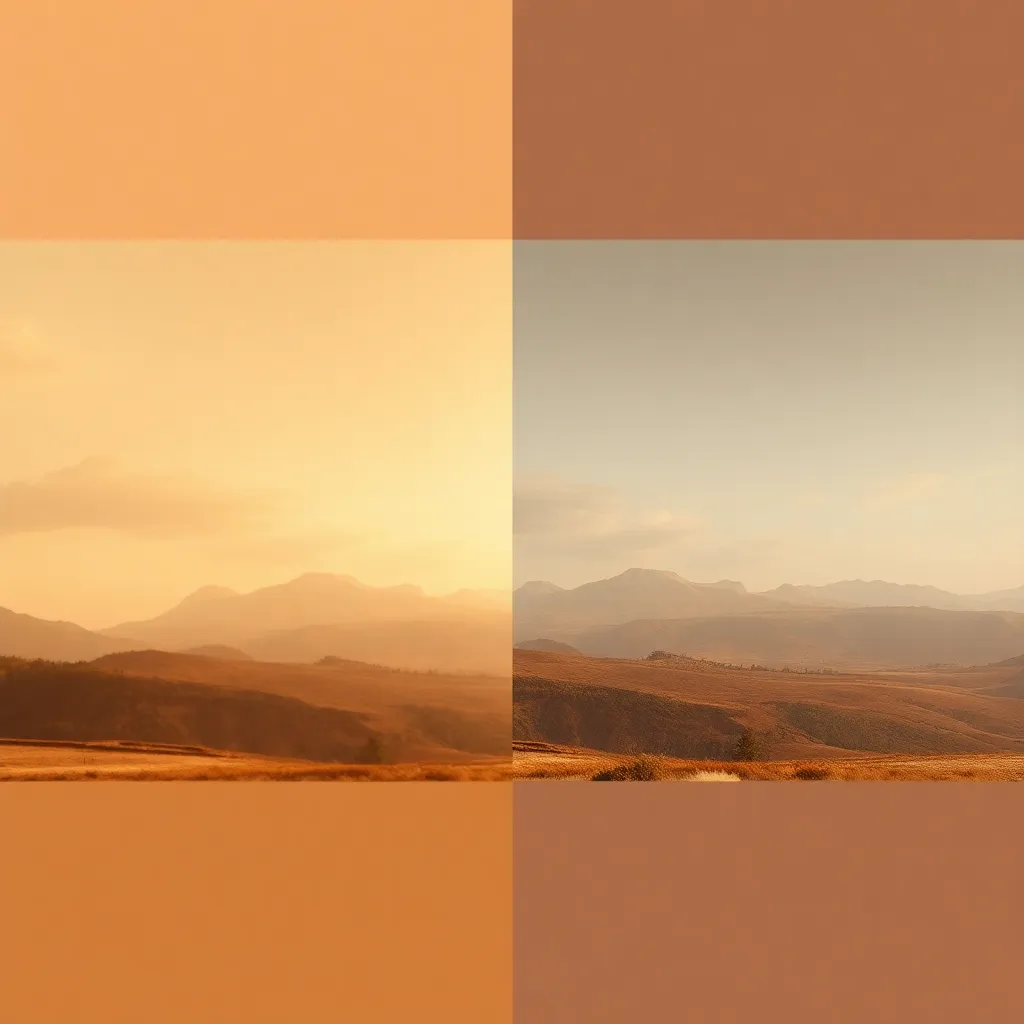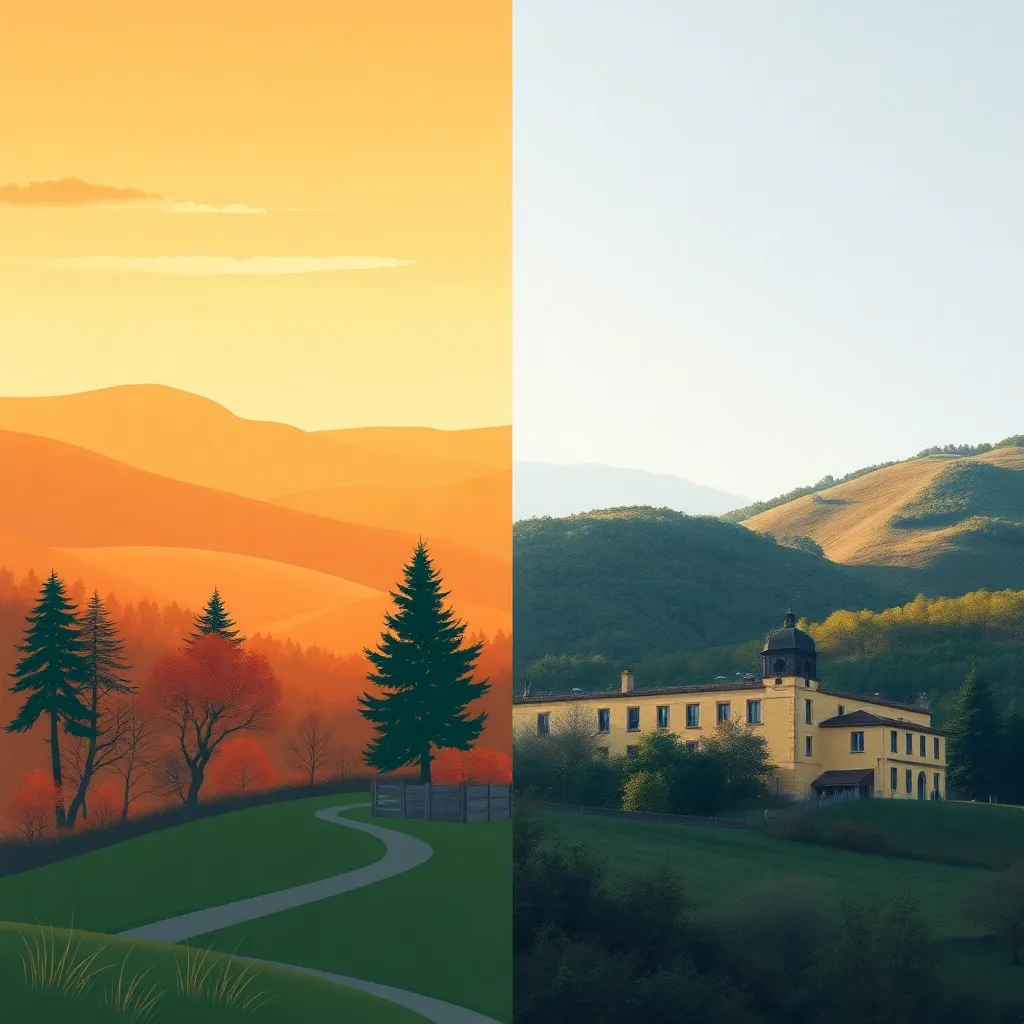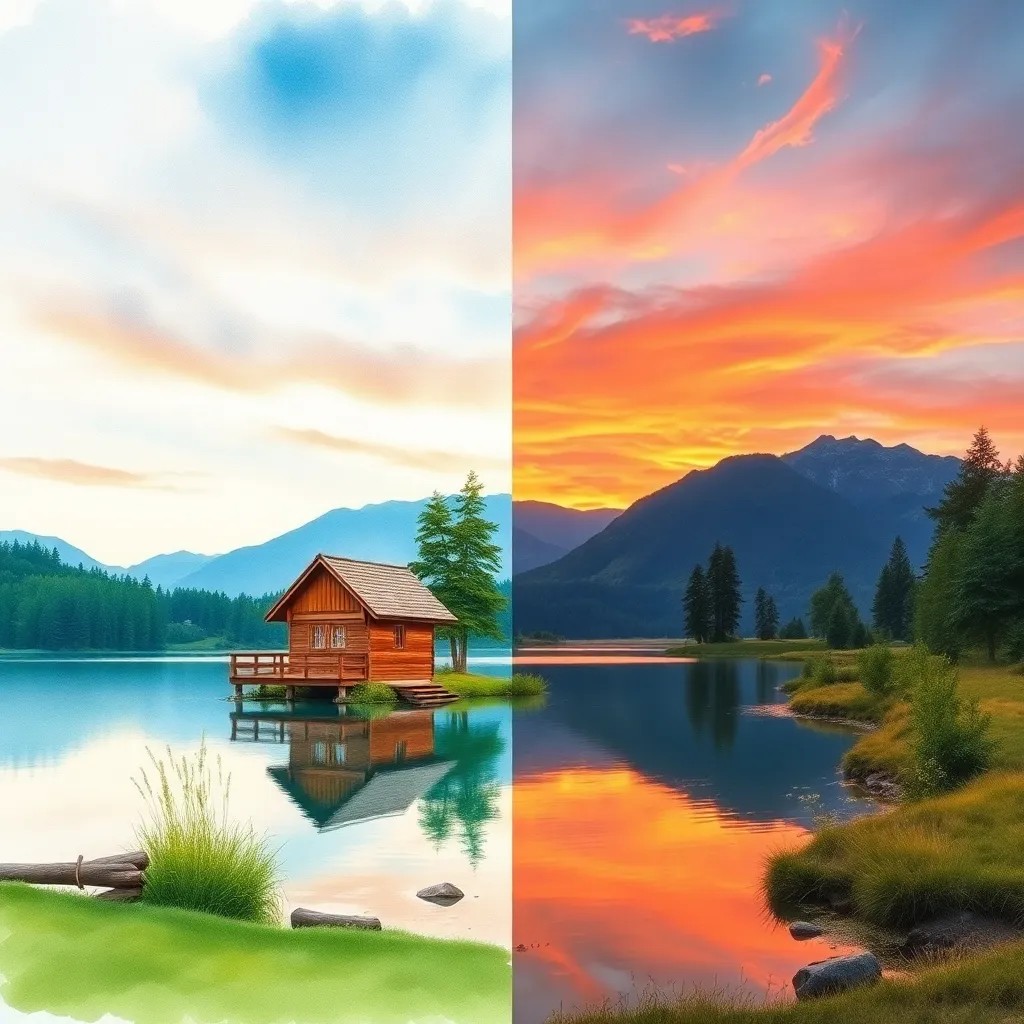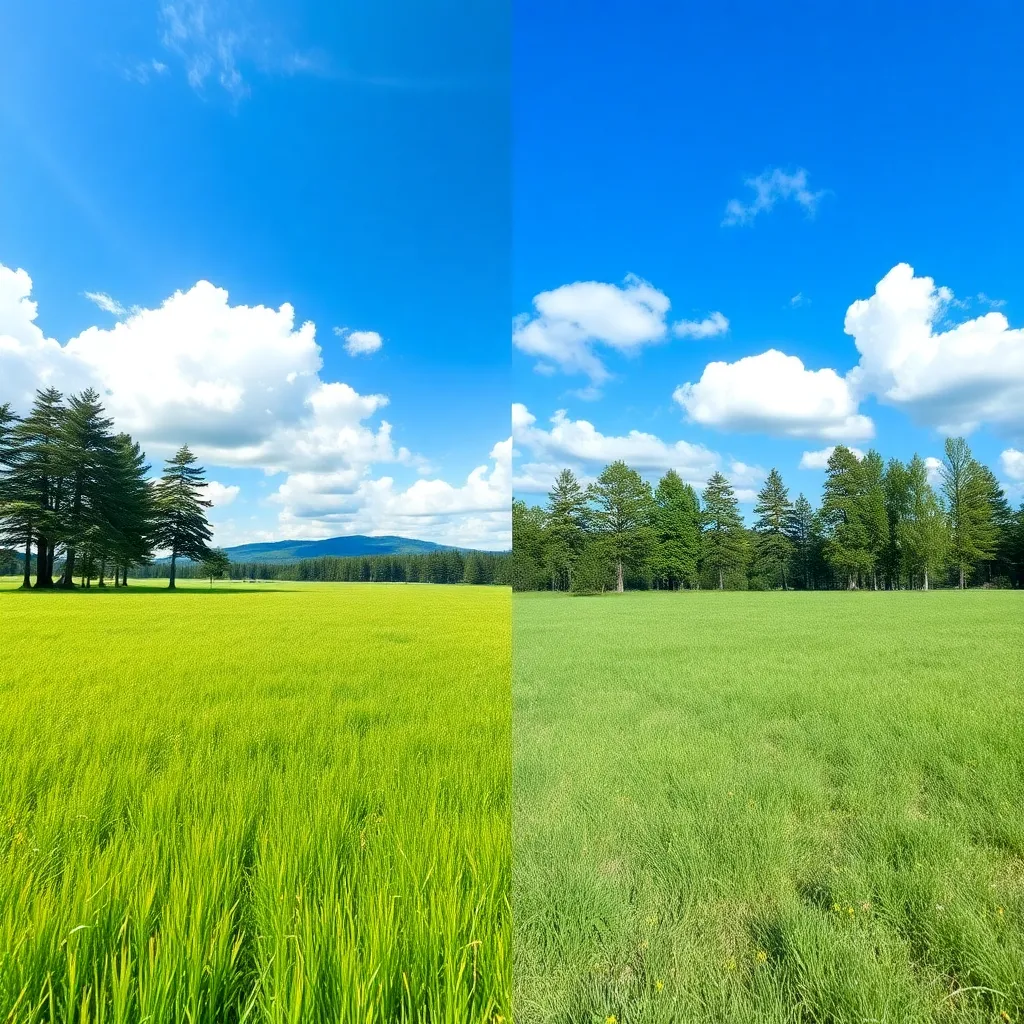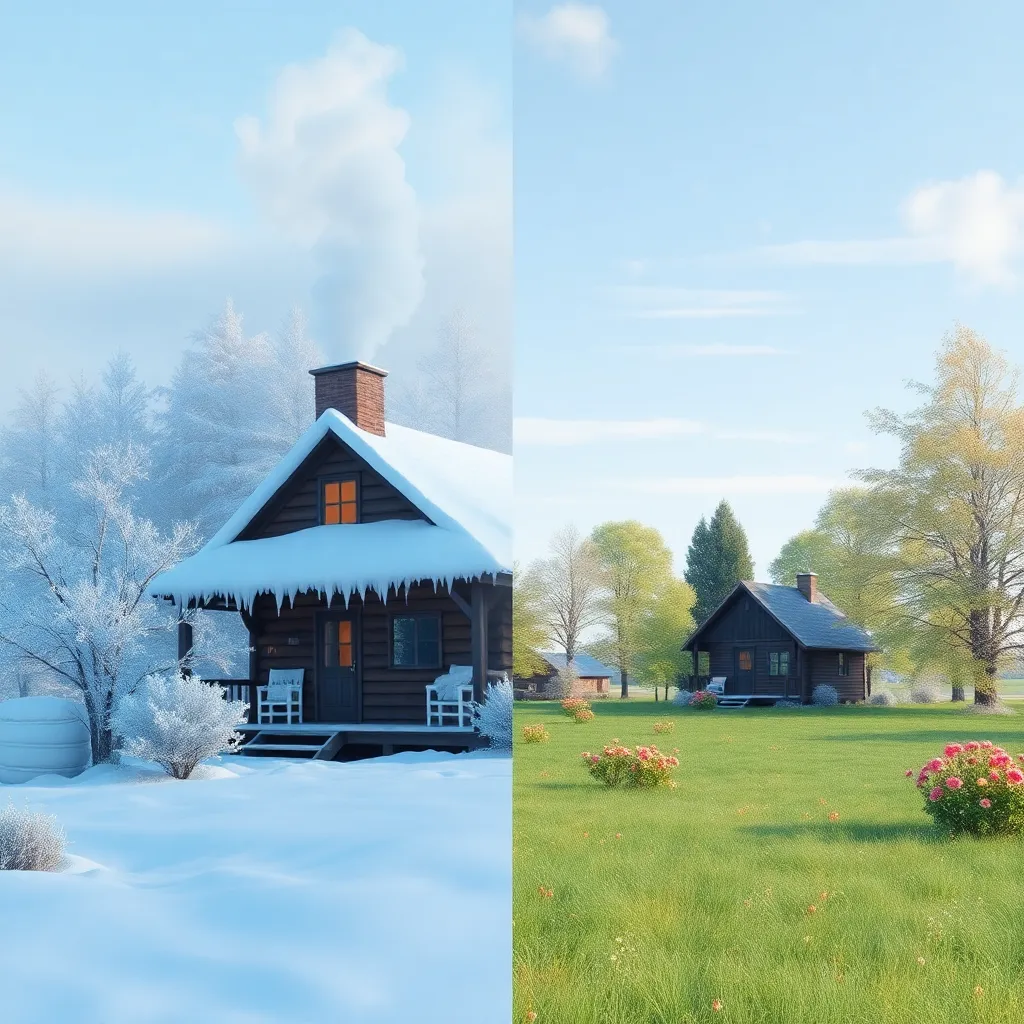Description of the Style: What is Abstract Film Style? History of This Style
Abstract Film Style is a visually dynamic approach to photography that draws inspiration from the world of avant-garde and experimental cinema. Unlike traditional film visuals, this style embraces abstraction through the use of bold, expressive colors, surreal compositions, and dramatic lighting. The result is a photo that feels like a moving piece of art—both cinematic and painterly, with a strong emotional and visual impact.
The origins of abstract film style can be traced to the early 20th-century abstract filmmakers like Hans Richter, Viking Eggeling, and Oskar Fischinger, who used non-representational forms, shapes, and vivid colors to evoke emotion and challenge conventional storytelling. Over time, these visual principles migrated into graphic design, album art, advertising, and eventually, digital photography. Today, with the advent of AI and advanced photo editing tools, artists and photographers can easily apply abstract film effects to their work, resulting in images that blur the line between photography and visual art.
Who Is Using This Style?
Abstract Film Style is favored by:
- Photographers and Visual Artists: Those seeking to push creative boundaries and inject cinematic artistry into their images.
- Film Directors and Designers: For creating standout key art, posters, and promotional materials that require a bold, unconventional look.
- Musicians and Album Designers: To create visually arresting album covers and promotional visuals that capture the mood of the music.
- Advertising Agencies: For campaign imagery that grabs attention and leaves a lasting impression.
- Fashion Editors and Stylists: To convey avant-garde concepts and high-concept editorial spreads.
- Digital Content Creators: For branding, social media, and web design where unique, eye-catching visuals are essential.
How Does It Enhance Photos?
Abstract Film Style elevates photos in several key ways:
- Cinematic Atmosphere: By employing dramatic lighting, deep shadows, and filmic color grading, images take on a moody, narrative-driven quality reminiscent of experimental films.
- Expressive Color Palettes: Non-naturalistic, saturated colors evoke emotion, add vibrancy, and guide the viewer’s attention to focal points in the composition.
- Surreal and Imaginative Forms: Abstract shapes and distorted perspectives break free from realism, encouraging viewers to interpret the image on a deeper, more conceptual level.
- Visual Storytelling: The combination of cinematic and abstract elements turns a simple photo into a visually charged story or statement piece.
- Memorable Impact: Images styled with this effect tend to stand out due to their uniqueness and boldness, making them ideal for portfolios, advertising, and branding.
Use Cases of This Style
Abstract Film Style is used across a variety of creative and commercial fields:
Artistic Movie Posters
This style transforms traditional movie posters into striking pieces of modern art. Bold colors and abstract forms evoke intrigue, mystery, and mood, making the poster as memorable as the film itself.
Music Album Covers
Musicians and graphic designers use abstract film effects to create album covers that visually represent the tone and emotion of the music. Surreal lighting and unconventional shapes help convey creativity and artistic depth.
Editorial Fashion Photography
Fashion shoots styled with abstract film effects move beyond standard portraiture. Avant-garde styling, exaggerated silhouettes, and surreal atmospheres give fashion imagery a futuristic, editorial edge.
Conceptual Advertising
Brands seeking to break away from the ordinary use this style for conceptual ads that captivate and engage viewers. The abstract approach helps to tell stories, communicate ideas, and foster brand recognition.
Surreal Landscape Art
Abstract film style can transform landscapes into dreamlike worlds. Imaginative shapes and vibrant palettes transport viewers, offering a fresh take on traditional scenic photography.
Experimental Portraiture
Portraits are reimagined with expressive distortion, bold colors, and cinematic lighting. The result is a portrait that captures not just the likeness, but the emotion and essence of the subject.
Pro Tips & Conclusion
Pro Tips for Using Abstract Film Style:
- Start with Strong Lighting: Use dramatic, directional lighting to create cinematic shadows and highlights before applying abstract effects.
- Experiment with Color: Don’t be afraid to push color boundaries—try split-toning, color blocking, or complementary color schemes for maximum impact.
- Play with Composition: Break traditional rules by experimenting with symmetry, negative space, and unconventional framing.
- Layer Effects: Combine abstract film style with grain, blur, or texture overlays to add depth and complexity.
- Balance Abstraction and Clarity: Ensure at least one element remains recognizable to anchor the viewer, while the rest of the image can embrace abstraction.
Conclusion
Abstract Film Style is a powerful tool for photographers and artists looking to create images that are bold, cinematic, and unforgettable. Its roots in avant-garde cinema and experimental art give it a timeless appeal, while modern technology makes it accessible to anyone. Whether you’re designing a movie poster, an album cover, or simply want to experiment with your photography, Abstract Film Style offers endless opportunities for creative expression. Embrace its potential and transform your work into cinematic art!
